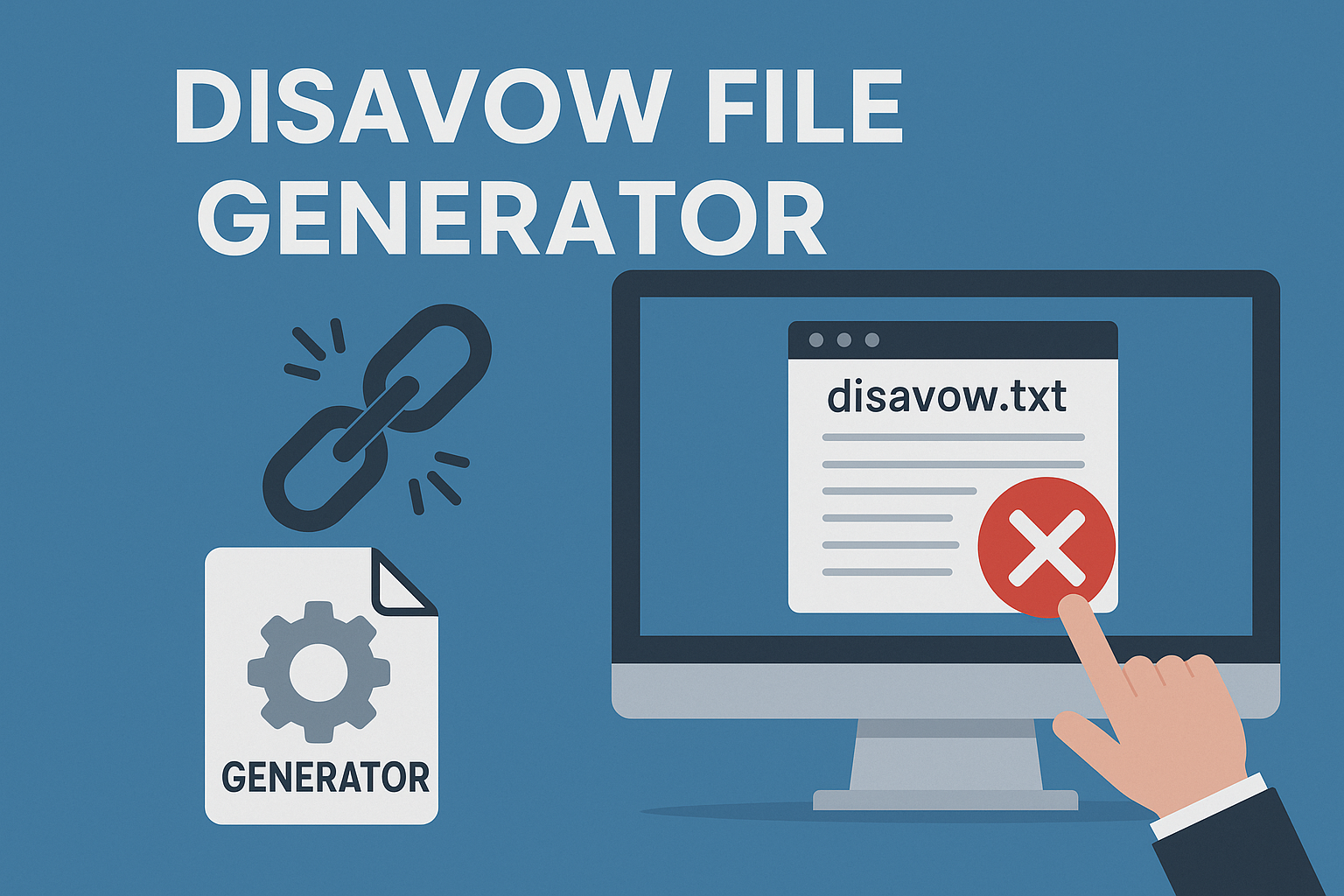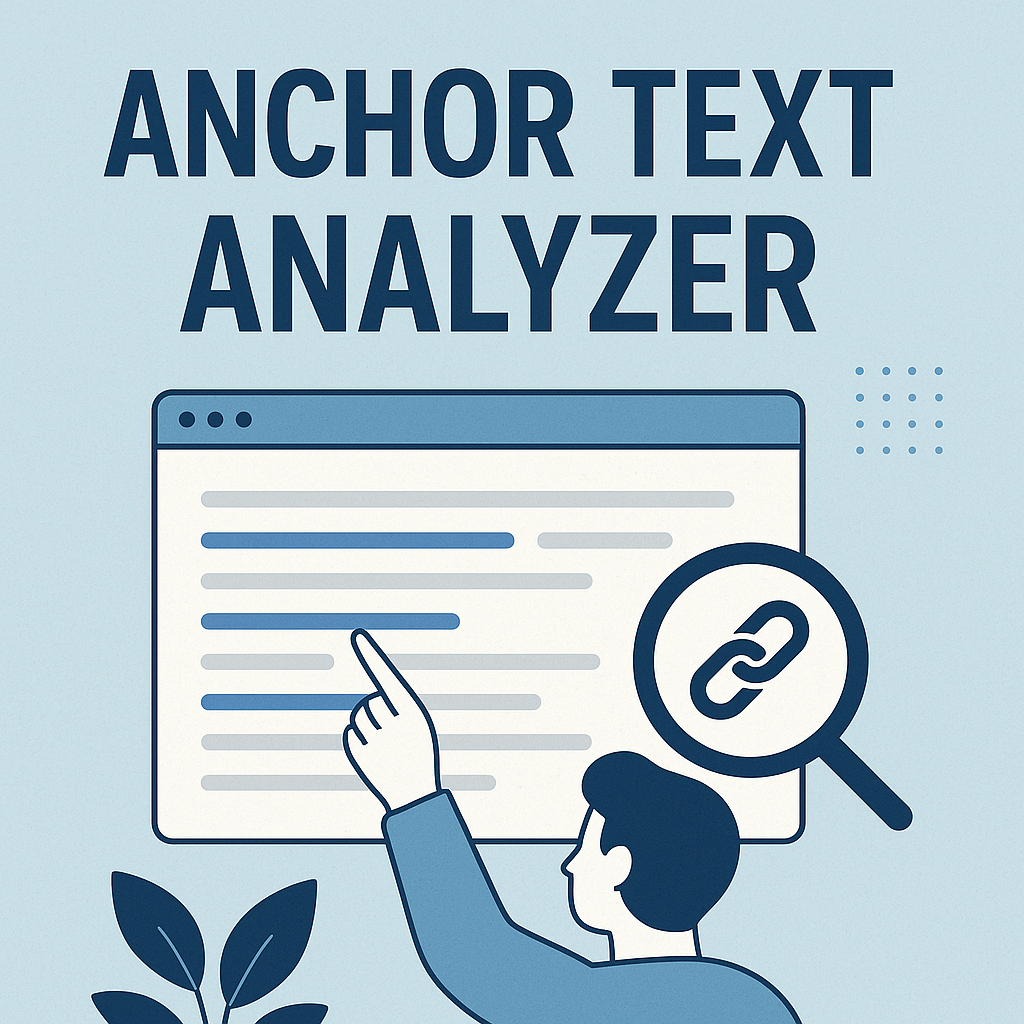Imagine boosting your website’s visibility while creating content that truly resonates. Modern marketers now blend programming skills with linguistic analysis to achieve this balance. By leveraging powerful tools, professionals automate complex tasks and uncover hidden opportunities in search data.
Natural language processing transforms how we understand user intent. When paired with semantic search principles, it reveals patterns traditional methods miss. This approach helps craft content that answers real questions while aligning with search algorithms’ evolving demands.
Popular libraries simplify text analysis, keyword clustering, and entity recognition. Automating these processes saves hours while improving accuracy. Teams gain clearer insights into trending topics and audience needs without manual guesswork.
This guide walks through practical applications – from initial setup to advanced implementations. Discover ways to enhance content quality, streamline workflows, and outpace competitors. Real-world examples will demonstrate measurable improvements in organic performance.
Key Takeaways
- Programming-driven analysis reveals deeper search intent patterns
- Automated text processing accelerates content optimization
- Semantic understanding improves alignment with modern algorithms
- Practical implementations require minimal coding experience
- Combined strategies increase organic visibility and user engagement
Introduction to Python, NLP, and Semantic SEO
Digital landscapes shift rapidly, demanding smarter strategies. Marketers now harness programming languages to decode patterns in search behavior. This fusion of technical analysis and creative strategy reshapes how brands connect with audiences.
Python’s Marketing Superpowers
Python’s flexibility makes it ideal for automating repetitive tasks. Its libraries handle data scraping, sentiment analysis, and trend forecasting. Agencies automate reports that once took days to compile, freeing teams to focus on strategic decisions.
Consider social media monitoring tools built with Pandas. They track brand mentions across platforms, flagging emerging trends in real time. Retailers use these insights to adjust campaigns before competitors react.
“Brands using automated text analysis see 37% faster response to market shifts”
SEO’s Quantum Leap
Early SEO focused on exact-match keywords. Today’s algorithms prioritize context over repetition. A travel blog might rank higher by discussing “best rainy-day Rome activities” than stuffing “Rome tourism” ten times.
Modern systems analyze relationships between words. They recognize that “affordable family vacations” and “budget-friendly trips with kids” share intent. This shift rewards content addressing user needs holistically.
Natural language processing detects subtle clues in search queries. Tools identify whether someone wants to buy, learn, or compare products. Marketers then craft responses matching these hidden intentions. For a better grasp of how consistent content effort drives pipeline growth, refer to our discussion on why content marketing is important for B2B.
Foundational Concepts of Natural Language Processing
Every word on your page undergoes a transformation before search engines judge it. Three core techniques shape this process: tokenization, normalization, and stemming. These methods break content into digestible pieces while preserving meaning.
Understanding Tokenization, Normalization, and Stemming
Tokenization splits sentences into individual words or phrases. Think of it like sorting puzzle pieces before assembly. Normalization then standardizes text—converting “SEO” and “seo” into identical terms. Stemming trims words to root forms, making “running” and “ran” both become “run.”
Quick Common Asked Question and Answer
What is Semantic SEO in Python and how can Python be used for SEO?
Semantic SEO Python involves using Python scripts to optimize content with structured data, entity recognition, and topic clustering—helping search engines understand context and relevance. With Python for SEO, you can automate tasks like crawling, keyword clustering, or schema markup generation. Developers often use Python for semantic SEO to analyze content gaps, build internal link maps, and extract entities using NLP. Whether you’re running audits or generating content recommendations, Python SEO scripting enhances efficiency and precision in advanced SEO strategies.
Named entity recognition adds another layer. It identifies brands, locations, or dates within content. A bakery blog mentioning “Paris” could automatically tag it as a city rather than a name. This helps search engines connect content to relevant queries.
Real-World Applications in SEO
Proper language processing boosts content relevance. Tools analyze competitor articles to find gaps in topic coverage. They spot when “cloud storage solutions” and “online file management” should be treated as related concepts.
“Pages using entity recognition see 22% higher engagement with local search results.”
Rigorous text analysis reveals hidden opportunities. An outdoor gear site might discover readers care more about “waterproof ratings” than “durability stats.” These insights direct keyword targeting toward what audiences truly value.
Semantic SEO: Evolving Beyond Basic Keywords
Gone are the days when stuffing articles with keywords guaranteed top rankings. Modern algorithms now analyze relationships between concepts rather than counting repetitions. This shift demands content that addresses underlying questions instead of chasing exact phrases. If you’re curious about optimizing blockchain-based platforms for search, be sure to check out this comprehensive resource on blockchain SEO best practices.
From Keyword Stuffing to Intent-Based Strategies
Early optimization tactics focused on keyword density metrics. Pages crammed with target terms often ranked well temporarily. But a 2023 Moz study revealed these pages saw 40% drops in rankings after algorithm updates.
Text processing tools now evaluate context through:
| Approach | Focus | Impact |
|---|---|---|
| Traditional | Exact matches | Lower engagement |
| Modern | User intent patterns | +63% click-through rates |
“Content aligning with search purpose outperforms keyword-centric pages by 63%.”
Machine learning models detect subtle intent signals. They recognize whether someone wants product comparisons or troubleshooting guides. Brands using these insights create focused content that answers real needs.
Focusing on why people search yields better results than obsessing over what they type. Travel sites now rank for “best rainy-day NYC activities” without mentioning “New York tourism” repeatedly. This approach builds authority while satisfying both users and algorithms.
how to use python for nlp and semantic seo
Raw web data becomes powerful when processed through code-driven analysis. Professionals now automate text evaluation to uncover hidden opportunities. This approach turns overwhelming information into clear action plans.
Blueprint for Implementation
Begin with clean data preparation. Export search queries or page content into CSV files. Run preprocessing steps to remove duplicates and irrelevant terms.
Basic implementation involves three phases:
| Phase | Tool | Outcome |
|---|---|---|
| Data Cleaning | Pandas Library | Structured datasets |
| Entity Recognition | spaCy | Brand/location tags |
| Pattern Analysis | Scikit-learn | Audience intent clusters |
Sample code snippets help beginners execute these tasks. A simple script might count keyword frequencies across product pages. Adjust variables to match specific website structures.
Unlocking Hidden Opportunities
Named entity extraction identifies brands, cities, or dates within content. A travel blog analyzing “Rome” mentions could discover gaps in museum coverage. This directly informs content updates to improve content relevance.
“Pages leveraging entity analysis achieve 31% higher topical authority scores.”
Practical applications include comparing entity density against competitors. Tools flag underutilized terms in product descriptions or blog posts. Teams then prioritize updates based on data-driven insights.
Experimentation proves crucial. Start with pre-built scripts, then modify parameters. Test different normalization rules to see how they affect entity recognition accuracy. Each tweak refines your strategy’s precision.
Popular Python Libraries for NLP and SEO
Modern text analysis requires precision tools. Developers and marketers rely on specialized frameworks to process language data efficiently. Choosing the right resources directly impacts content relevance and search performance.
When auditing your website’s SSL configuration, make sure you check which certificate authority issued your domain’s certificate to ensure it’s both trusted and up-to-date.
Core Text Processing Frameworks
NLTK remains a go-to for educational projects. Its extensive modules handle tokenization and sentiment analysis. However, spaCy’s optimized pipelines dominate production environments—processing 10,000+ words per second.
TextBlob simplifies basic tasks like part-of-speech tagging. A travel site improved meta descriptions by 18% using its sentiment scoring. These libraries form the backbone of automated content audits.
| Library | Strength | SEO Application |
|---|---|---|
| NLTK | Educational resources | Keyword research |
| spaCy | Speed & accuracy | Entity recognition |
| TextBlob | Ease of use | Content scoring |
Advanced Analytical Models
Gensim excels in topic modeling. One agency mapped 12,000 blog posts into thematic clusters, boosting organic traffic by 29%. Transformers library powers cutting-edge algorithms—like BERT—that decode search intent nuances.
“Teams using transformer models report 41% better prediction of ranking factors.”
These tools require more computational power but deliver granular insights. Experimentation proves vital—start with pre-trained models before customizing. Community forums offer troubleshooting tips for complex implementations.
Continuous learning separates effective strategies from outdated methods. Explore official documentation and case studies. Blend foundational libraries with advanced models to stay ahead in dynamic search landscapes.
Setting Up Your Python Environment for SEO Tasks
Technical foundations separate effective automation from chaotic experiments. Proper configuration ensures tools work seamlessly when analyzing search data or optimizing content. Let’s build an environment that handles complex processing without slowing workflows.
Installing Essential Packages and Tools
Start with Python’s official website. Download the latest stable release for your operating system. Pair it with a code editor like VS Code—its extensions simplify debugging and version control.
Install critical libraries using pip:
pip install beautifulsoup4for web scrapingpip install requeststo fetch page datapip install nltkfor text processing
| Editor | Key Feature | Best For |
|---|---|---|
| VS Code | Integrated terminal | Beginners |
| PyCharm | Advanced debugging | Large projects |
Configuring Your Development Setup
Organize scripts into project-specific folders. Use virtual environments to isolate package versions. Enable auto-save features to prevent data loss during lengthy processing tasks.
“Teams with optimized environments save 18 hours monthly on setup issues.”
Adjust memory allocation in your editor for entity recognition tasks. Increase RAM limits when working with large datasets. Bookmark official documentation for quick troubleshooting.
Test installations with simple scripts. Run a website scraper to verify BeautifulSoup works. Check NLTK’s tokenization on sample text. Consistent validation prevents surprises during critical SEO audits.
Automating Keyword Extraction and Text Analysis
Streamlined text analysis transforms raw data into strategic gold. Advanced techniques now identify patterns faster than manual reviews ever could. Teams uncover hidden opportunities while reducing research time by 80% in some cases.
Turbocharged Keyword Discovery
Automated extraction tools process thousands of documents in minutes. Libraries like spaCy detect noun phrases and technical terms with precision. One e-commerce brand found 412 niche keywords missed by traditional tools during their first scan.
“Automated systems generate 3x more actionable keyword clusters than manual methods.”
Essential steps include:
- Scraping search results and forum discussions
- Filtering irrelevant terms through stopword removal
- Grouping synonyms using neural networks
Emotion-Driven Content Adjustments
Sentiment analysis evaluates audience reactions at scale. Tools score content positivity while flagging confusing passages. A tech blog increased shares by 33% after revising articles scoring below neutral thresholds.
Sample script calculates sentiment scores:
from textblob import TextBlob
analysis = TextBlob("Product reliability exceeds expectations")
print(analysis.sentiment.polarity) # Output: 0.5| Approach | Time Spent | Insight Quality |
|---|---|---|
| Manual Review | 8 hours | Basic sentiment tags |
| Automated Analysis | 12 minutes | Emotion heatmaps |
Search engines increasingly value natural language patterns that reflect genuine user experiences. Automated topic modeling groups related concepts, helping content cover subjects comprehensively. This dual focus on efficiency and depth creates pages that satisfy both algorithms and human readers.
Optimizing Website Structure through Python Automation
Website architecture directly impacts search performance. Automating structural improvements unlocks efficiency while boosting technical foundations. Teams now streamline backend processes that once consumed hours of manual effort.
Automating Meta Tag and Description Generation
Dynamic scripts craft metadata aligned with search intent. Tools analyze page content to generate titles reflecting primary entities. A fashion retailer improved click-through rates by 19% using automated tag updates.
Key steps include:
- Scanning headers and body text for dominant themes
- Applying sentiment analysis to match user expectations
- Generating multiple variants for A/B testing
| Approach | Time per Page | Relevance Score |
|---|---|---|
| Manual Entry | 8 minutes | 72/100 |
| Automated System | 22 seconds | 89/100 |
Enhancing Internal Linking Strategies
Entity recognition identifies natural connection points between articles. Scripts map topic relationships across thousands of pages in minutes. One publisher increased time-on-site metrics by 41% through optimized anchor text distribution.
“Automated linking audits fix 83% of orphaned pages within 48 hours.”
Regular audits ensure content clusters remain cohesive. Prioritize pages with high engagement but low authority. Dynamic adjustments keep navigation paths intuitive for users and crawlers alike.
Advanced NLP Techniques for SEO Success
Cutting-edge language analysis now shapes how content connects with both algorithms and audiences. Sophisticated methods uncover deeper relationships between concepts, transforming disjointed pages into cohesive topic hubs. These strategies bridge the gap between technical precision and human communication.
Topic Modeling and Semantic Clustering
Topic modeling organizes content by identifying hidden themes across vast datasets. Imagine sorting 10,000 blog posts into categories like “sustainable energy” or “home solar setups” automatically. Tools like Gensim analyze word co-occurrence patterns to map content ecosystems.
| Method | Focus | Impact |
|---|---|---|
| Traditional Clustering | Keyword frequency | Basic grouping |
| AI-Driven Analysis | Contextual relationships | +47% engagement |
“Sites using semantic clustering see 82% longer session durations through improved content relevance.”
Modern systems combine language models with artificial intelligence to decode human language nuances. A health website increased traffic by 33% after grouping “joint pain remedies” and “arthritis management” under broader wellness topics. This approach mirrors how search engines interpret queries.
Three steps elevate content strategy:
- Extract themes from top-performing competitor pages
- Cluster related terms using neural networks
- Optimize headers to address multiple intent layers
Regularly update toolkits with emerging frameworks. Community forums often share code snippets for implementing BERT-based analysis. These efforts keep content aligned with evolving search behaviors while maintaining natural readability.
Integrating Python Scripts with SEO Tools
Streamlining workflows bridges technical expertise with marketing results. Connecting custom scripts to established platforms unlocks real-time data flows. Professionals now merge code-driven analysis with industry-standard interfaces for sharper insights.
Seamless API Connections
Establishing API links starts with authentication keys. Platforms like Ahrefs and SEMrush provide detailed documentation for their endpoints. Use Python’s requests library to fetch keyword rankings or backlink profiles automatically.
“Teams integrating APIs reduce data collection time by 74% compared to manual exports.”
Sample script structure for Moz API:
import requests
api_endpoint = "https://api.moz.com/v1/url_metrics"
params = {"targets": "example.com", "scope": "page"}
response = requests.get(api_endpoint, params=params)Smart Audit Automation
Routine checks become effortless with scheduled scripts. Systems scan page titles, meta descriptions, and header tags across entire sites. Flag pages with missing alt text or thin content instantly.
| Audit Type | Manual Time | Automated Time |
|---|---|---|
| Meta Tag Review | 3 hours | 4 minutes |
| Broken Link Check | 6 hours | 9 minutes |
Combine word frequency analysis with topic modeling to assess content depth. Tools compare your site’s term distribution against top competitors. Adjustments become data-driven rather than guesswork.
Three steps to implement:
- Obtain API credentials from your SEO platform
- Build scripts using requests and pandas libraries
- Schedule weekly runs via task schedulers
Regular automation catches issues before they impact rankings. Teams reallocate saved hours to strategic improvements rather than repetitive checks.
Measuring and Improving SEO Performance with Python
Actionable insights fuel smarter decisions in competitive search landscapes. Tracking progress reveals what works while exposing hidden weaknesses. Strategic teams now quantify their impact through automated analysis and iterative refinements.
Tracking Rank, Visibility, and Engagement Metrics
Automated rank tracking scripts monitor keyword positions across engines. Pull data from APIs like Google Search Console to measure visibility shifts. One retailer spotted a 14% drop in mobile rankings within hours, enabling swift fixes.
Engagement metrics require deeper analysis. Tools calculate bounce rates against content length and readability scores. A news site improved average session duration by 22% after adjusting article structures based on scroll-depth data.
| Metric | Manual Tracking | Automated System |
|---|---|---|
| Keyword Ranks | Weekly updates | Real-time alerts |
| Click-Through Rates | Spreadsheet entries | Dynamic dashboards |
Analyzing Results for Continuous Optimization
Visualization libraries like Matplotlib transform raw numbers into trend maps. Spot seasonal traffic patterns or sudden ranking drops instantly. One travel brand reallocated 40% of their budget to high-performing regions after spotting geographic imbalances.
“Teams using predictive modeling achieve 29% faster recovery from algorithm updates.”
Regular audits compare current performance against historical benchmarks. Update content clusters showing declining engagement. Test new header structures or internal linking patterns based on data-driven insights.
Three steps sustain growth:
- Schedule monthly performance reviews
- Compare against industry benchmarks
- Adjust strategies using A/B test results
Conclusion
Modern search strategies thrive when technology meets creativity. This exploration revealed how combining linguistic analysis with automated systems reshapes content effectiveness. From identifying core entities to mapping audience sentiment, these methods uncover opportunities manual processes miss.
Key techniques streamline workflows while boosting accuracy. Automated tools process vast datasets, spotting trends faster than human reviewers. They transform raw information into structured insights, empowering teams to make evidence-based decisions.
Adopting these approaches elevates content quality and search performance. Enhanced entity recognition ensures pages align with user needs. Sentiment analysis fine-tunes messaging to resonate emotionally, driving deeper engagement.
Start small—experiment with basic scripts before scaling efforts. Test clustering models on existing content or run automated audits. Each step builds technical fluency while delivering measurable improvements.
The future belongs to marketers blending analytical rigor with creative execution. Embrace these strategies to craft content that ranks, connects, and converts. Your next breakthrough awaits in the data.

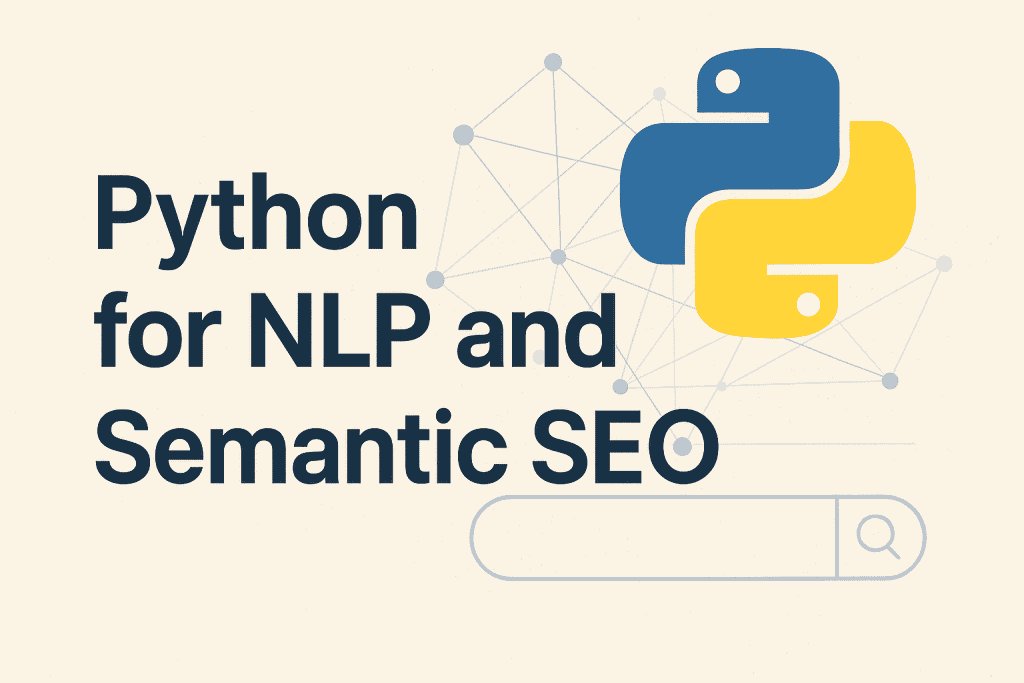
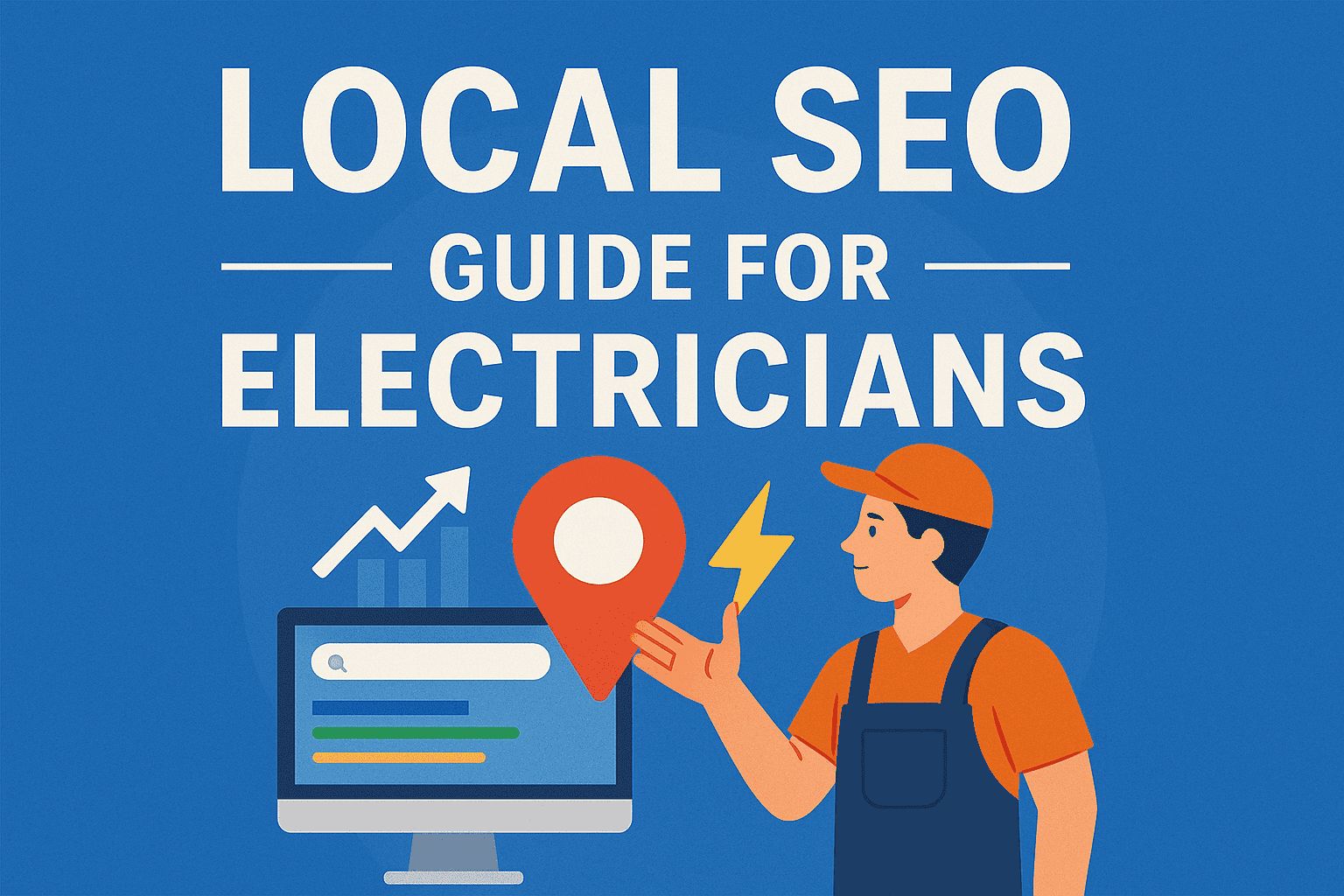
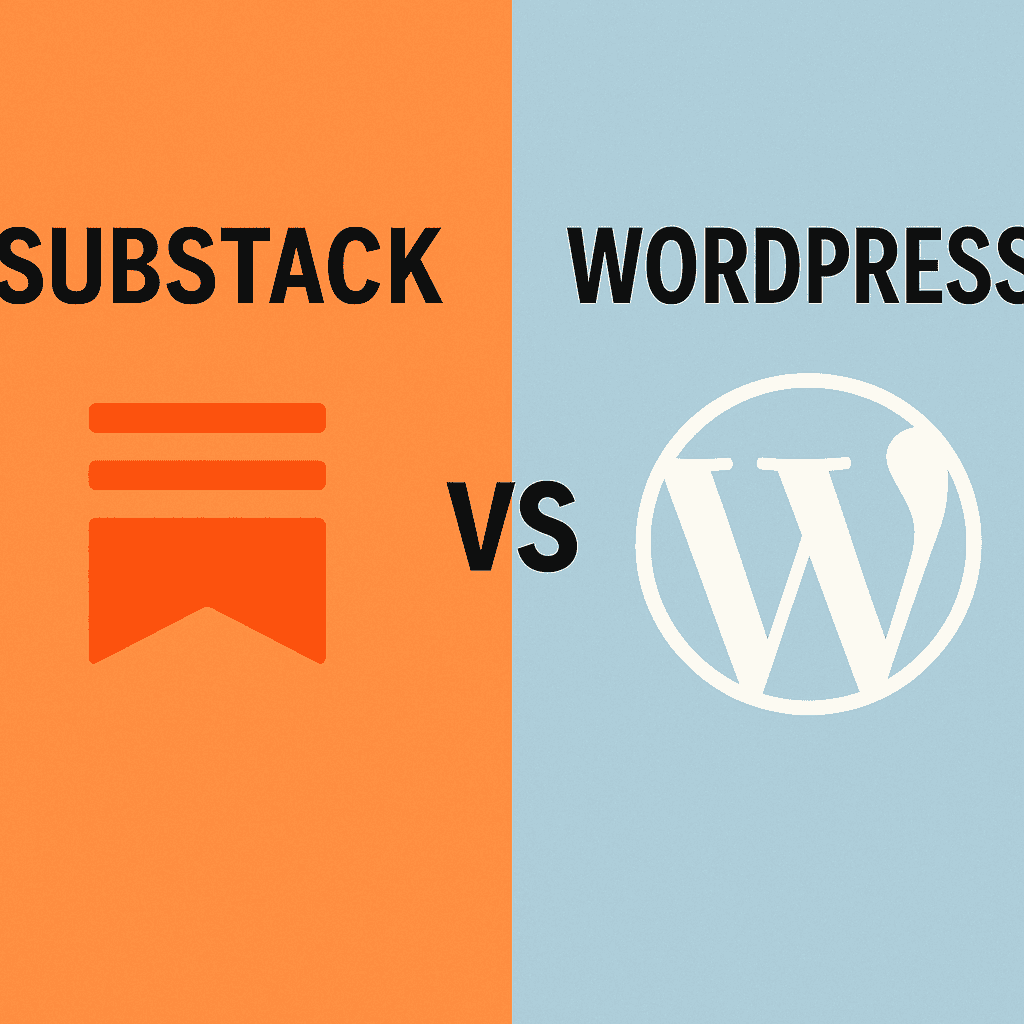

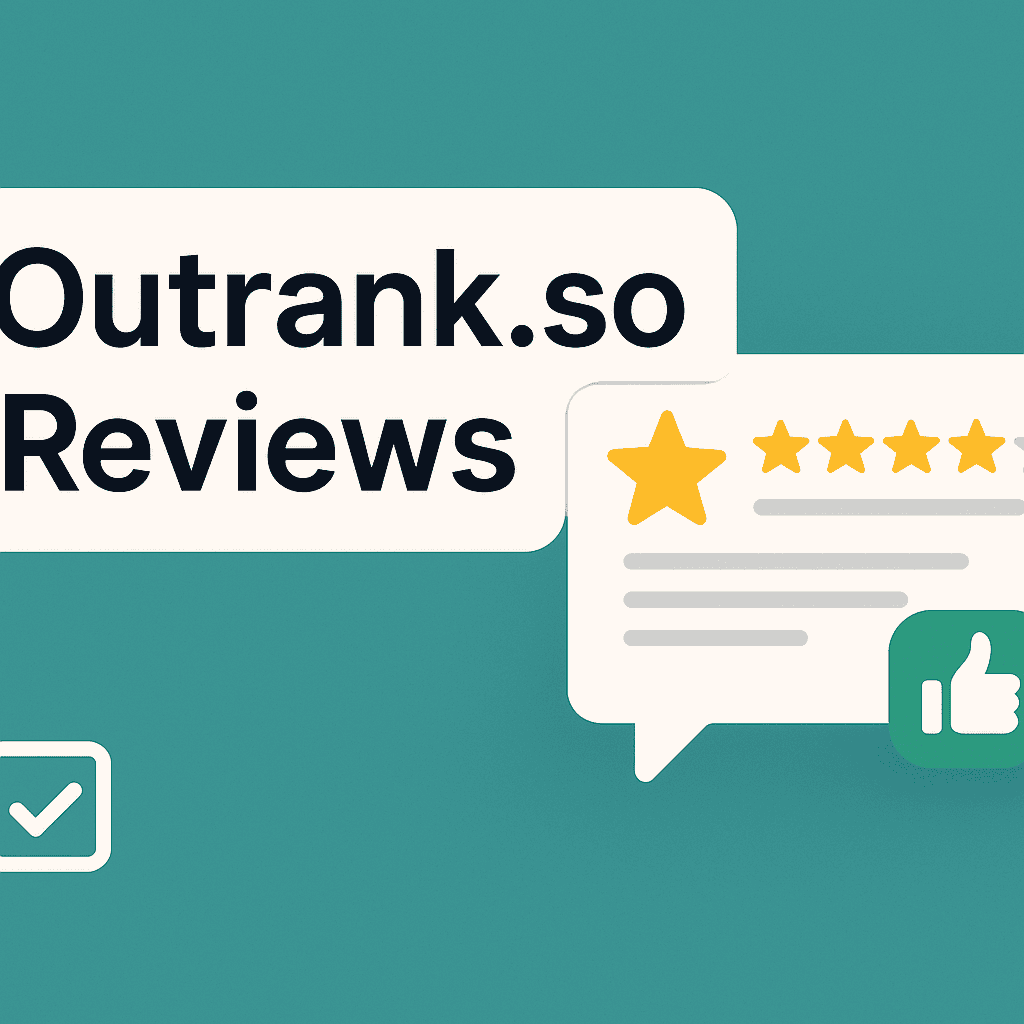
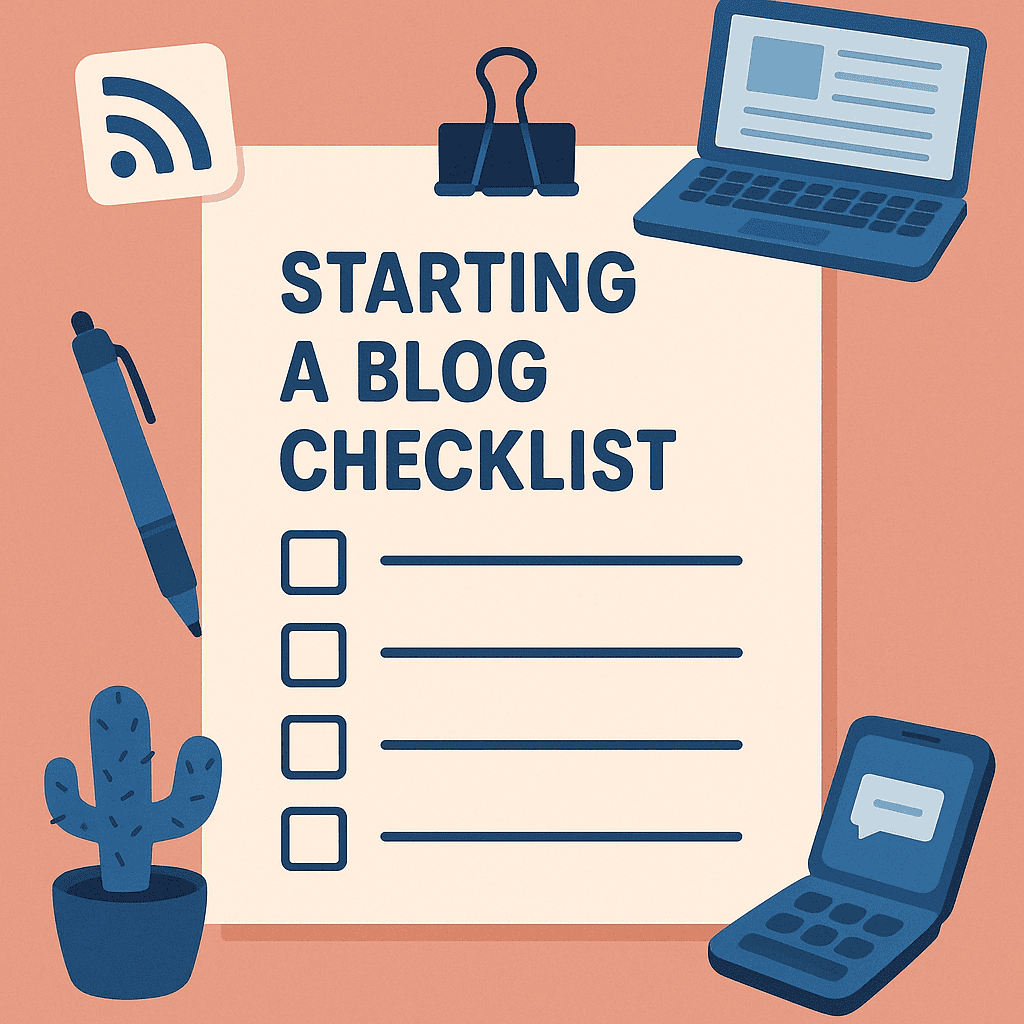
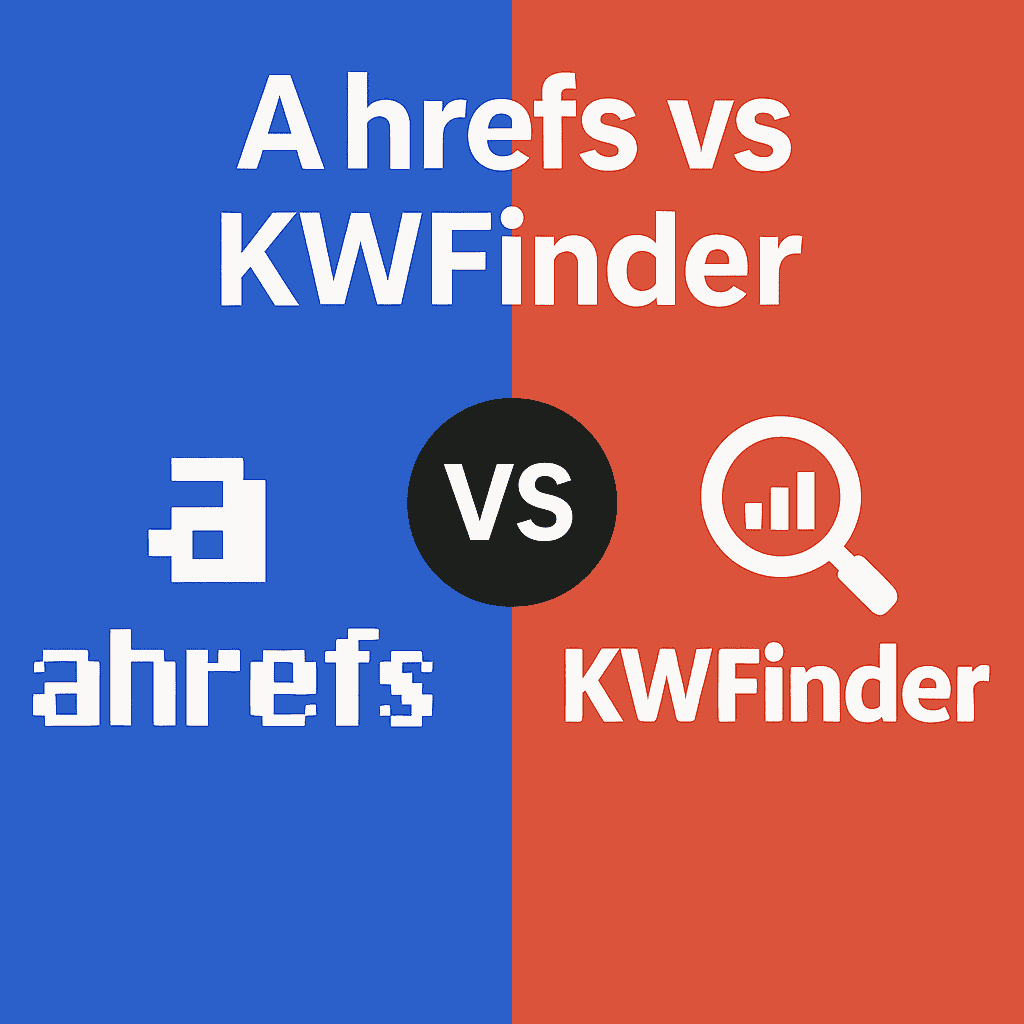
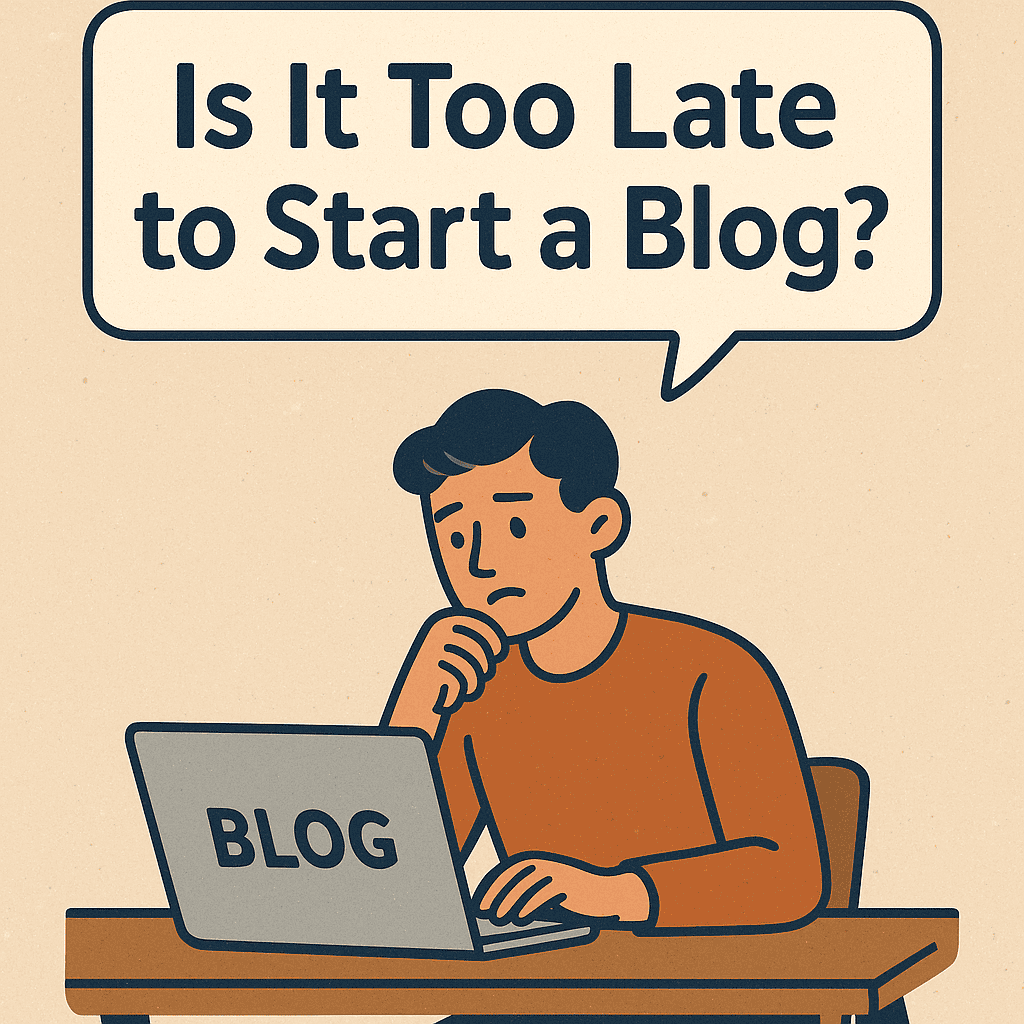
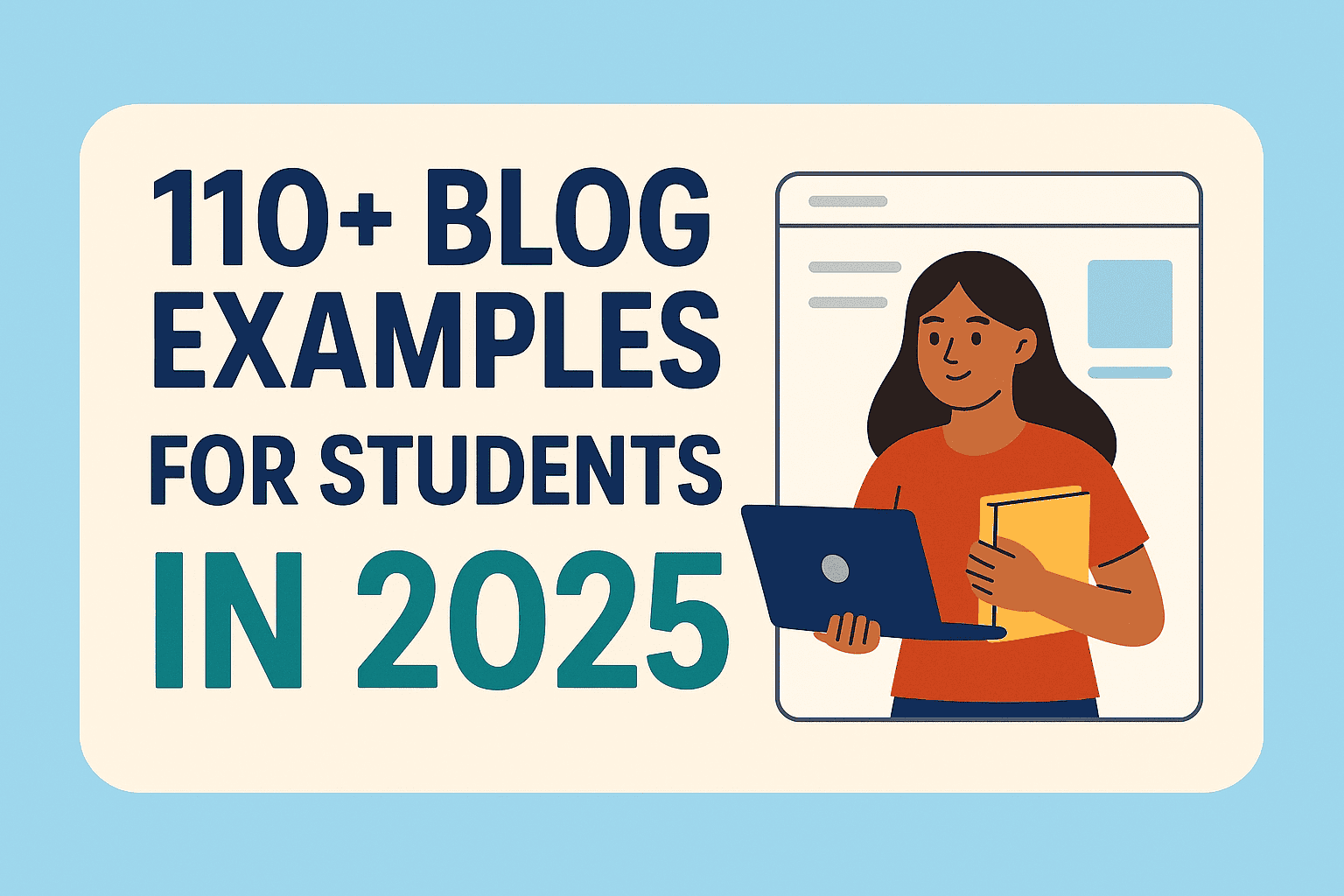
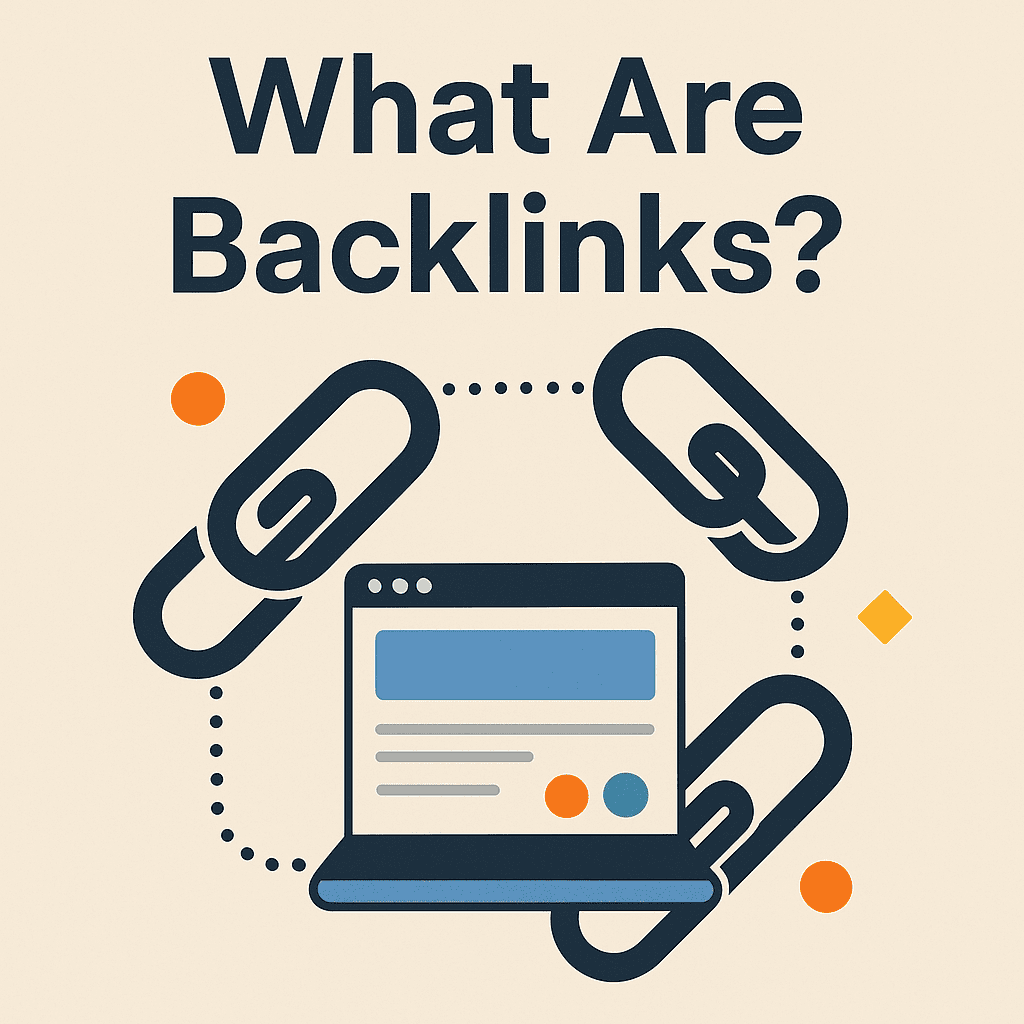
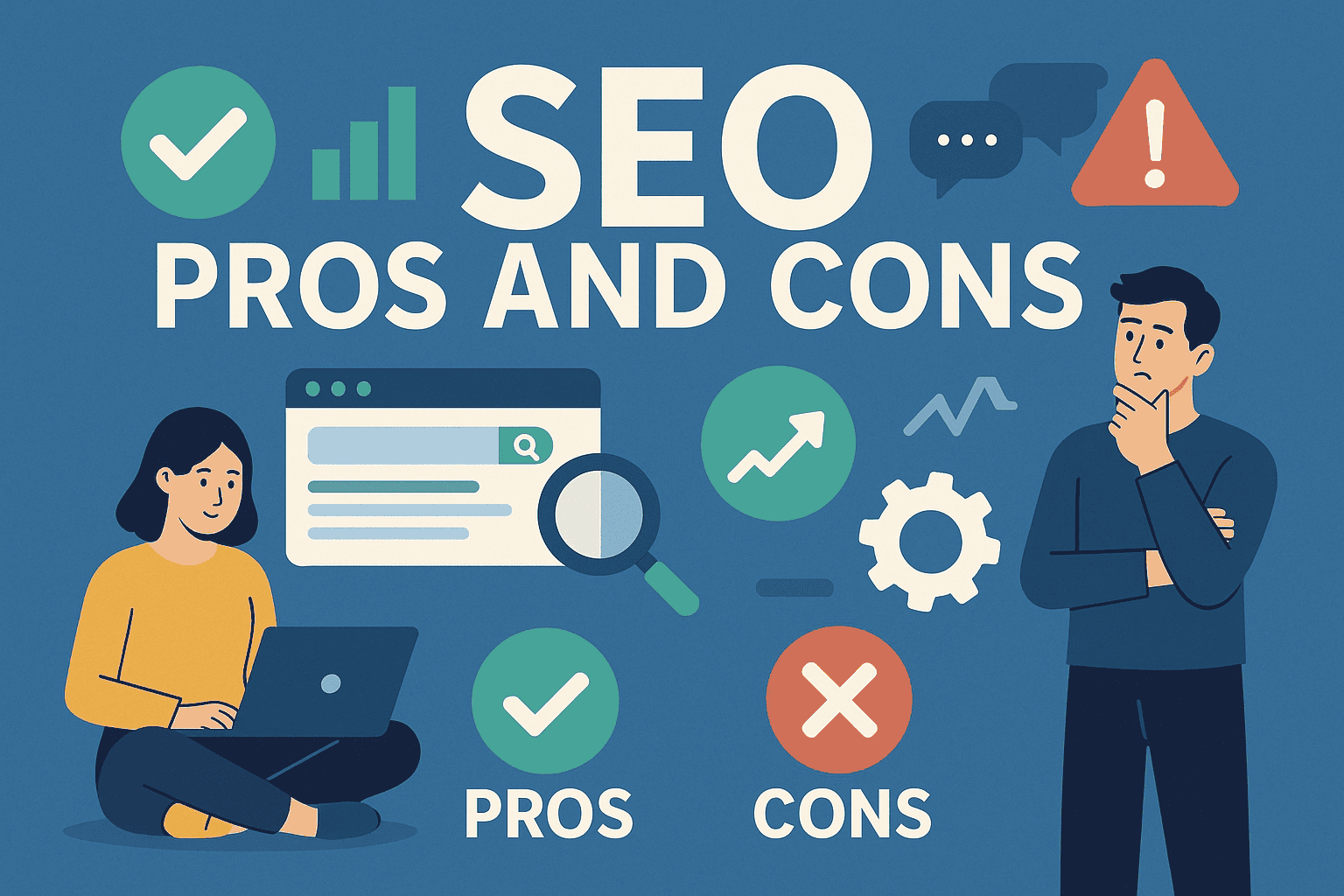







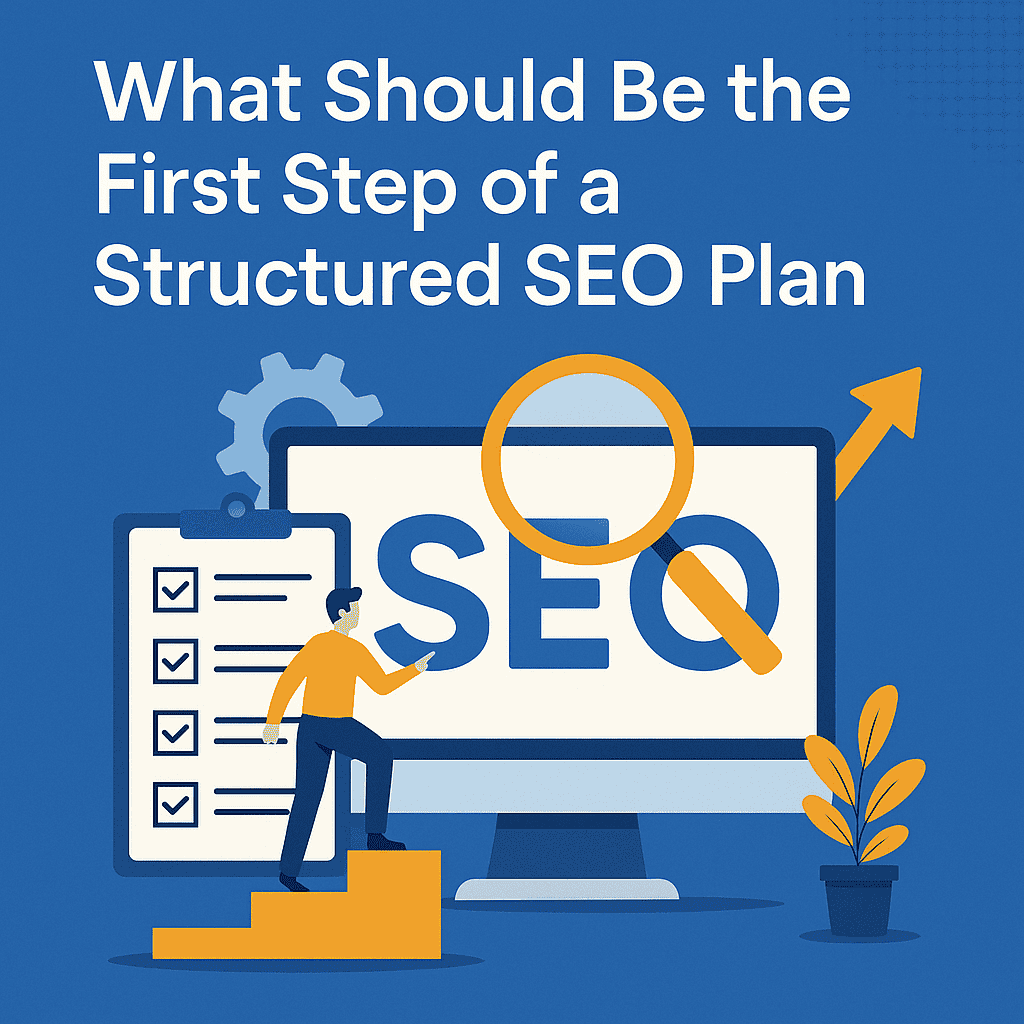
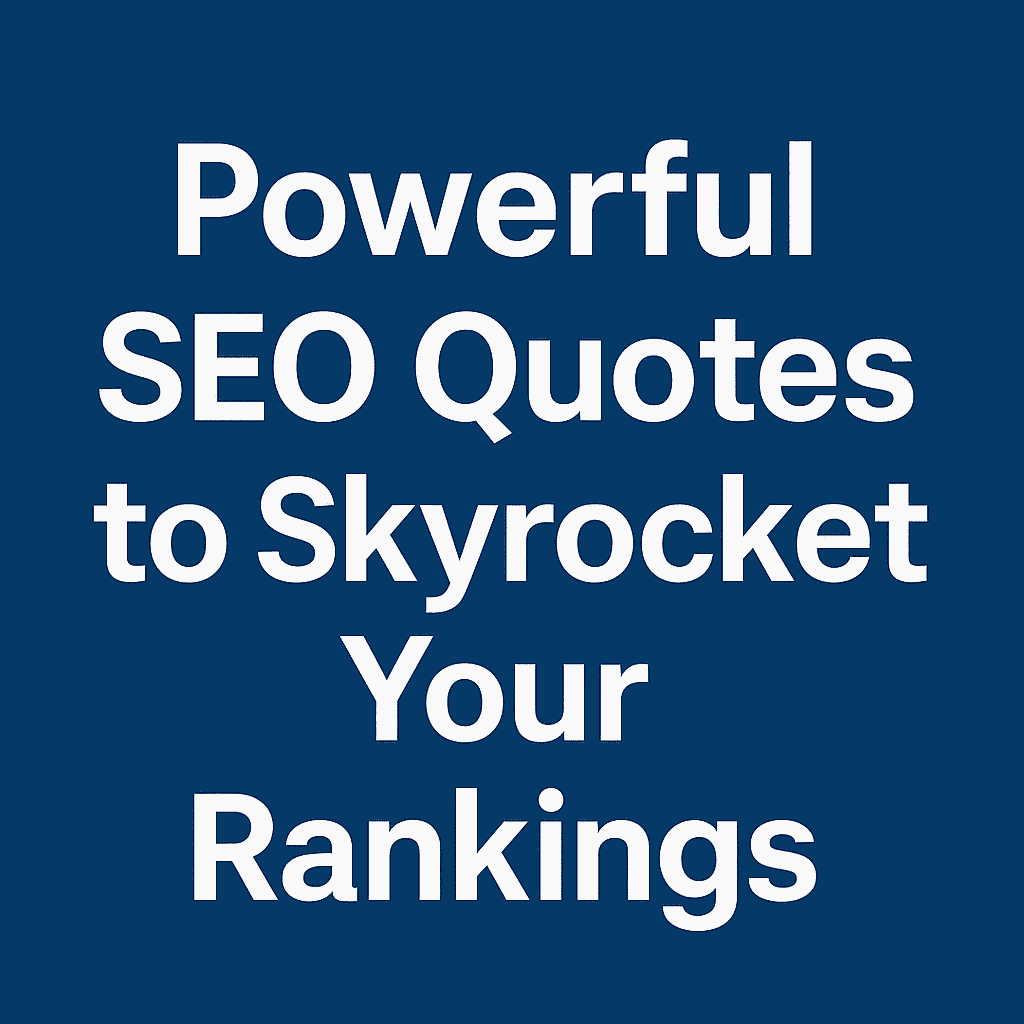
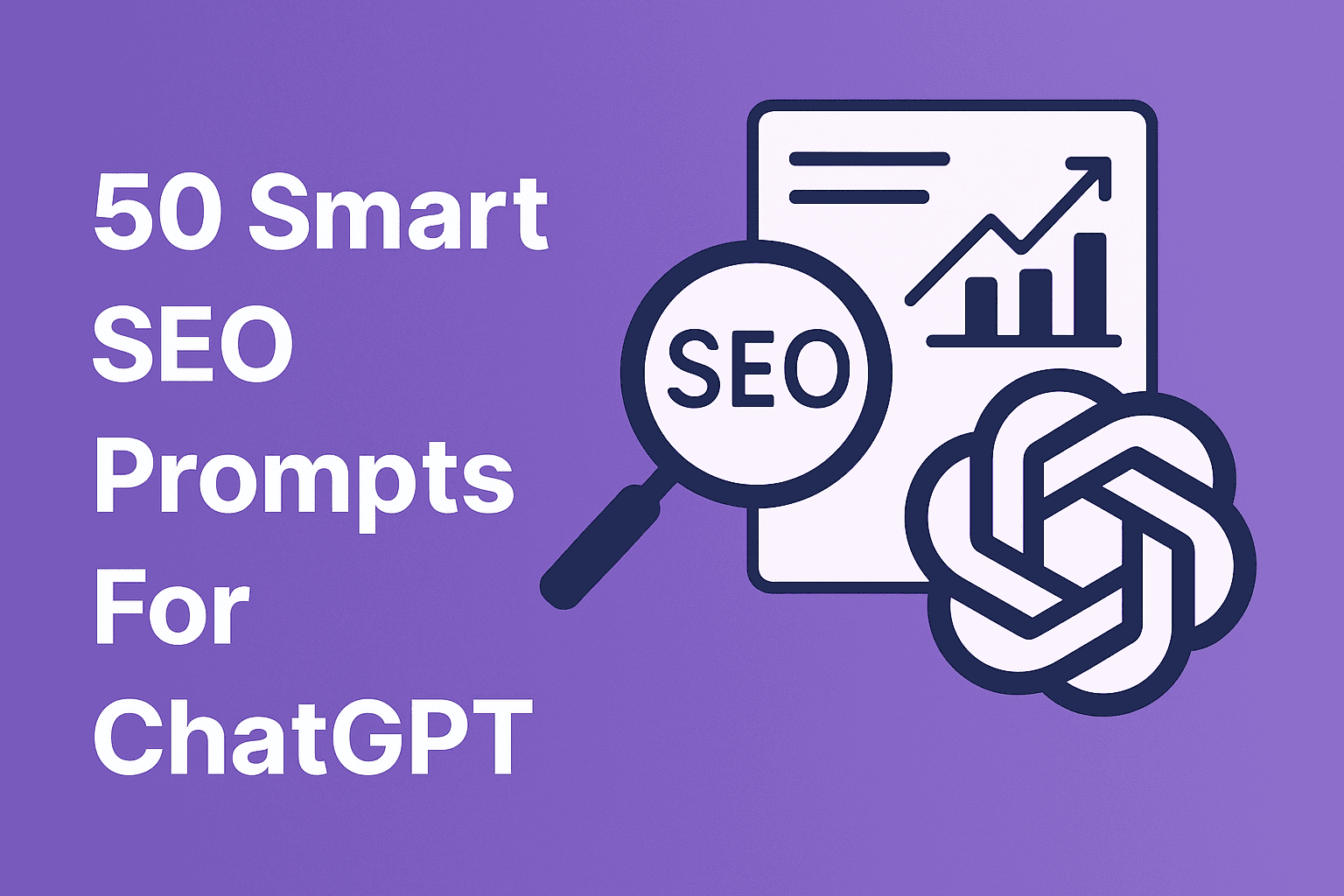
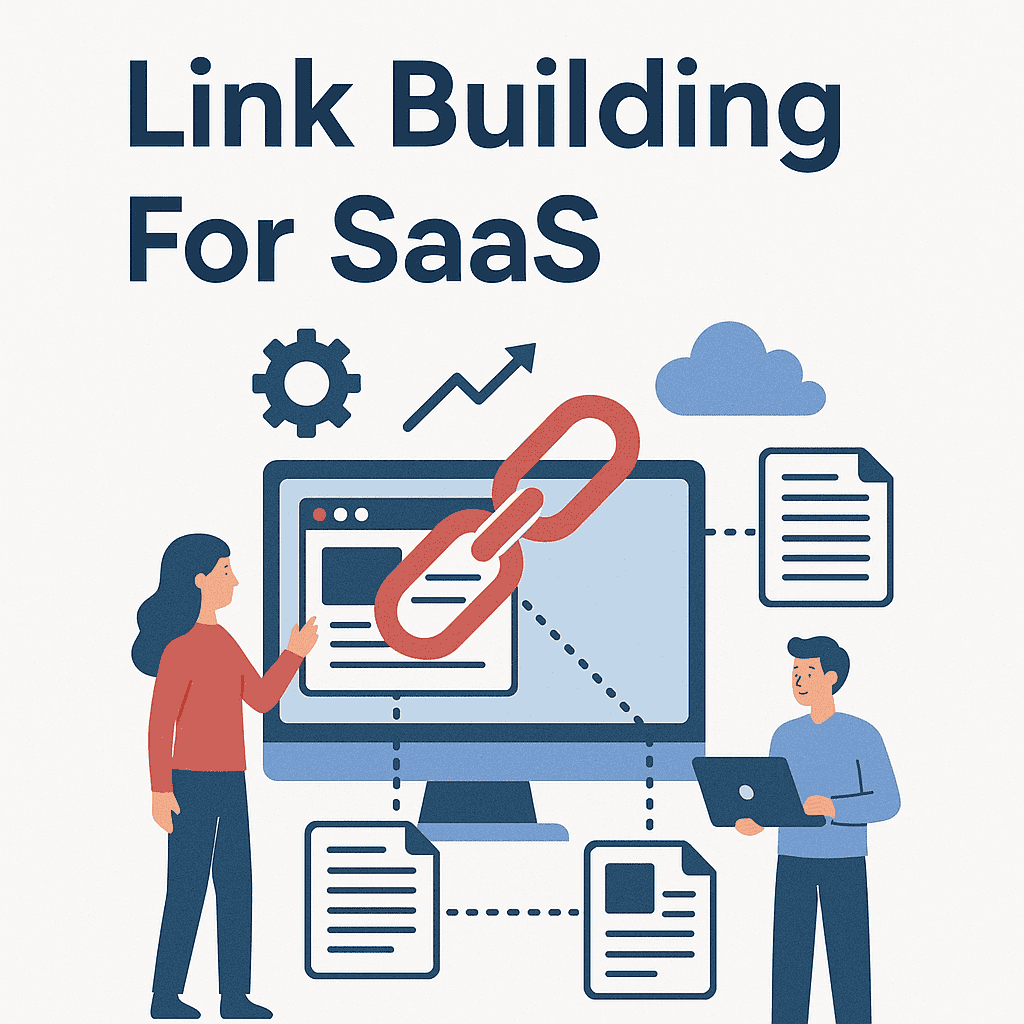
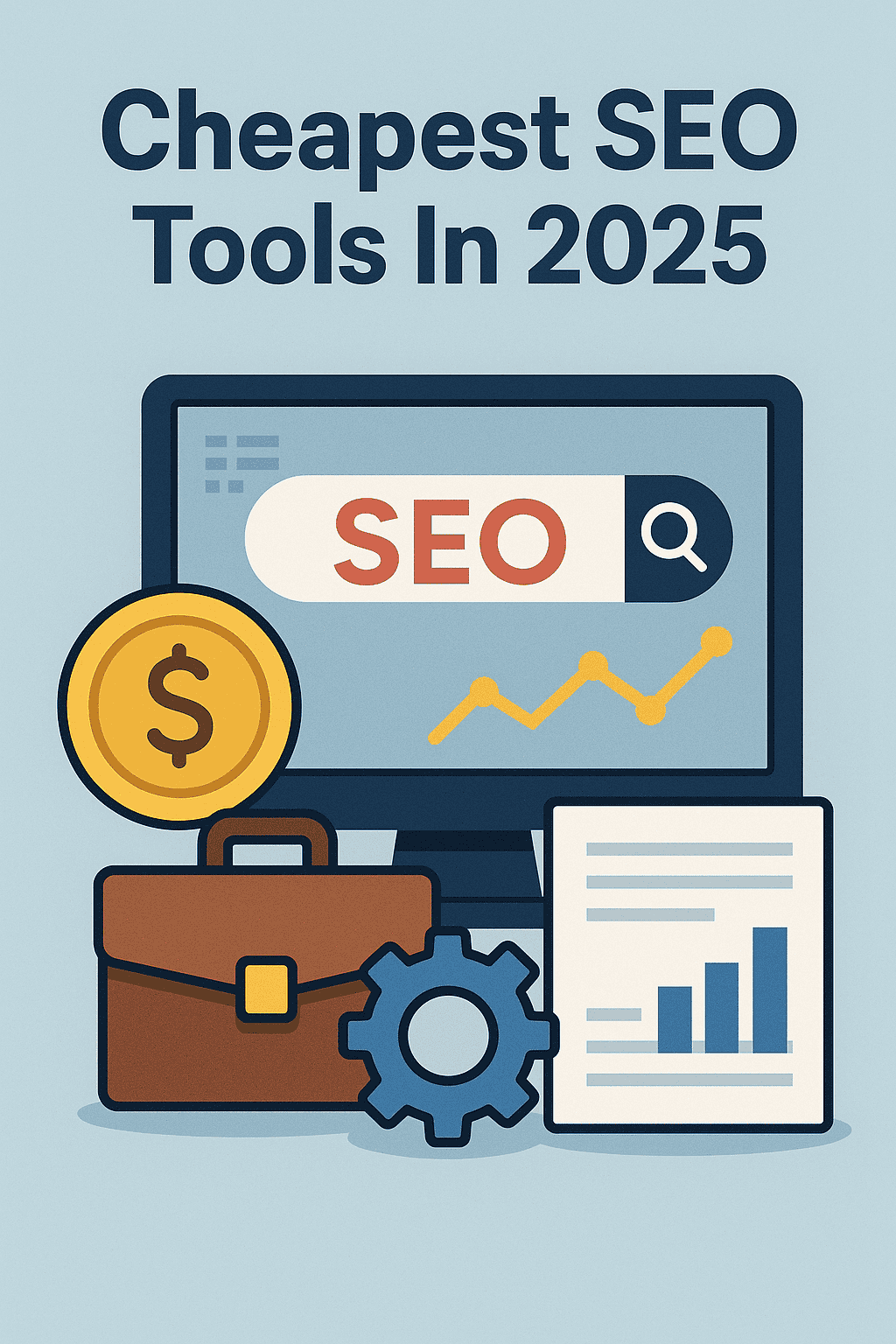
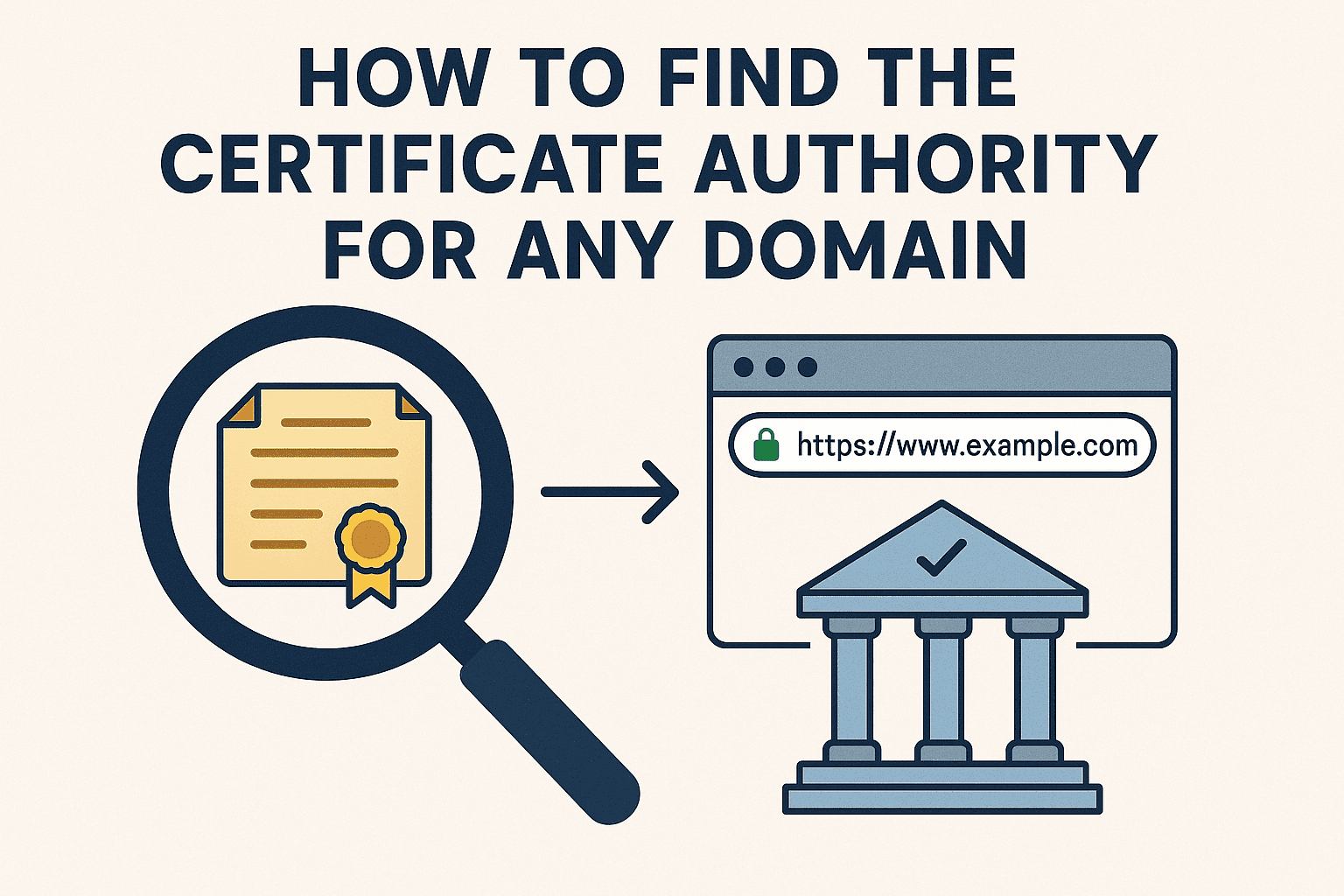
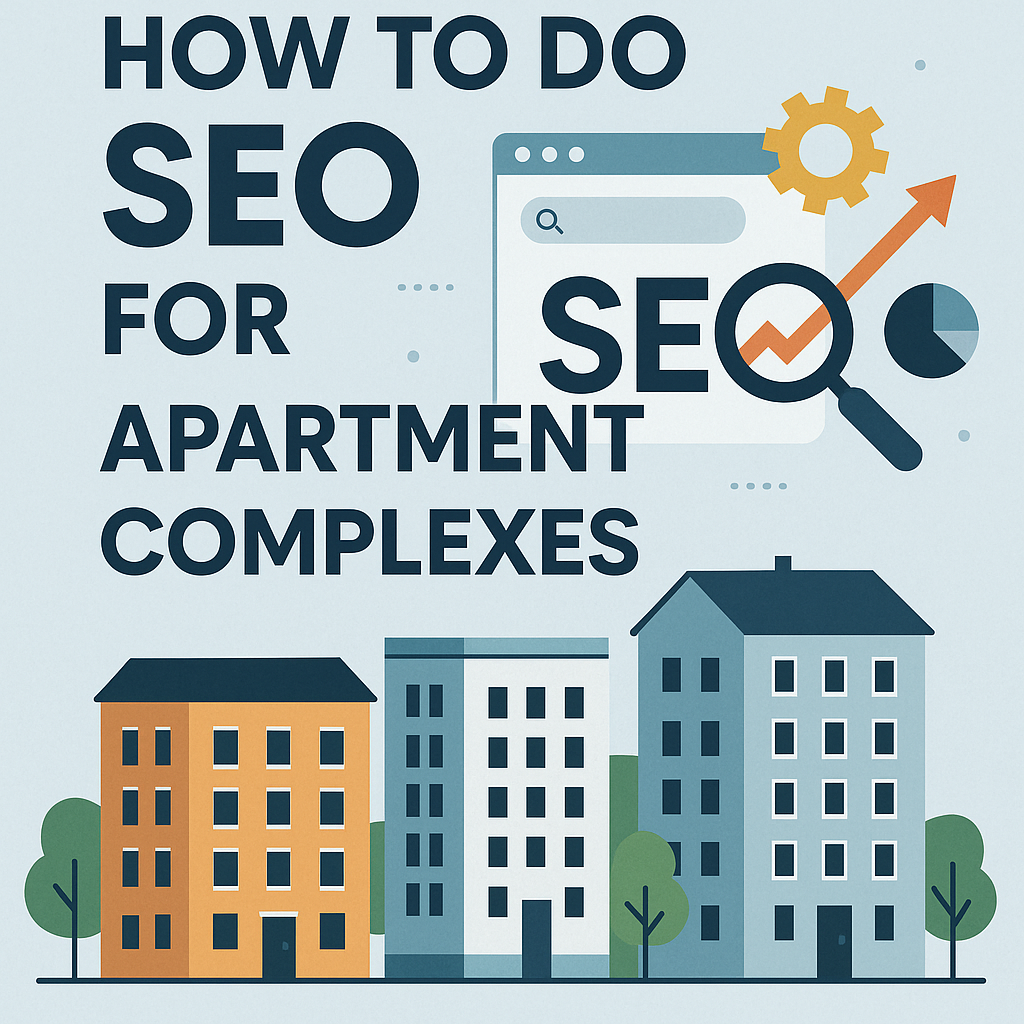
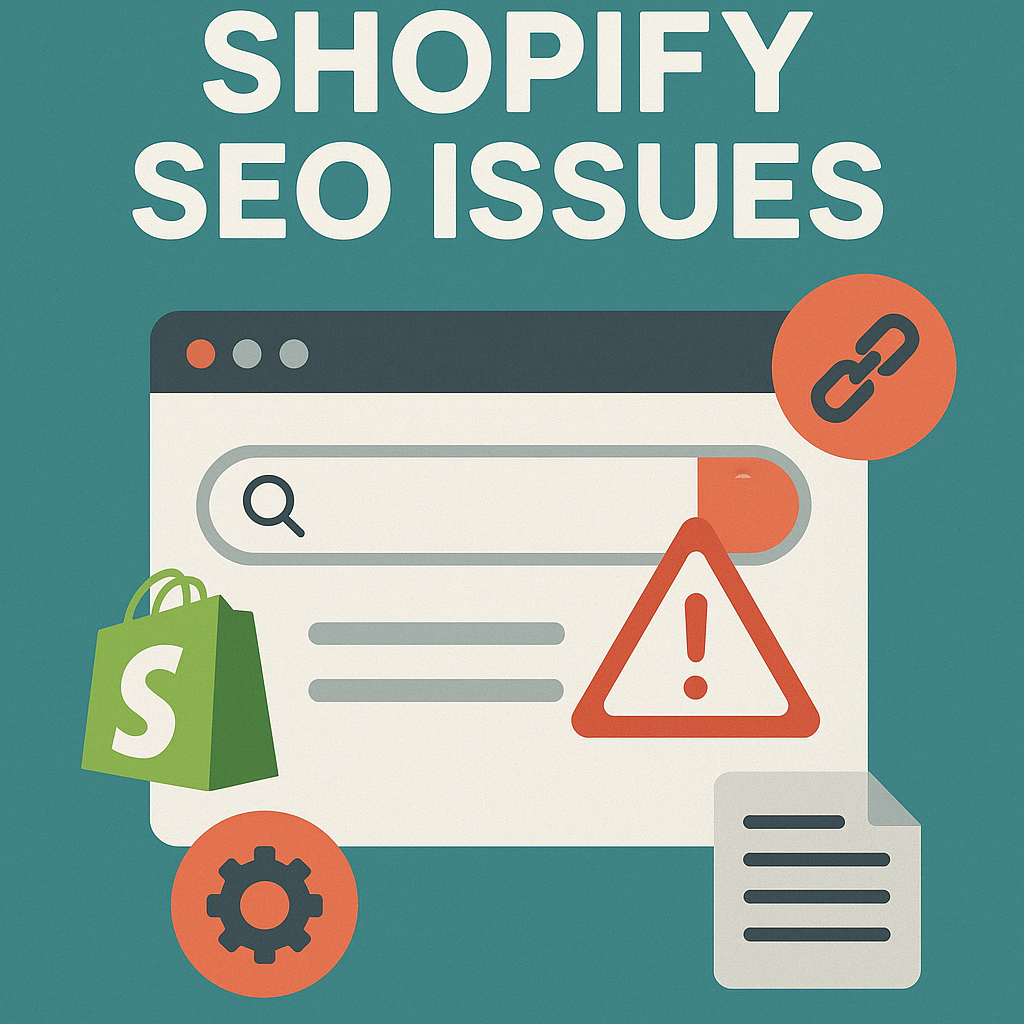
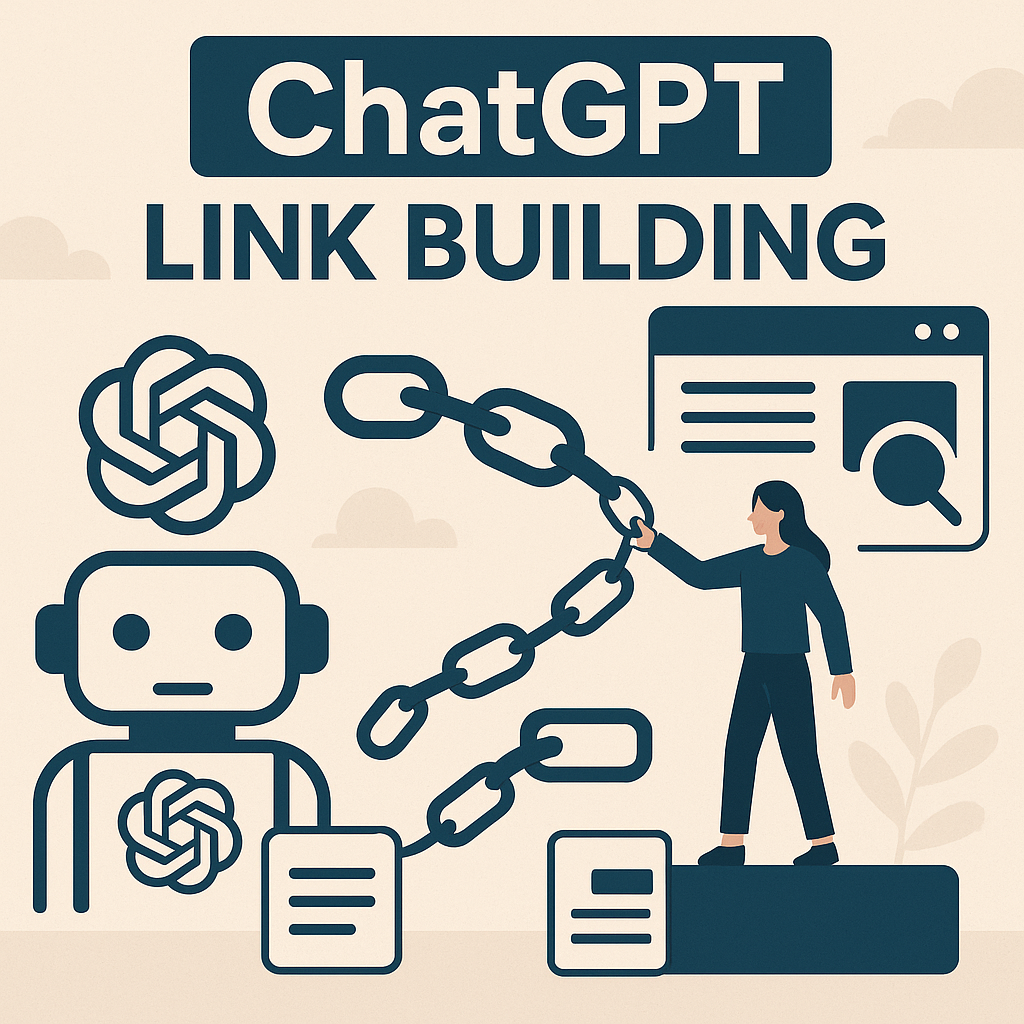
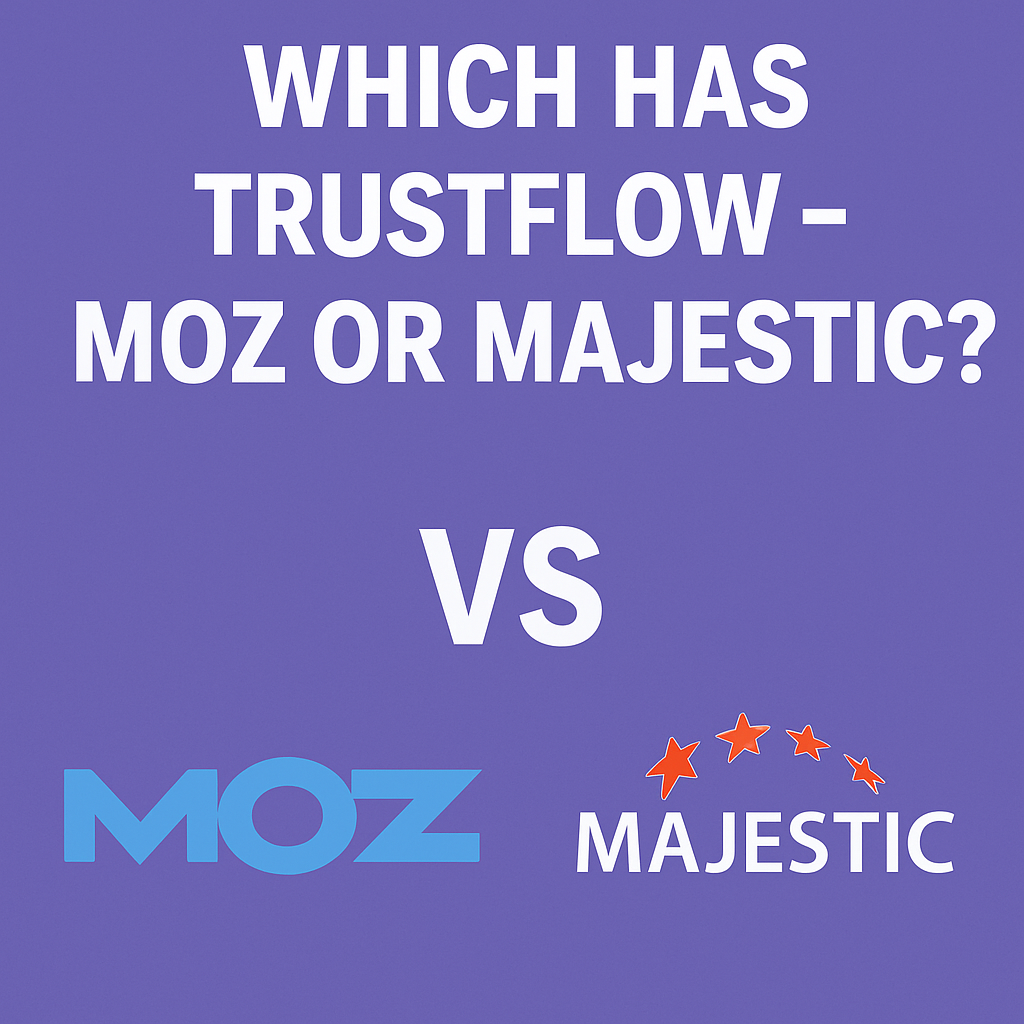
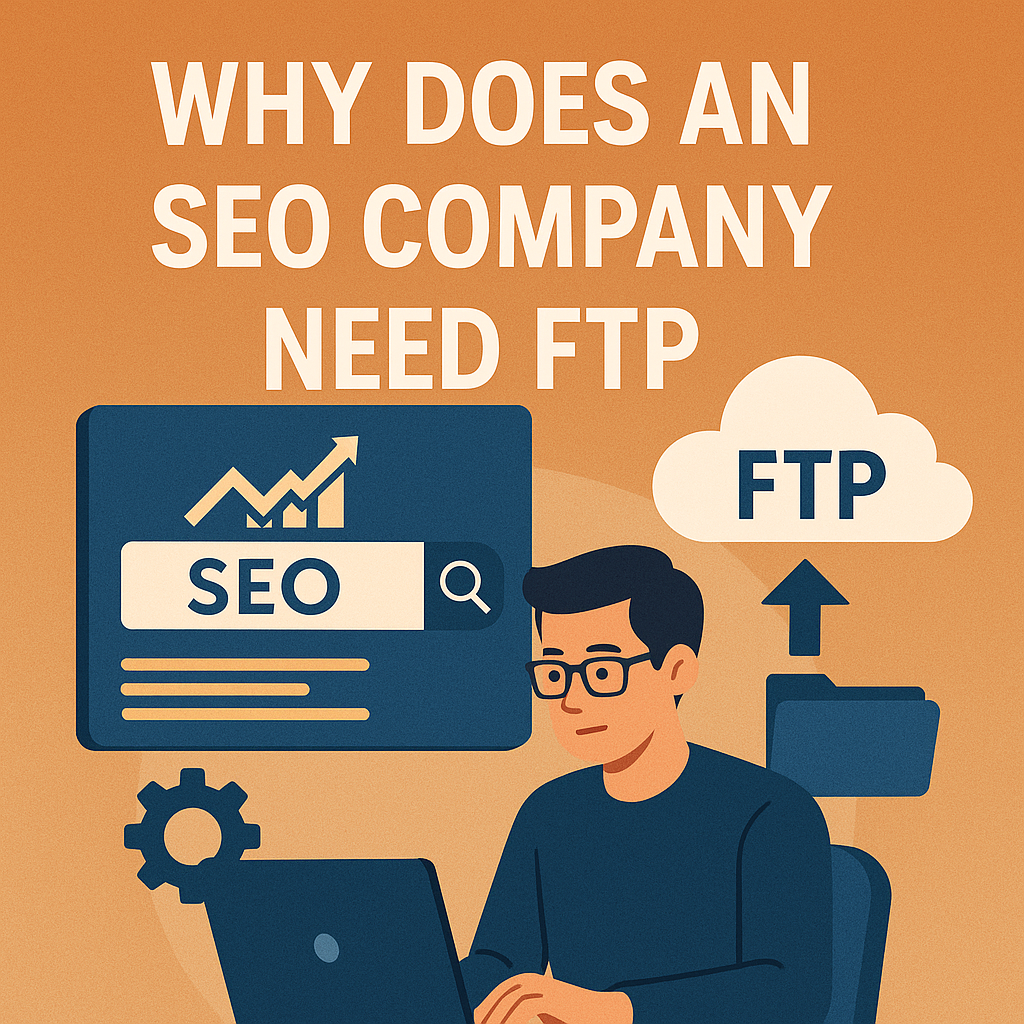

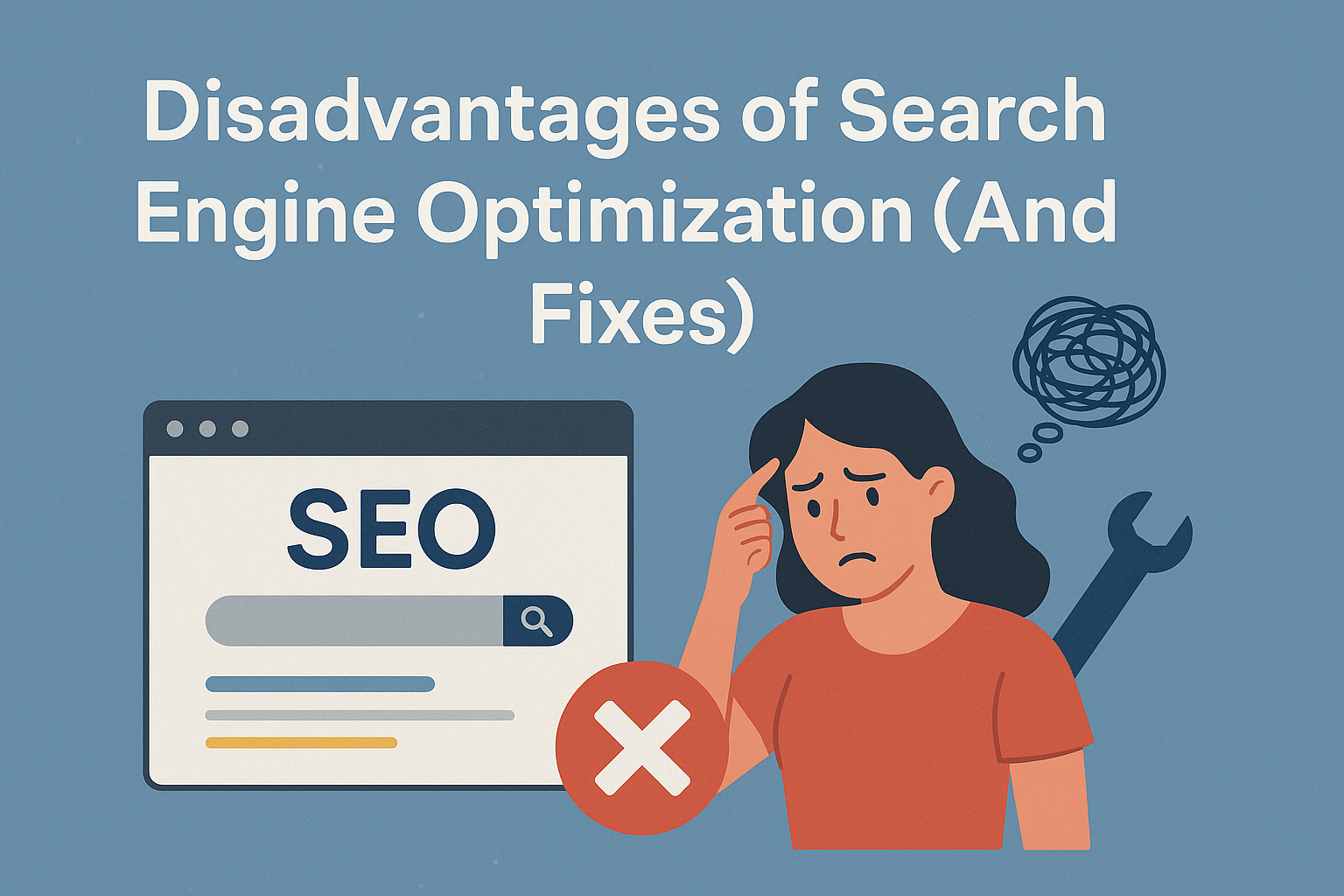
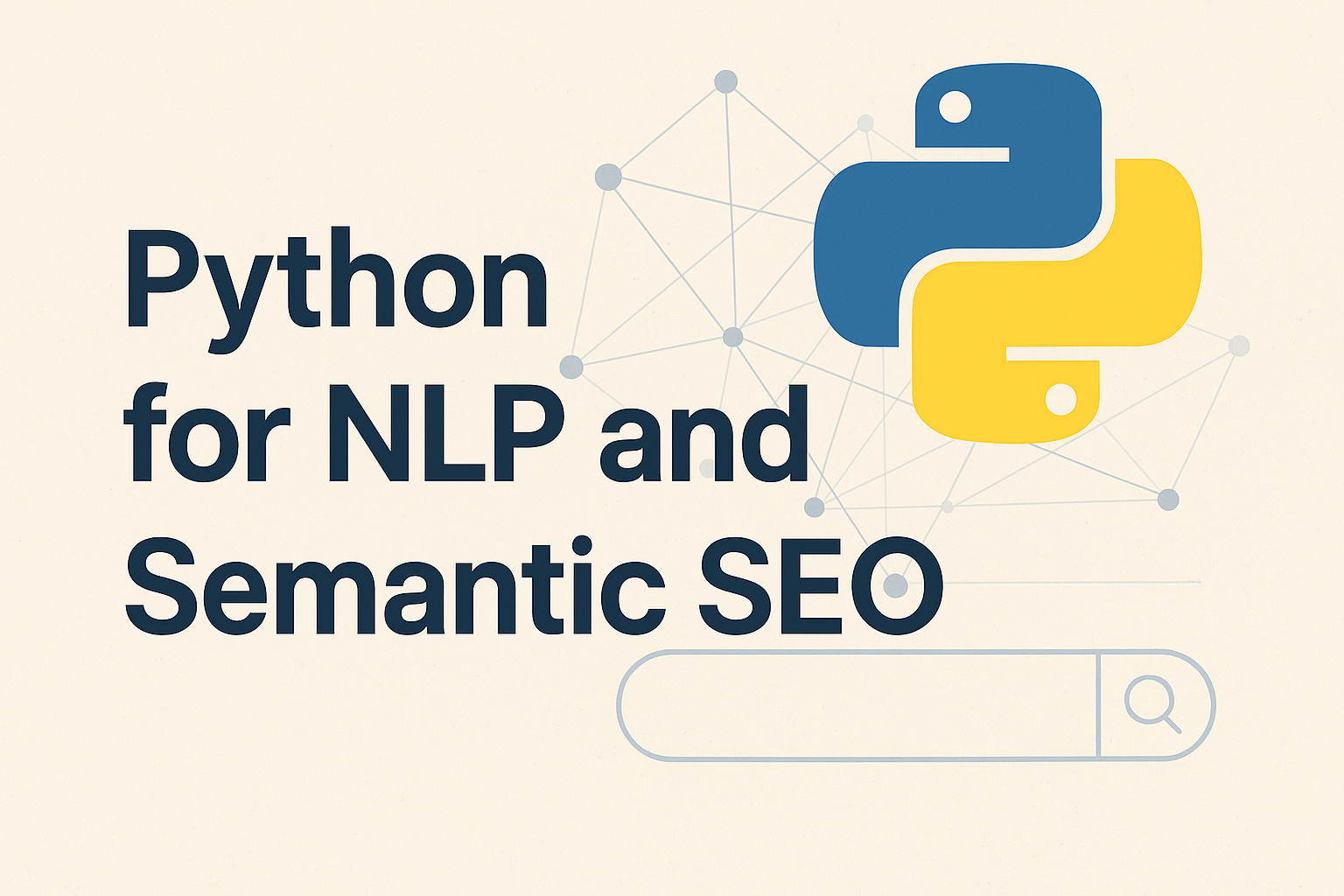
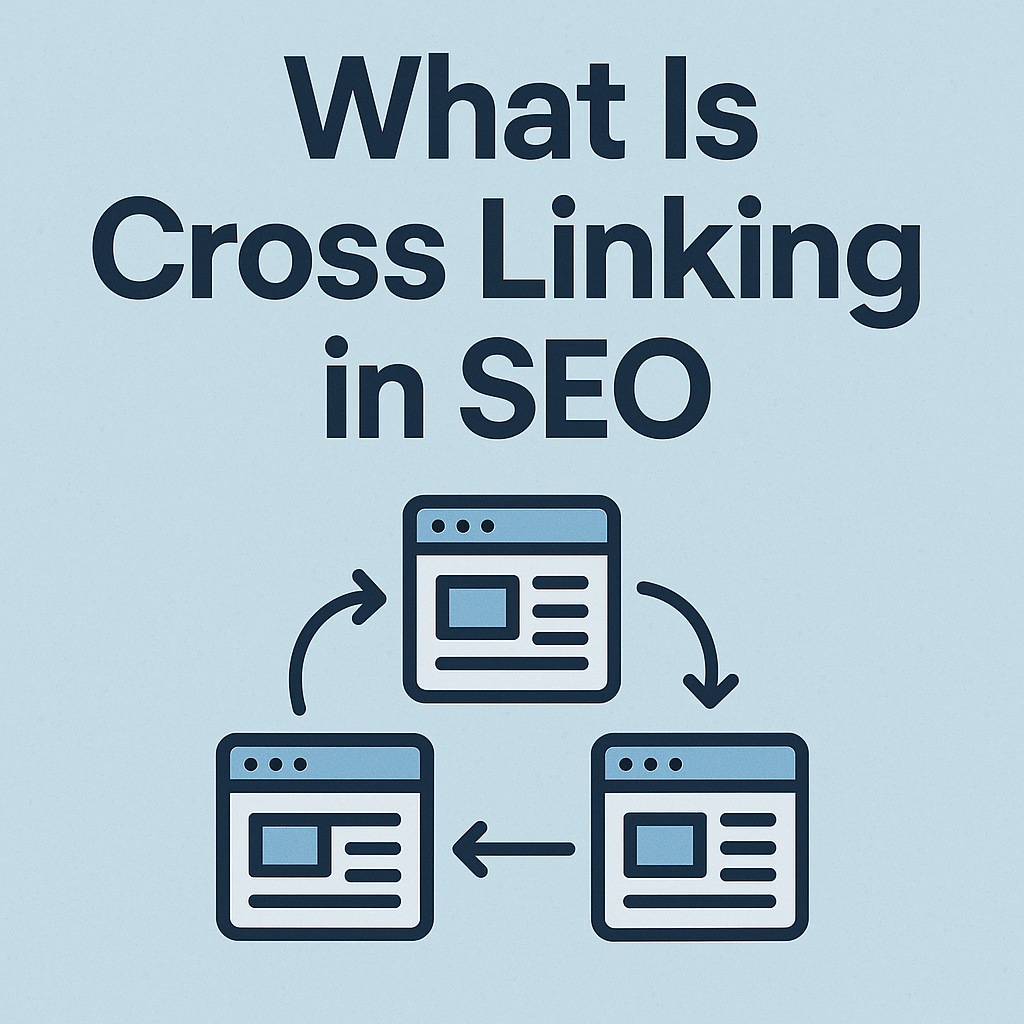


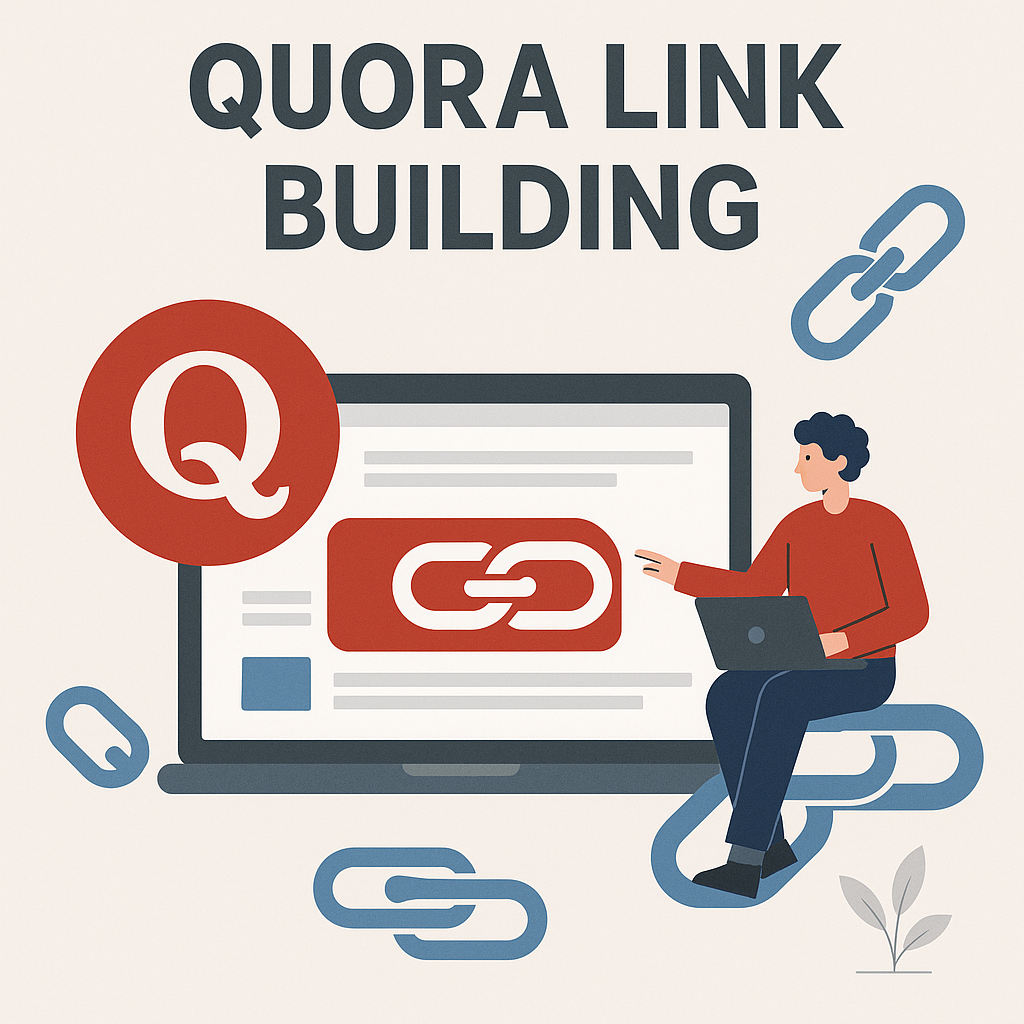
![How Many Outbound Links Per Blog [2025 Updated]](https://backlinkmanagement.io/wp-content/uploads/2025/06/How-Many-Outbound-Links-Per-Blog.png)
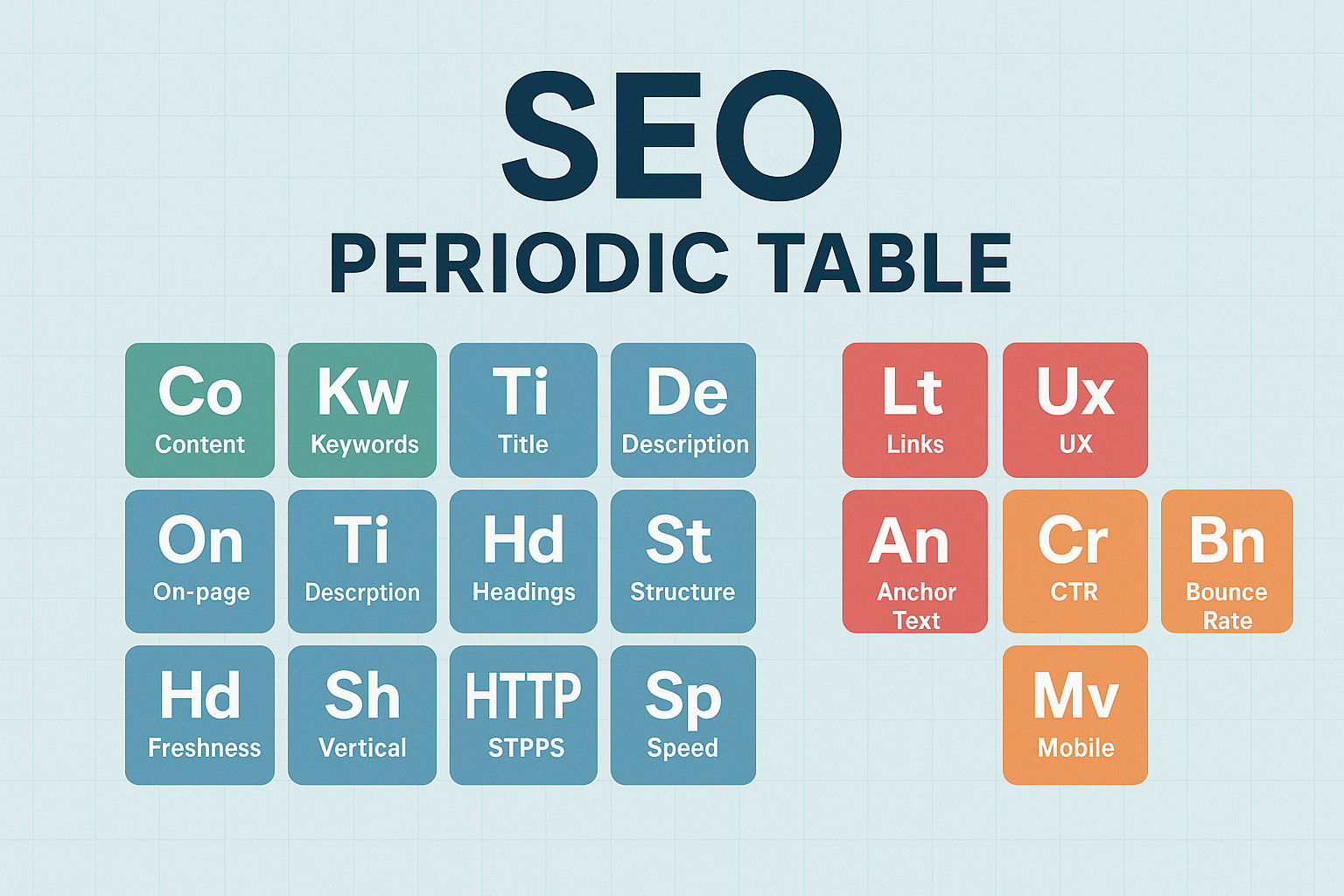
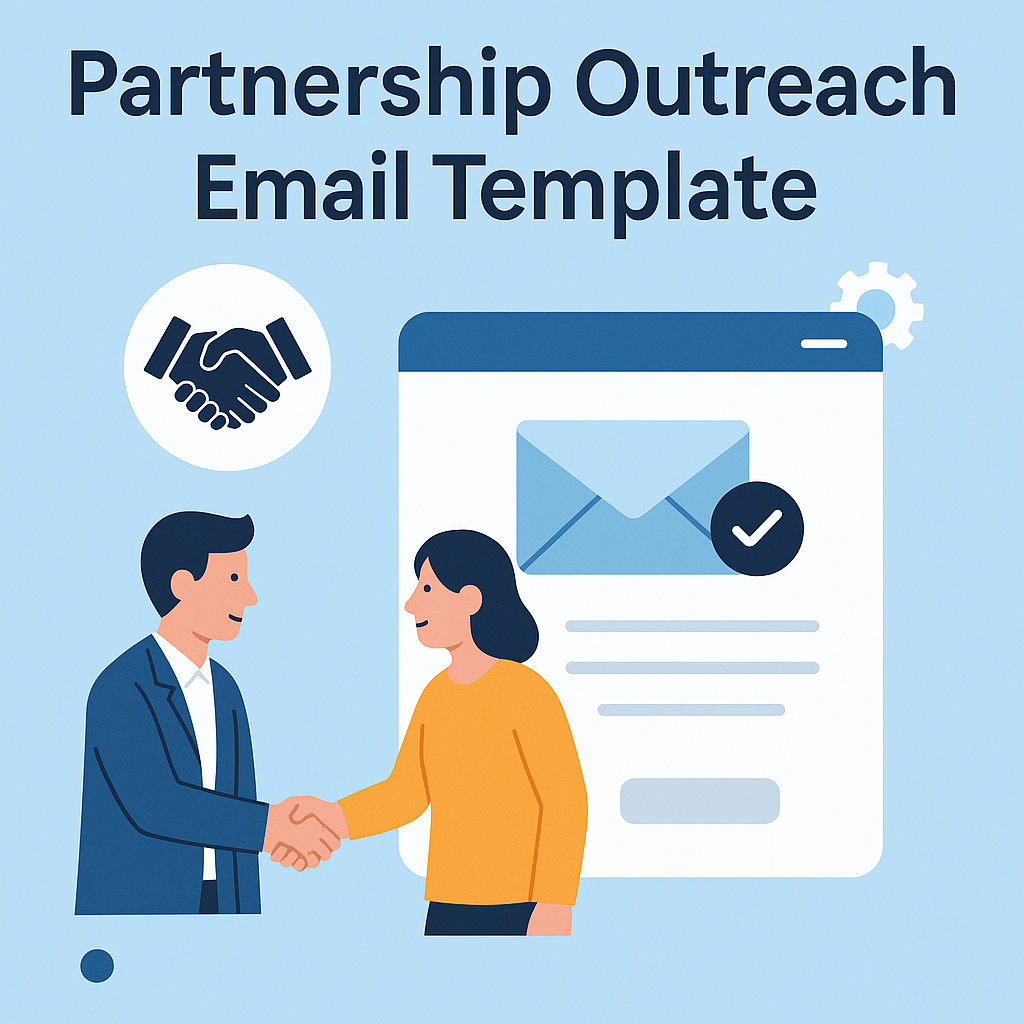
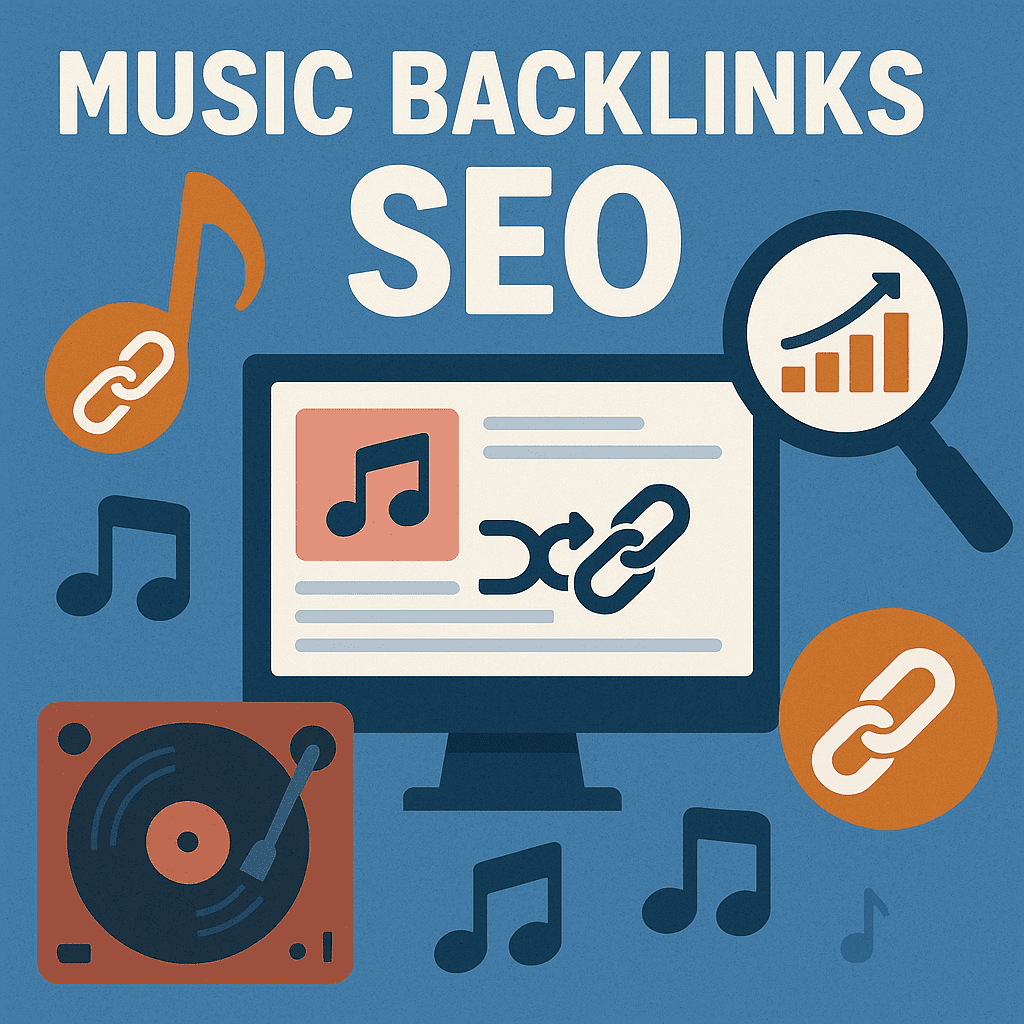

![B2B and B2C Website Examples [2025 Updated]](https://backlinkmanagement.io/wp-content/uploads/2025/05/B2B-and-B2C-Website-Example-.png)
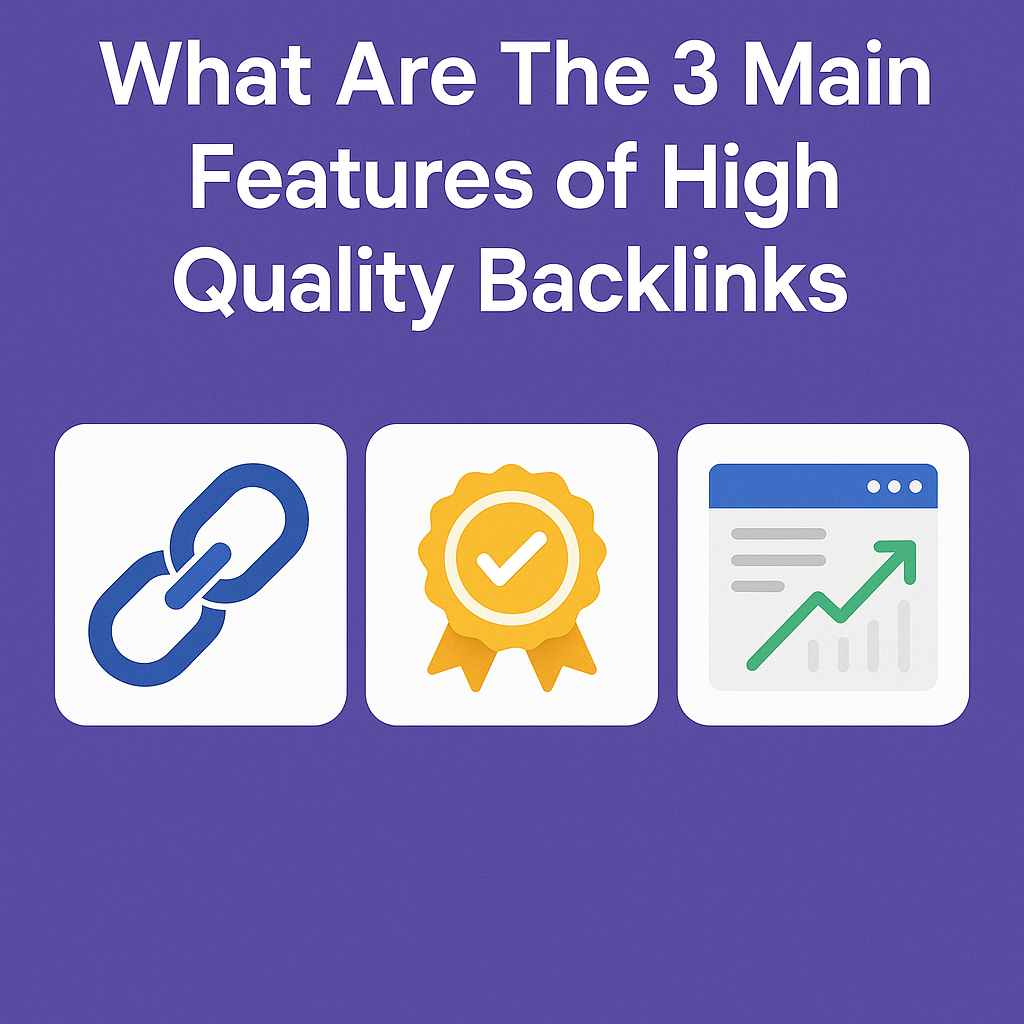
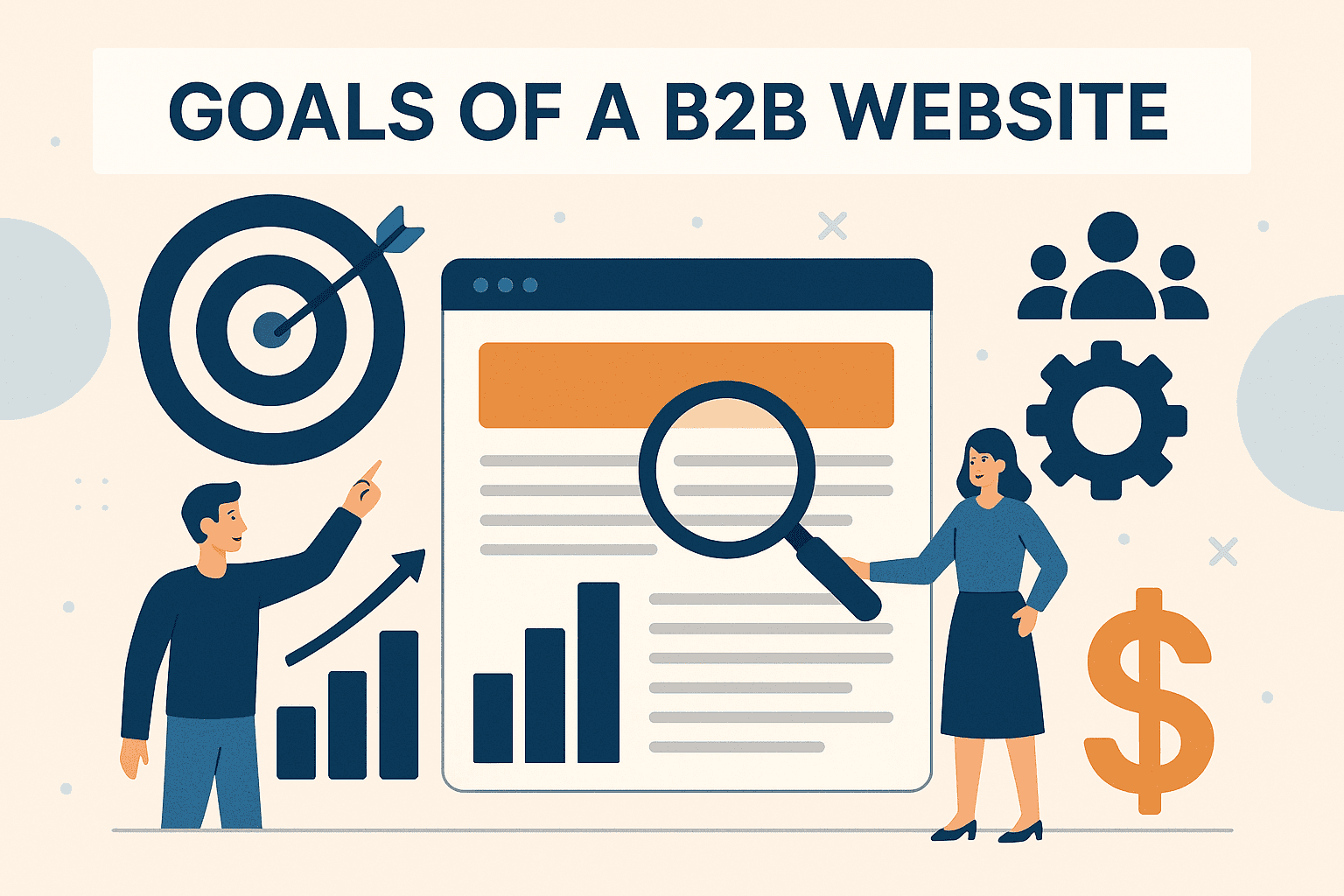
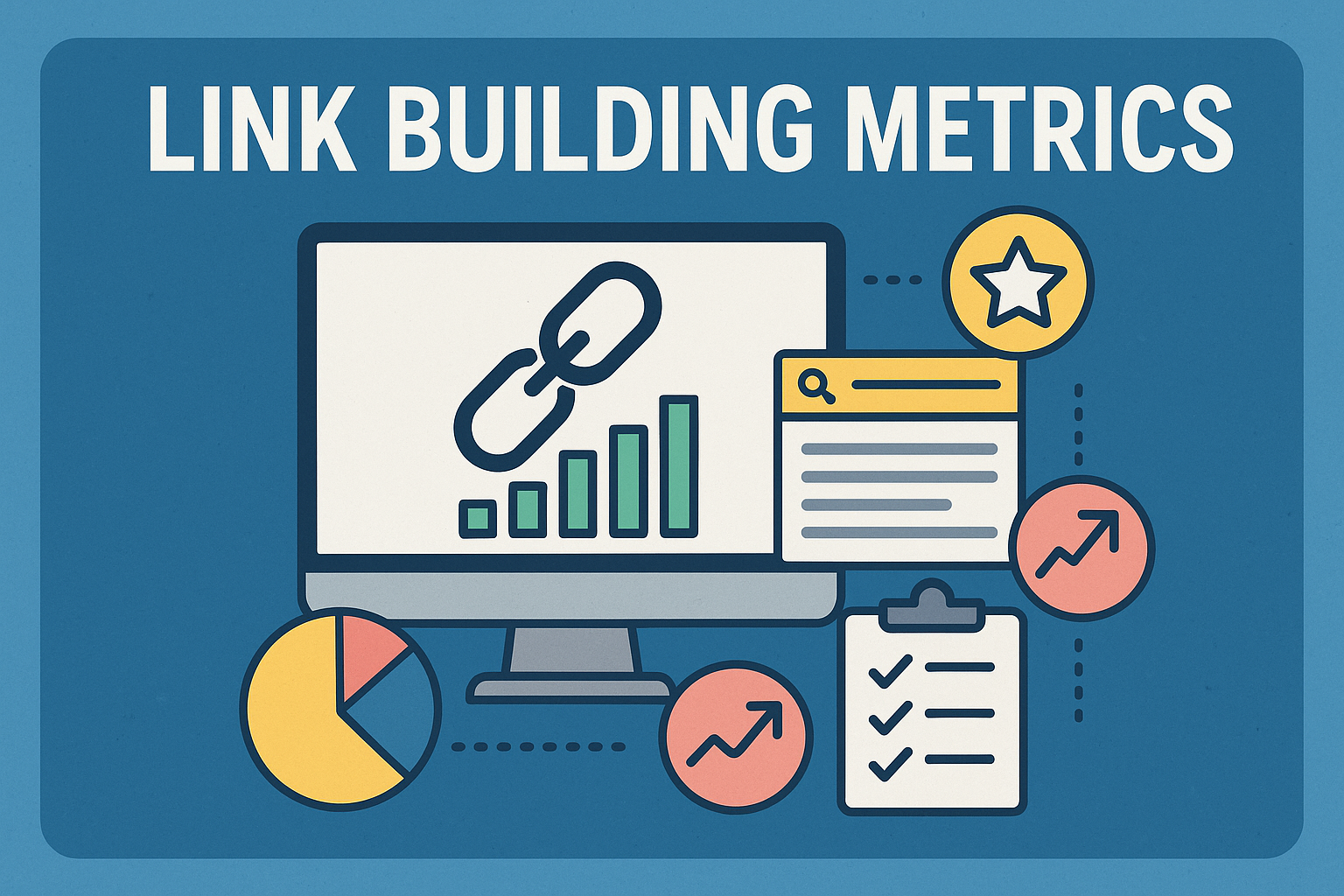
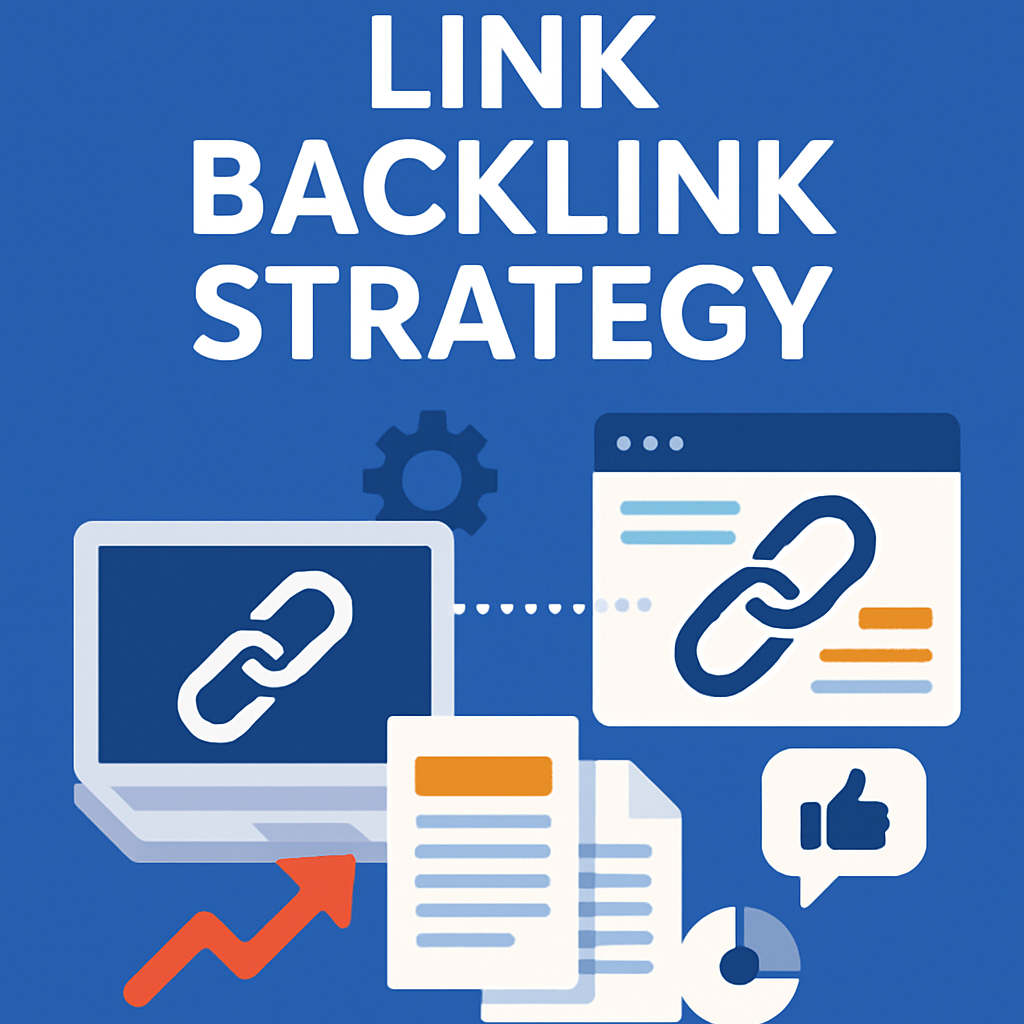
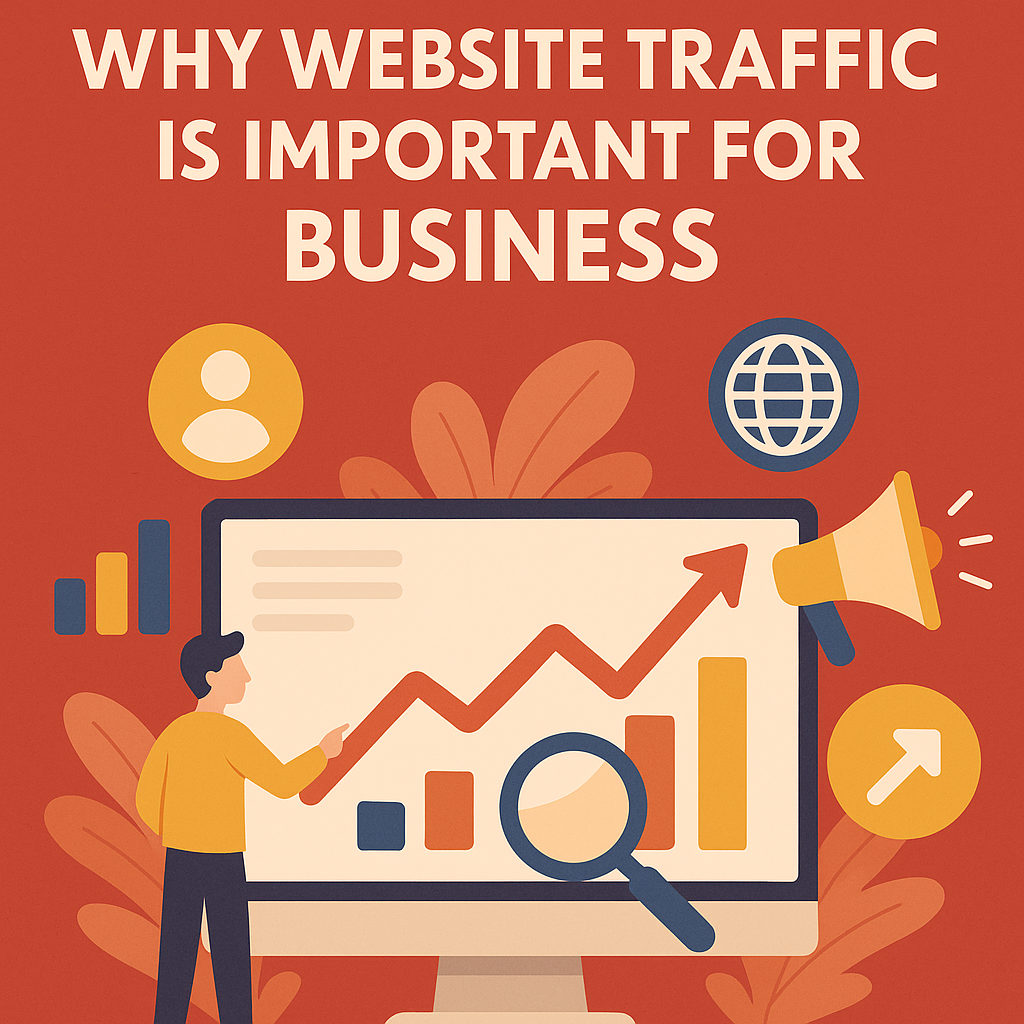
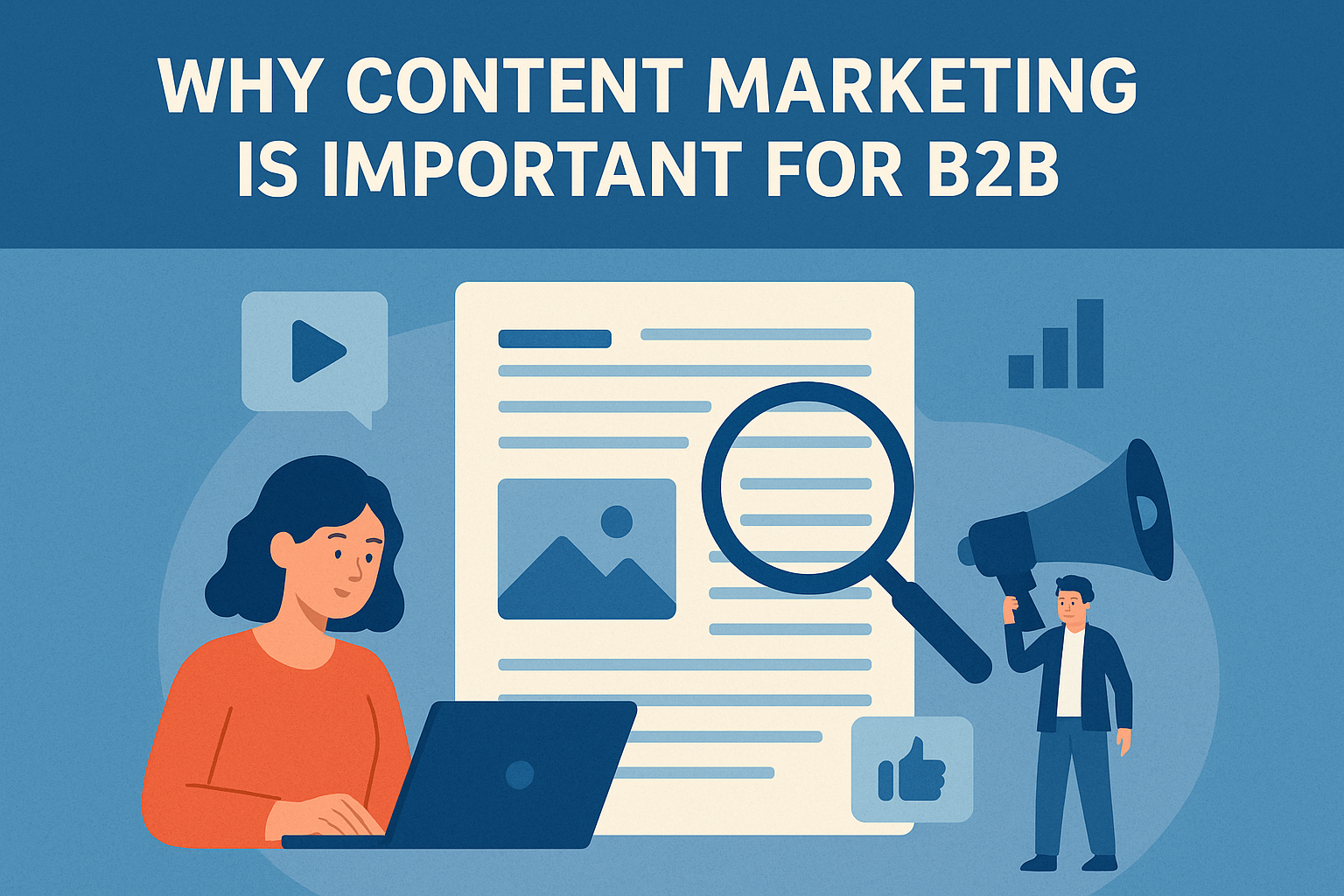
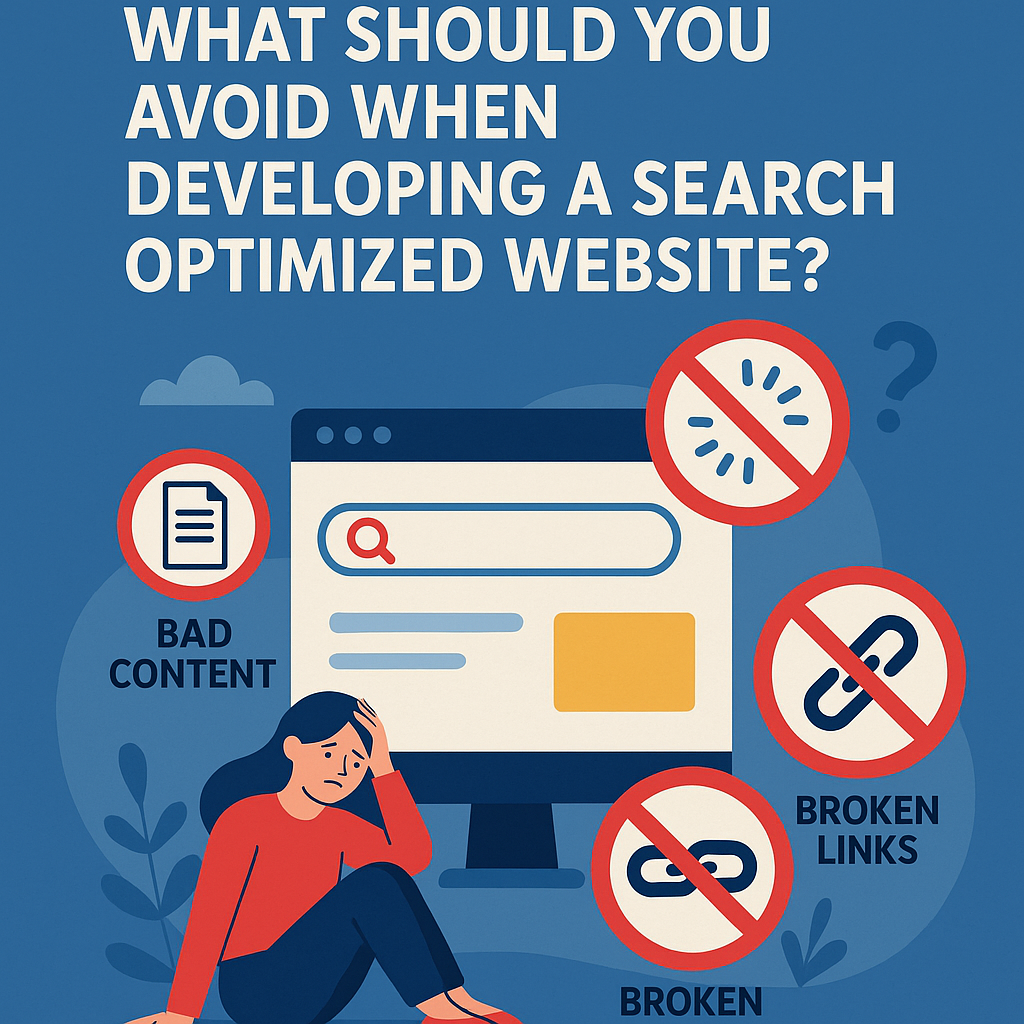
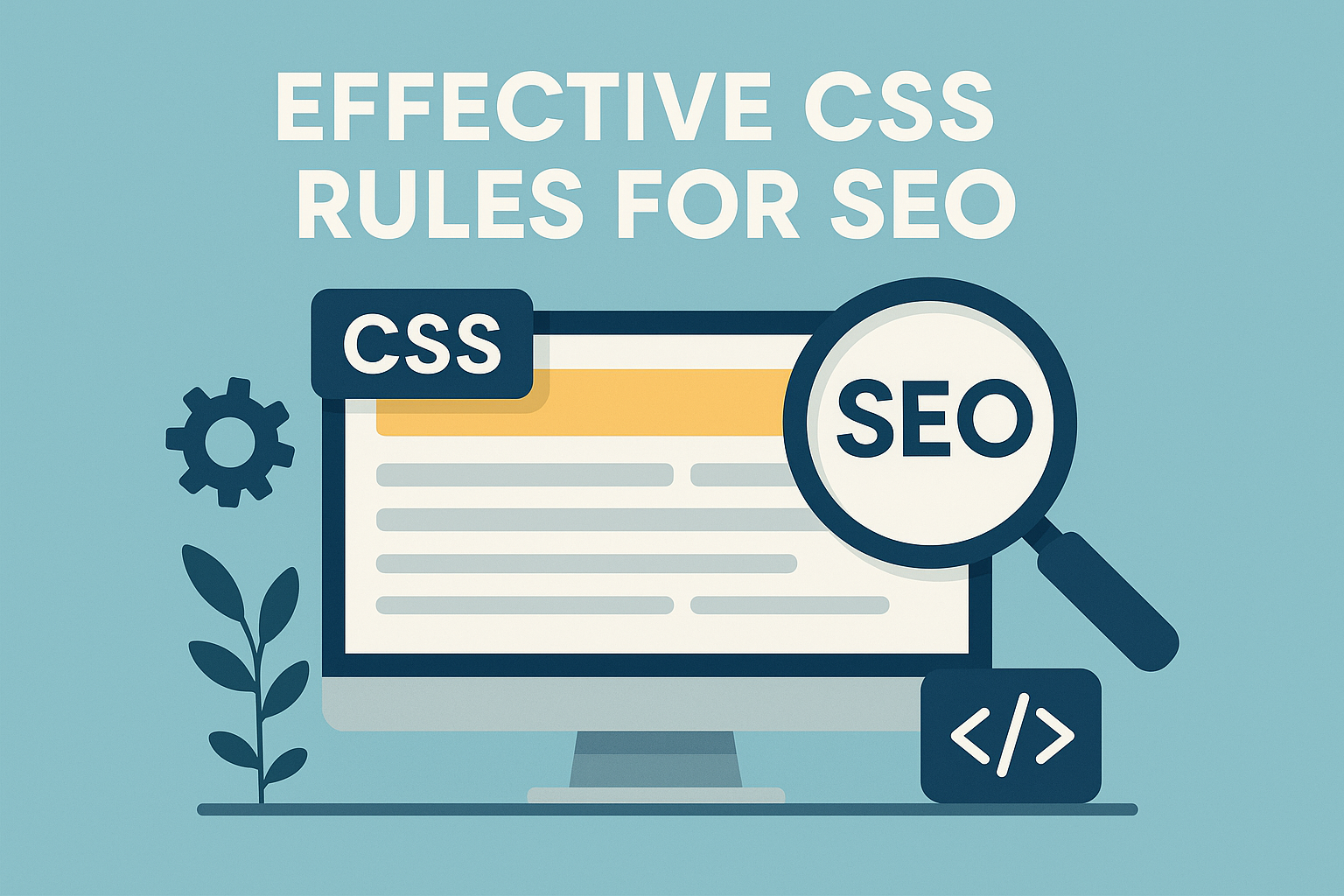

![What To Do After Keyword Research [2025 Guide]](https://backlinkmanagement.io/wp-content/uploads/2025/05/What-To-Do-After-Keyword-Research.png)
![Is Page Speed Really A Ranking Factor? [2025]](https://backlinkmanagement.io/wp-content/uploads/2025/05/Is-Page-Speed-Really-A-Ranking-Factor.png)
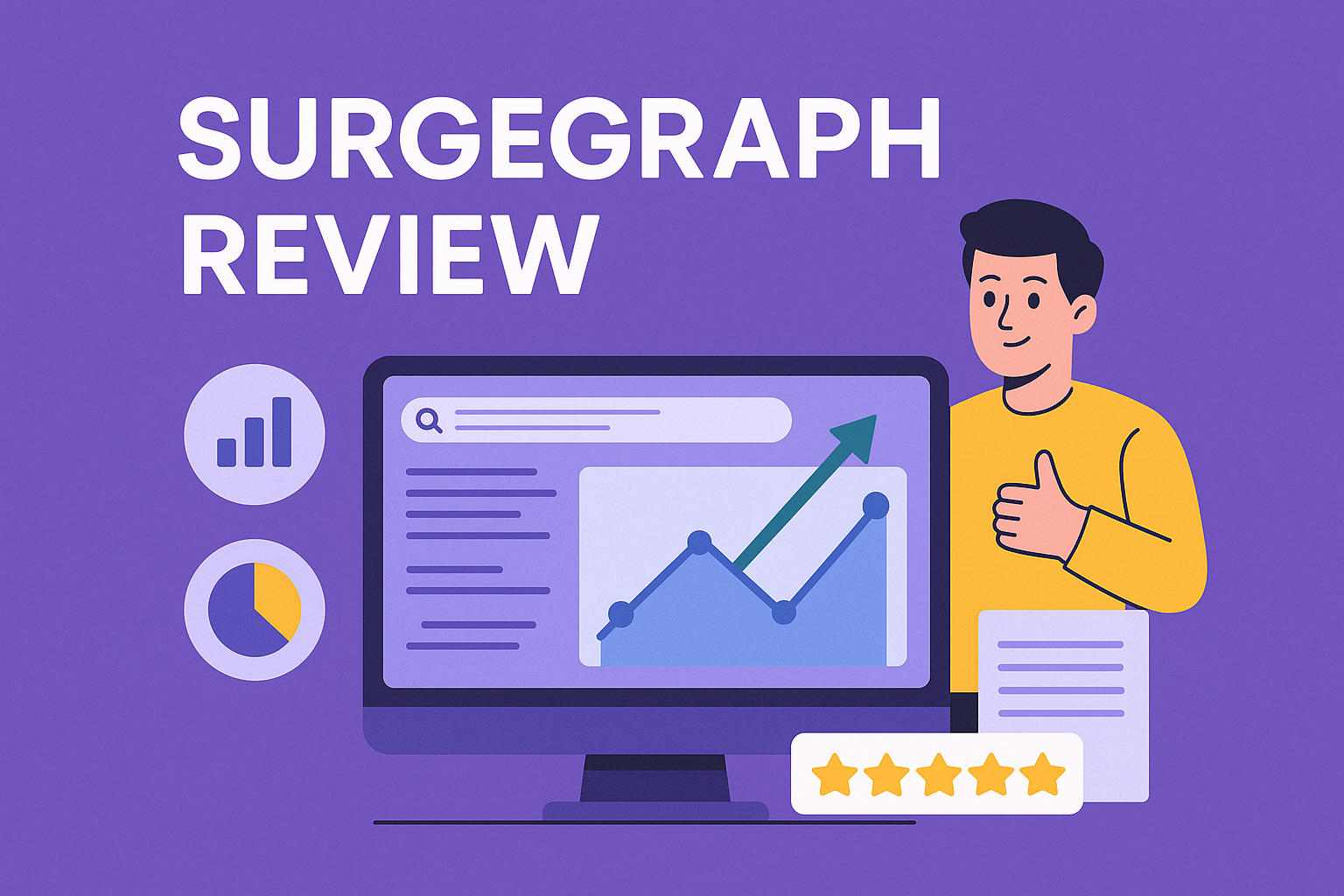
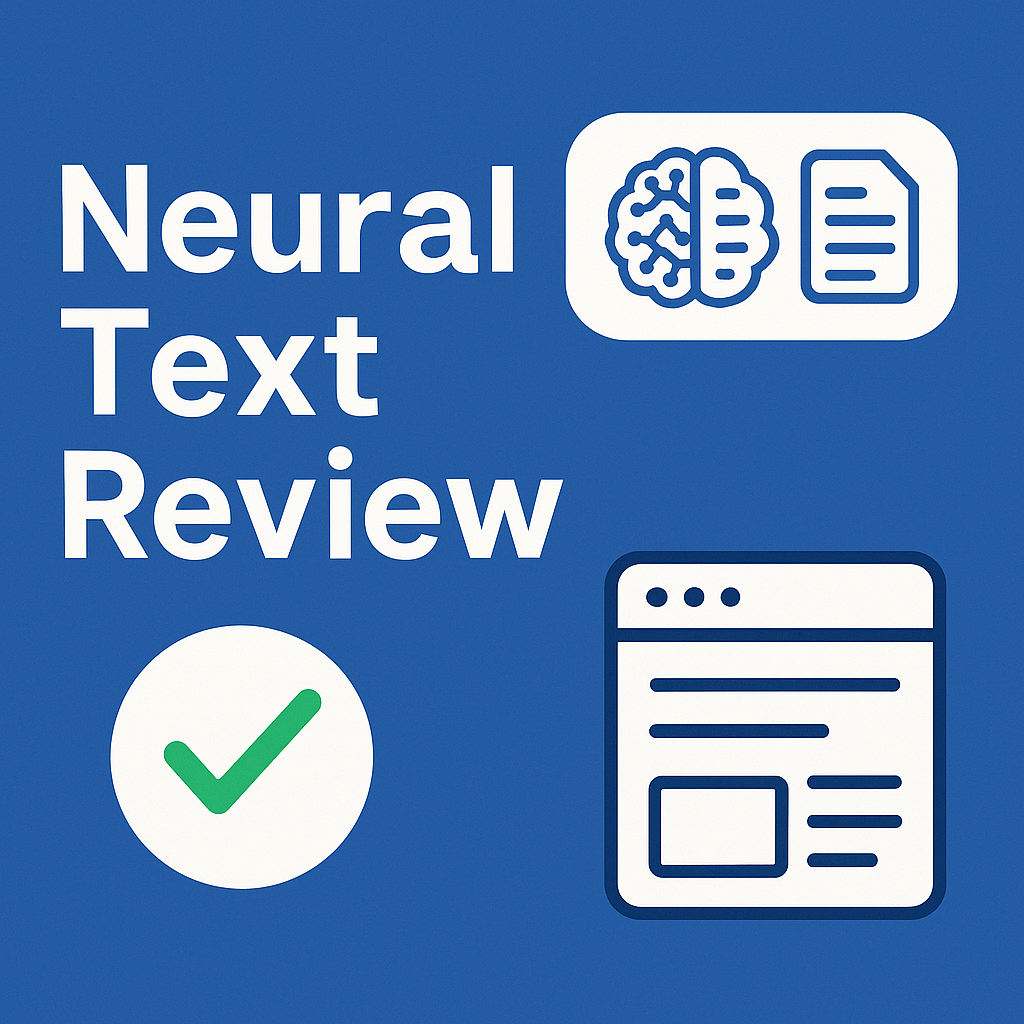

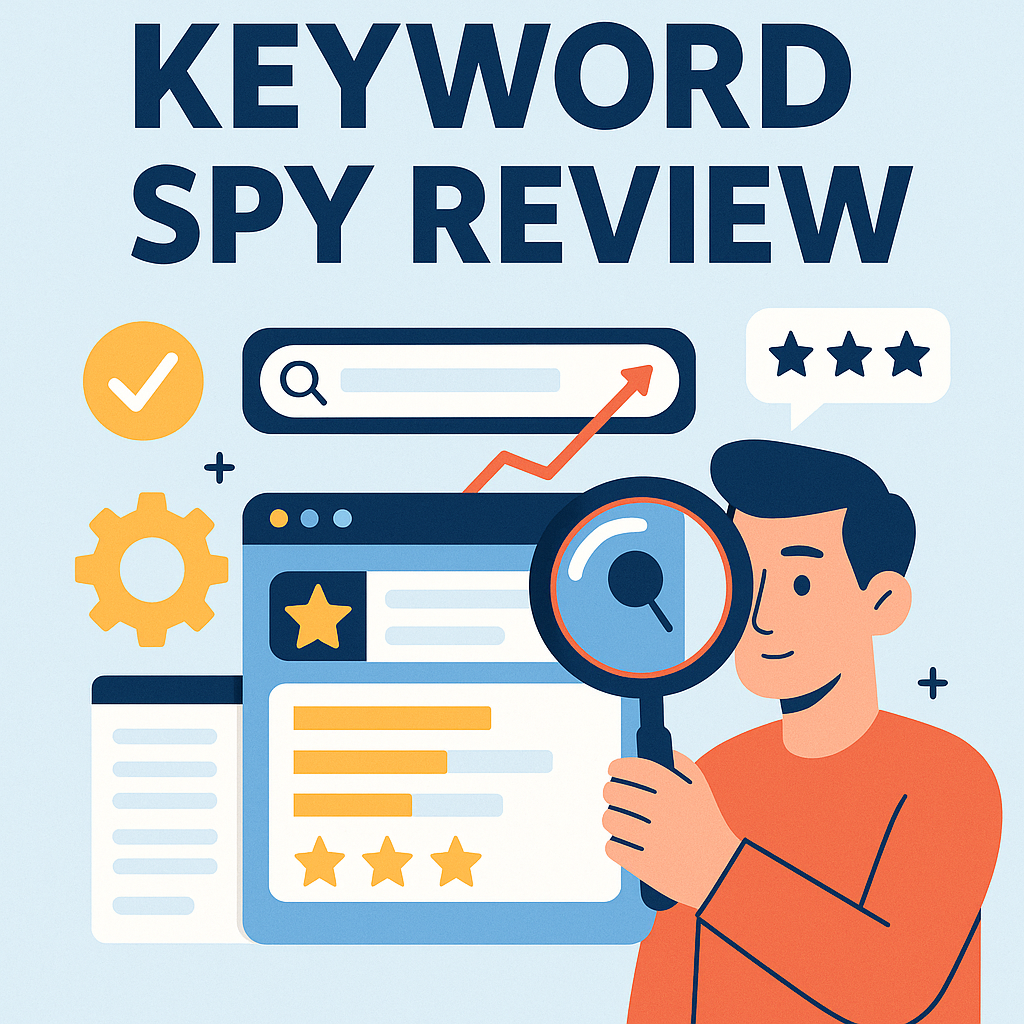


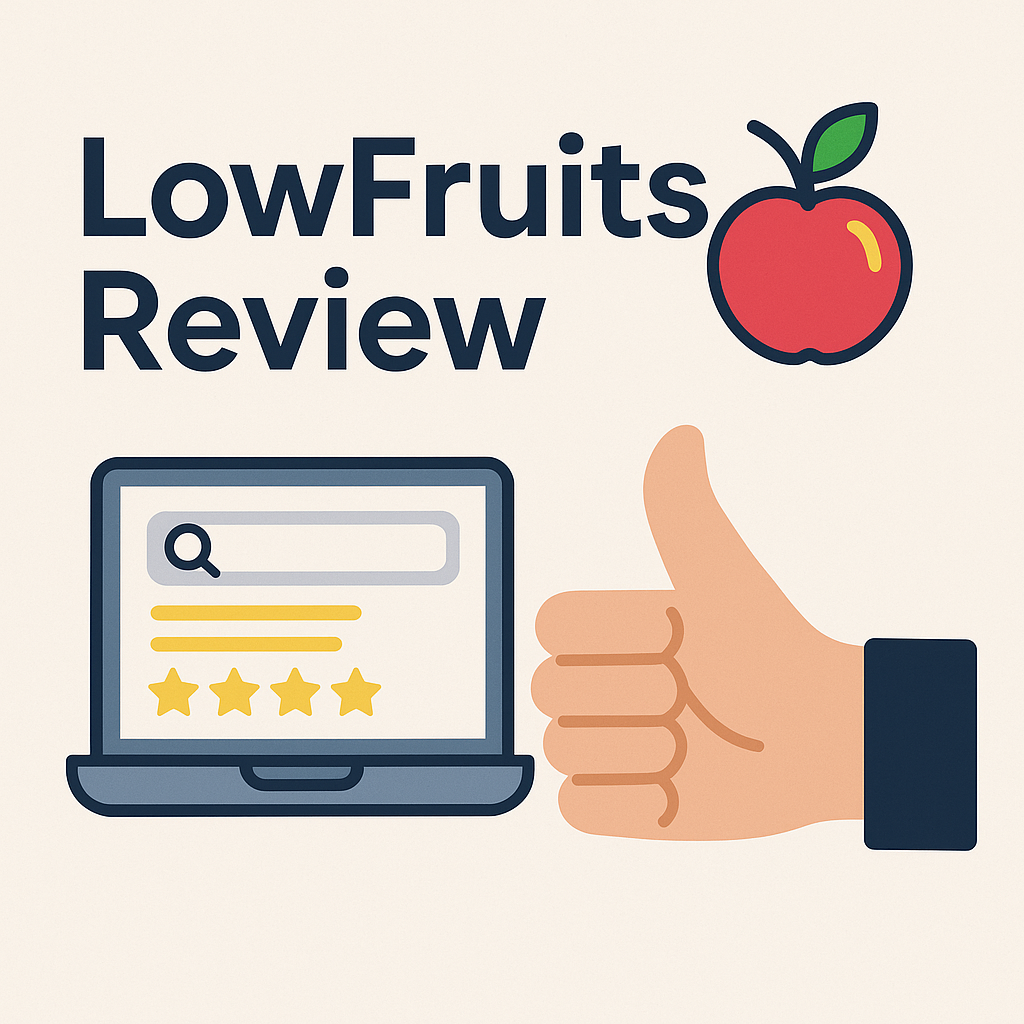
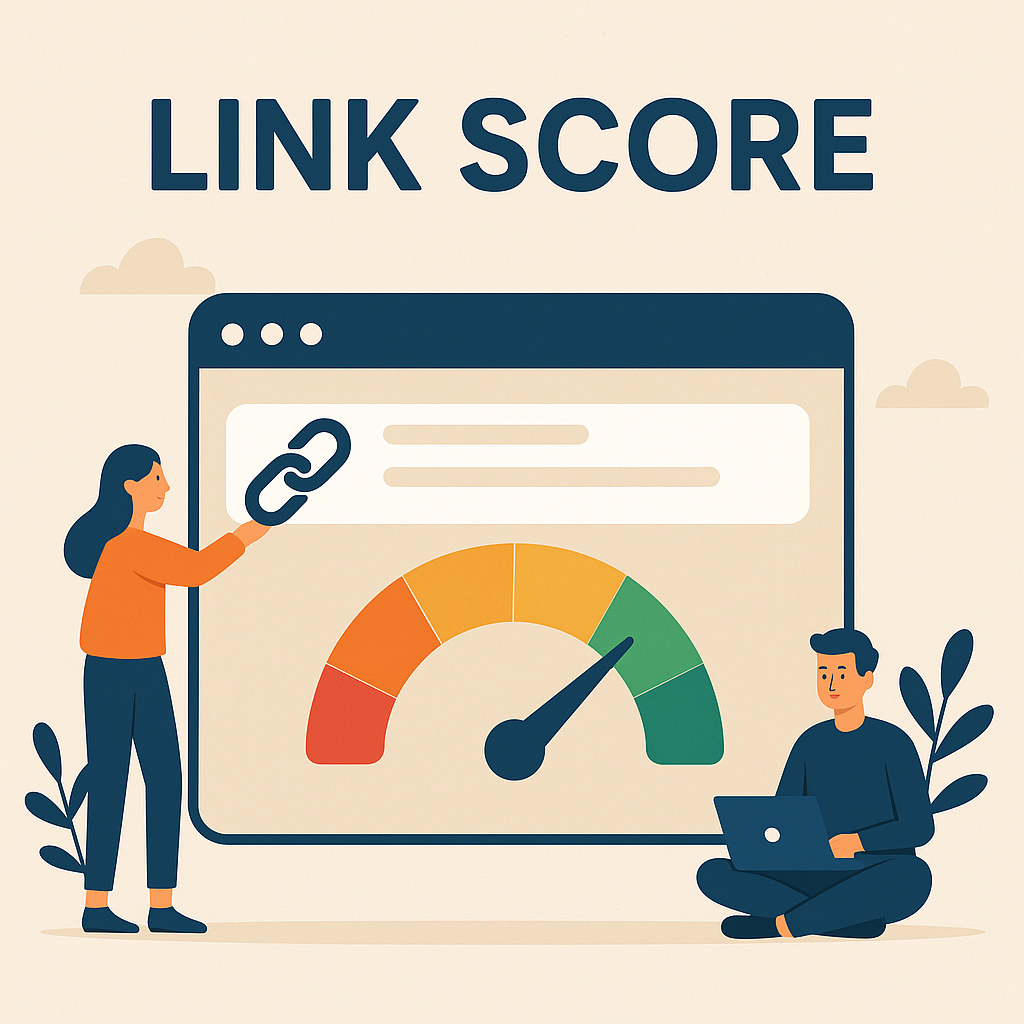
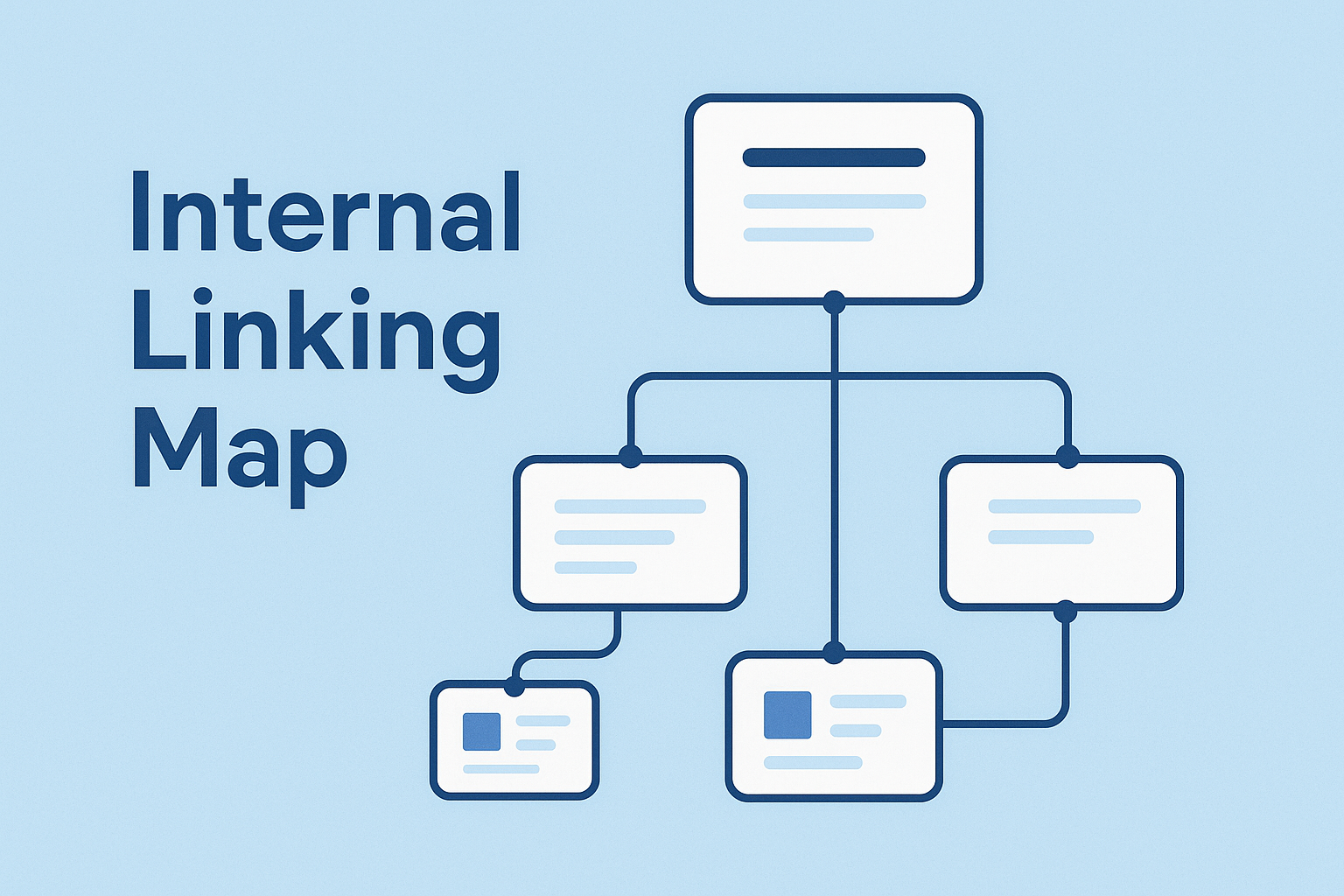

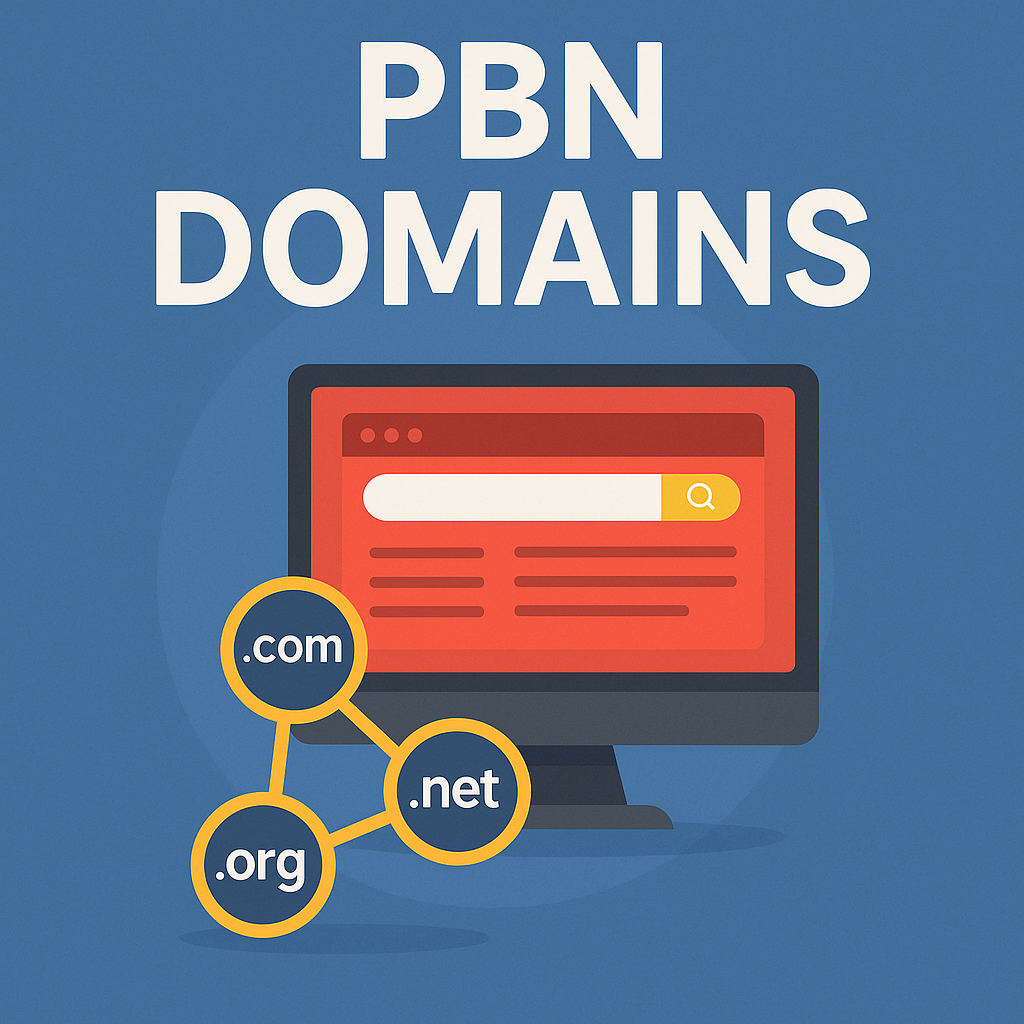
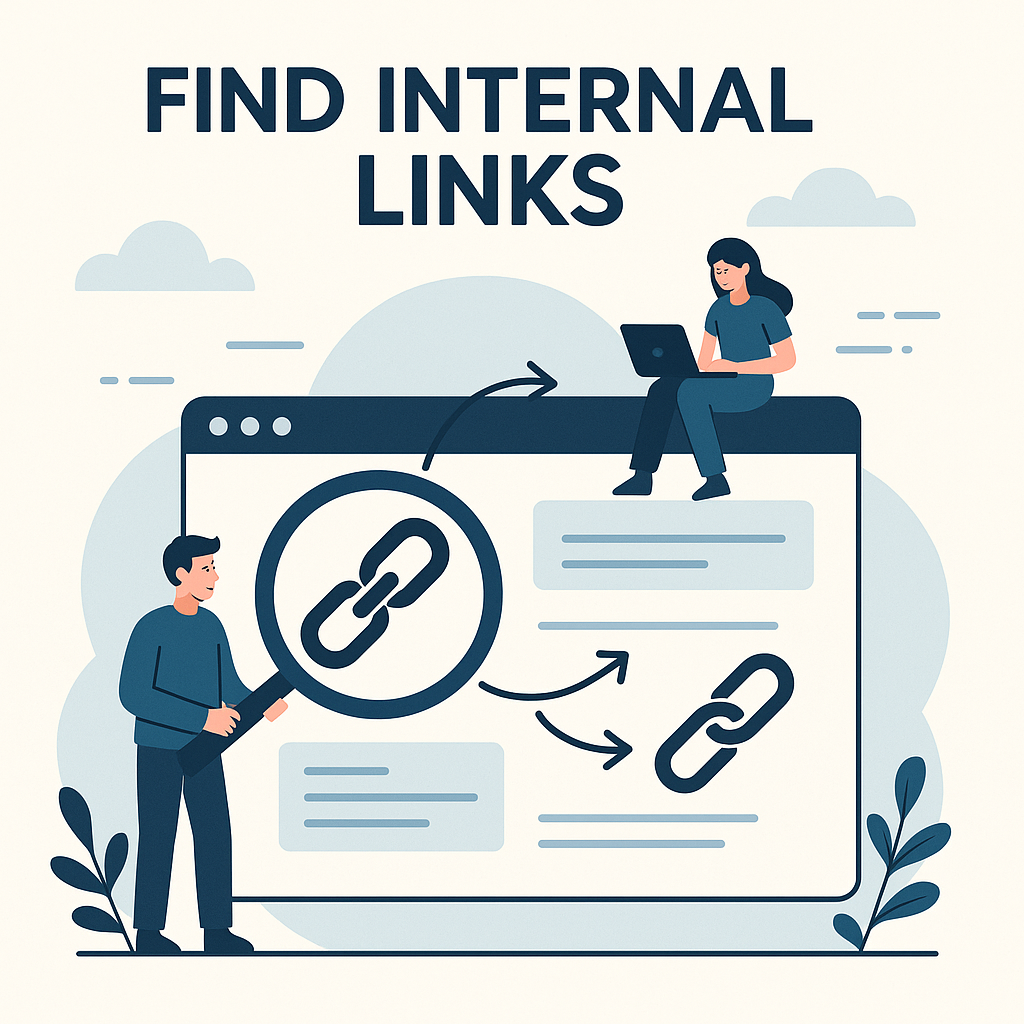
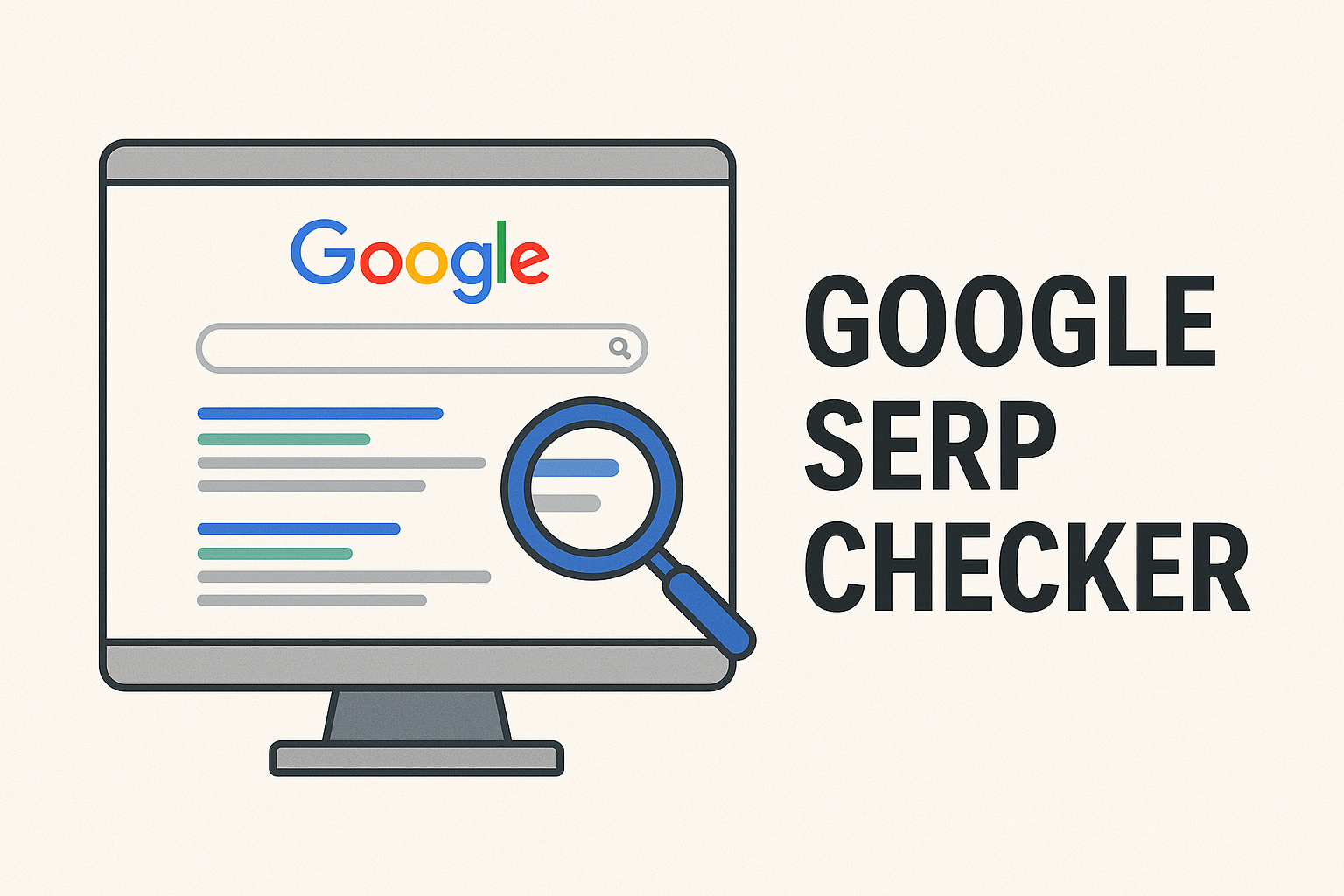
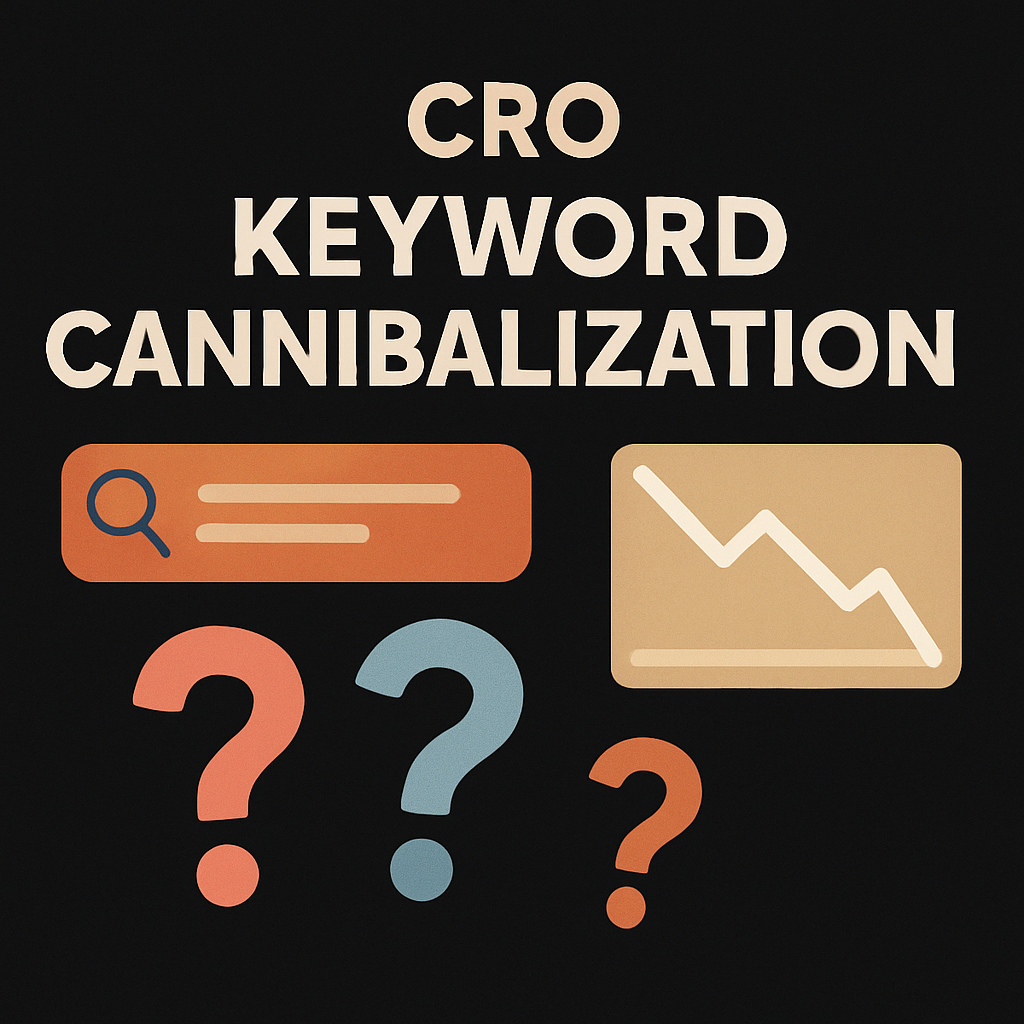


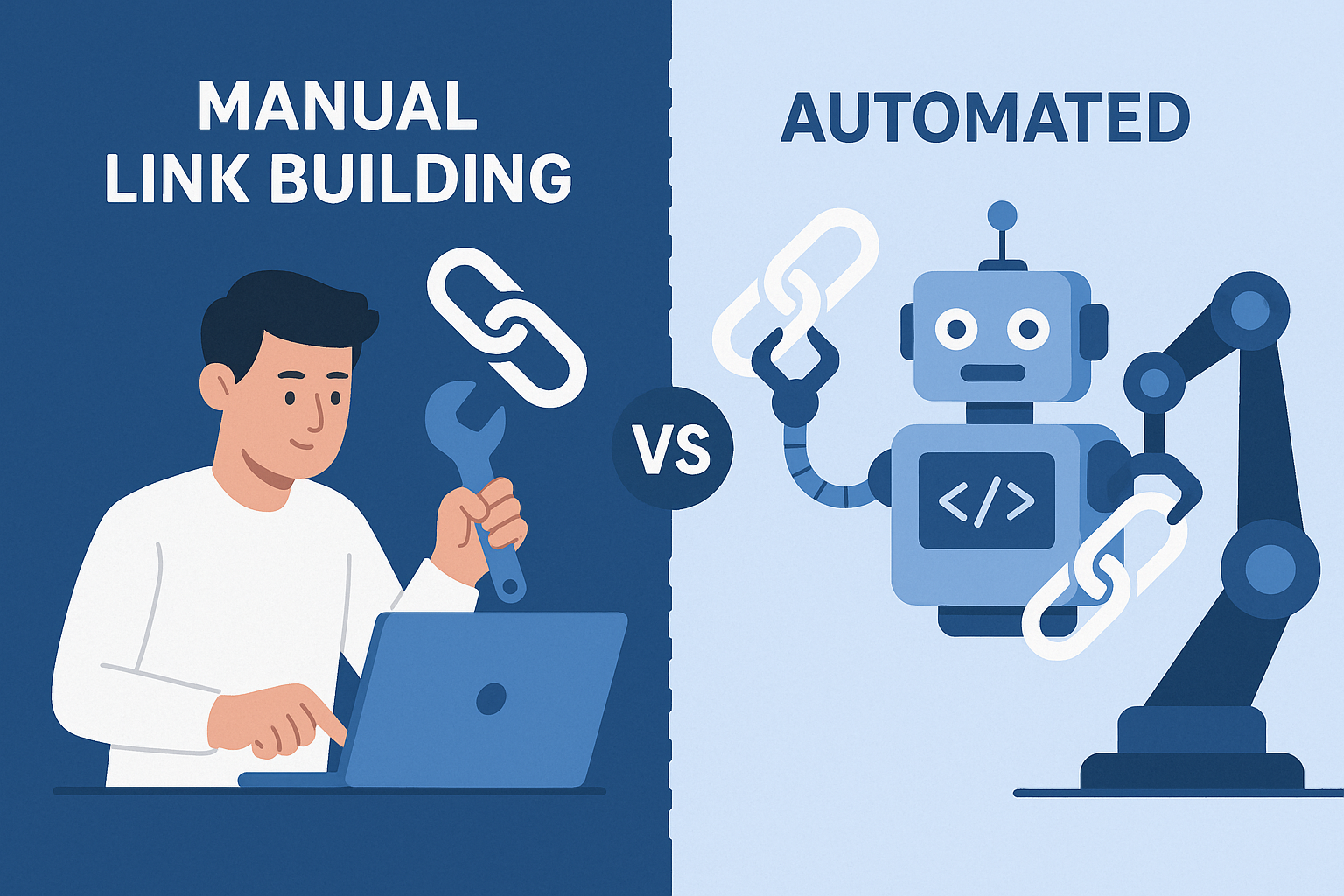

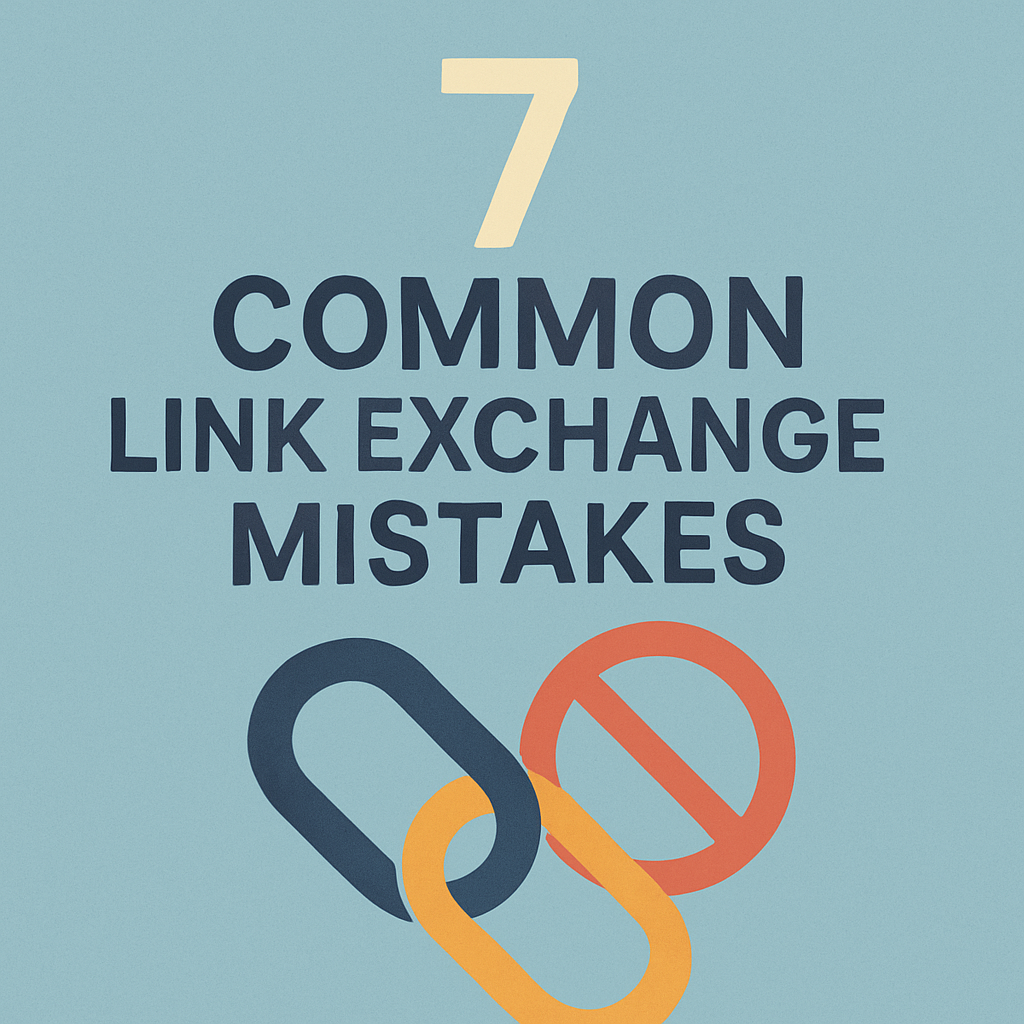
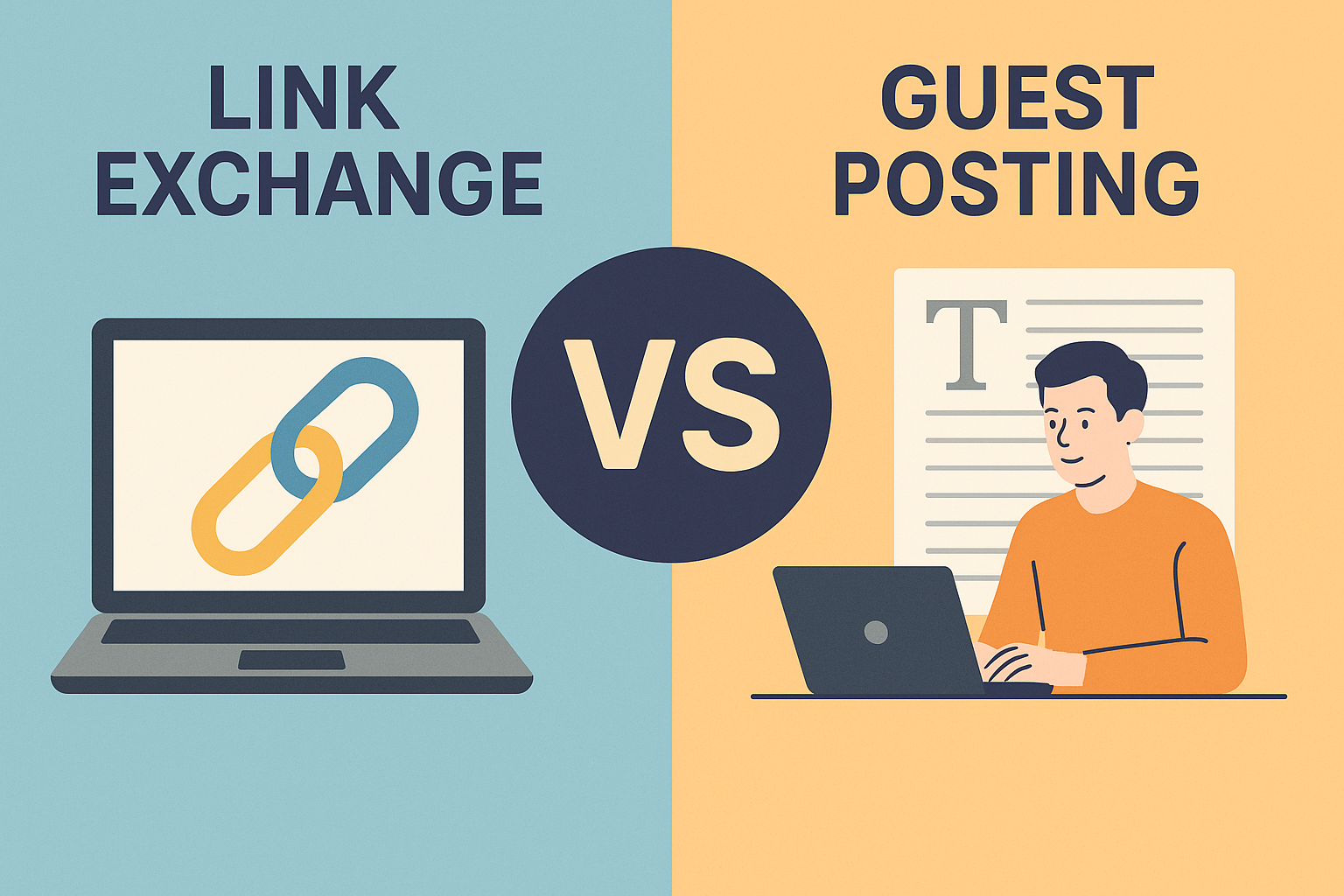
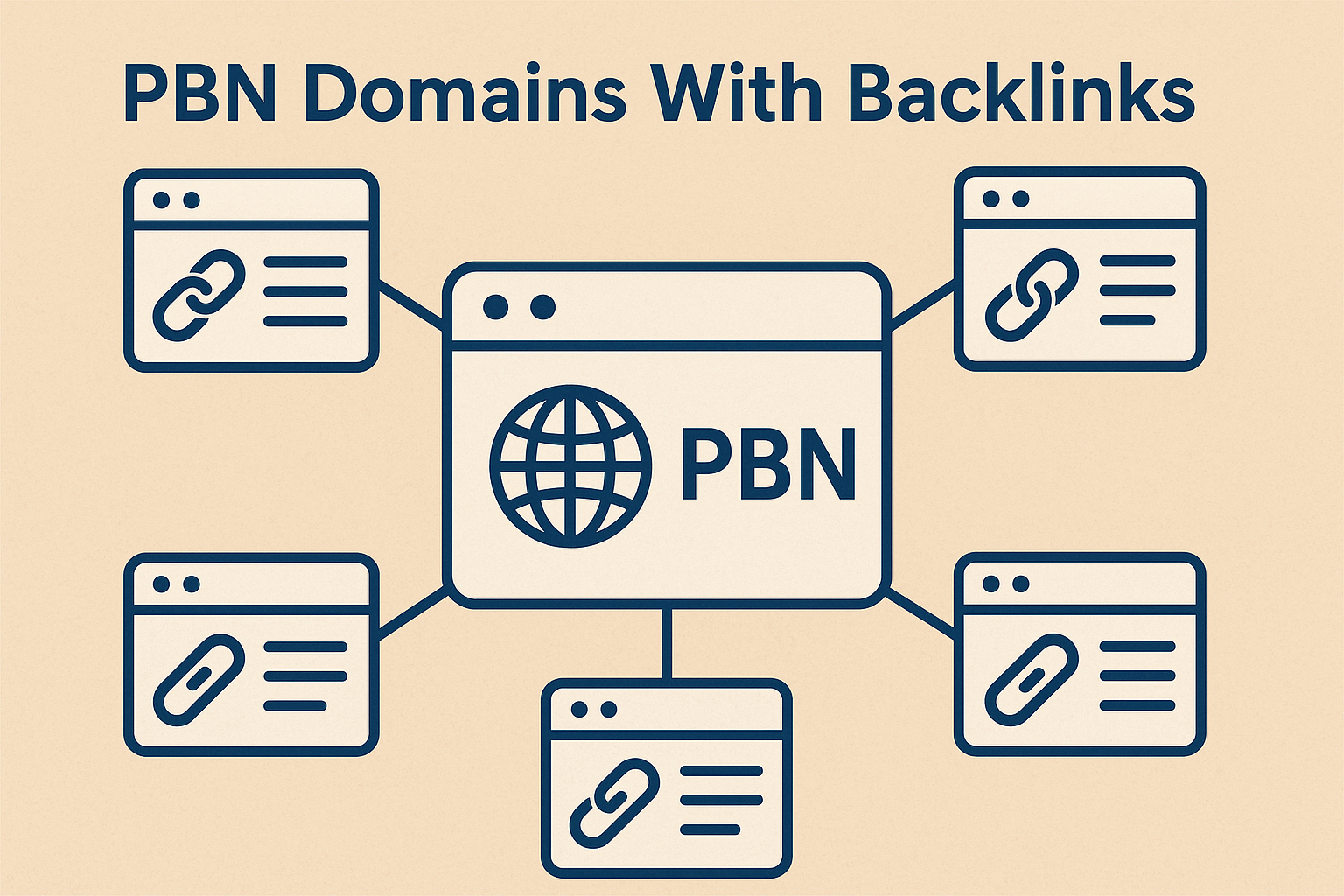
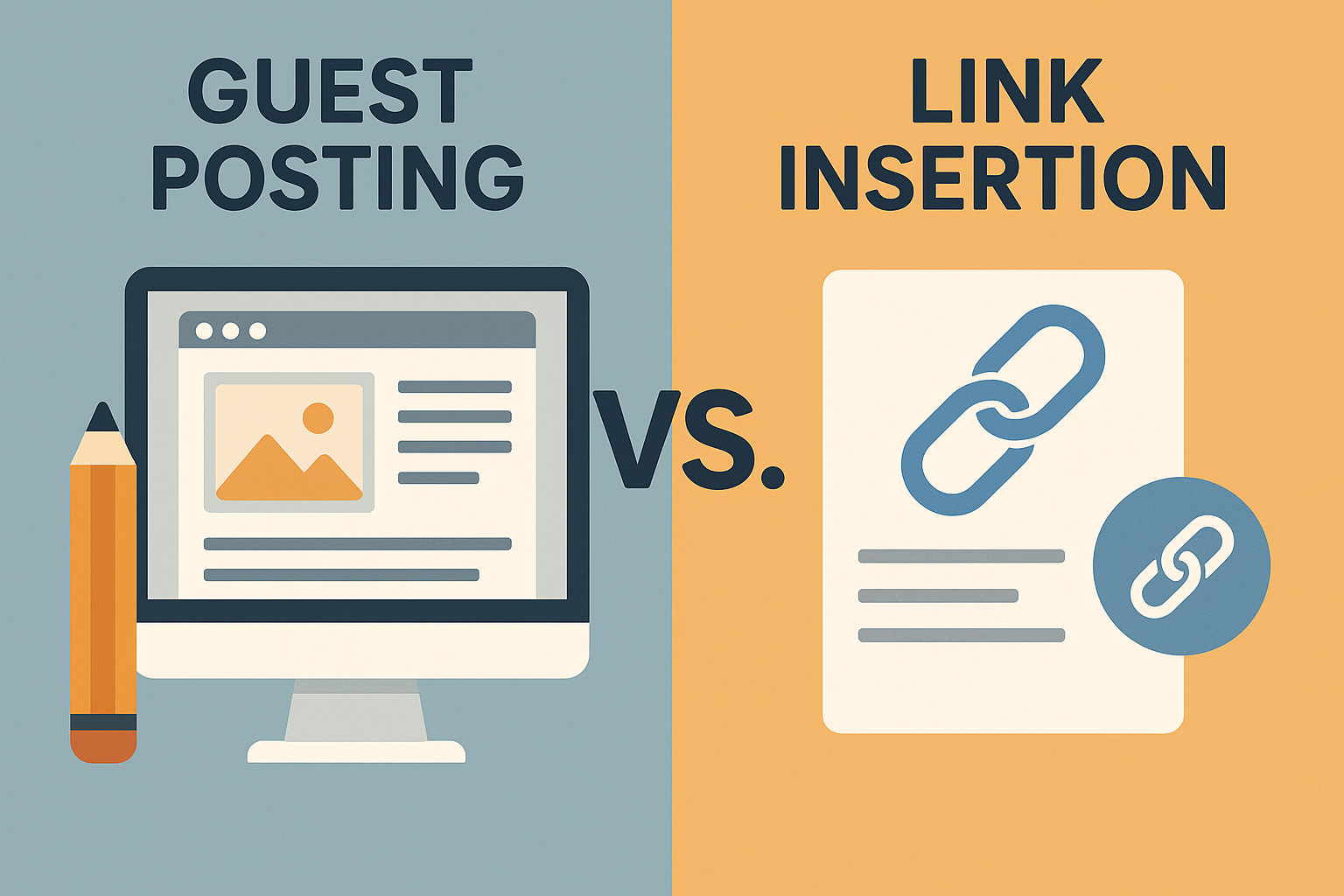
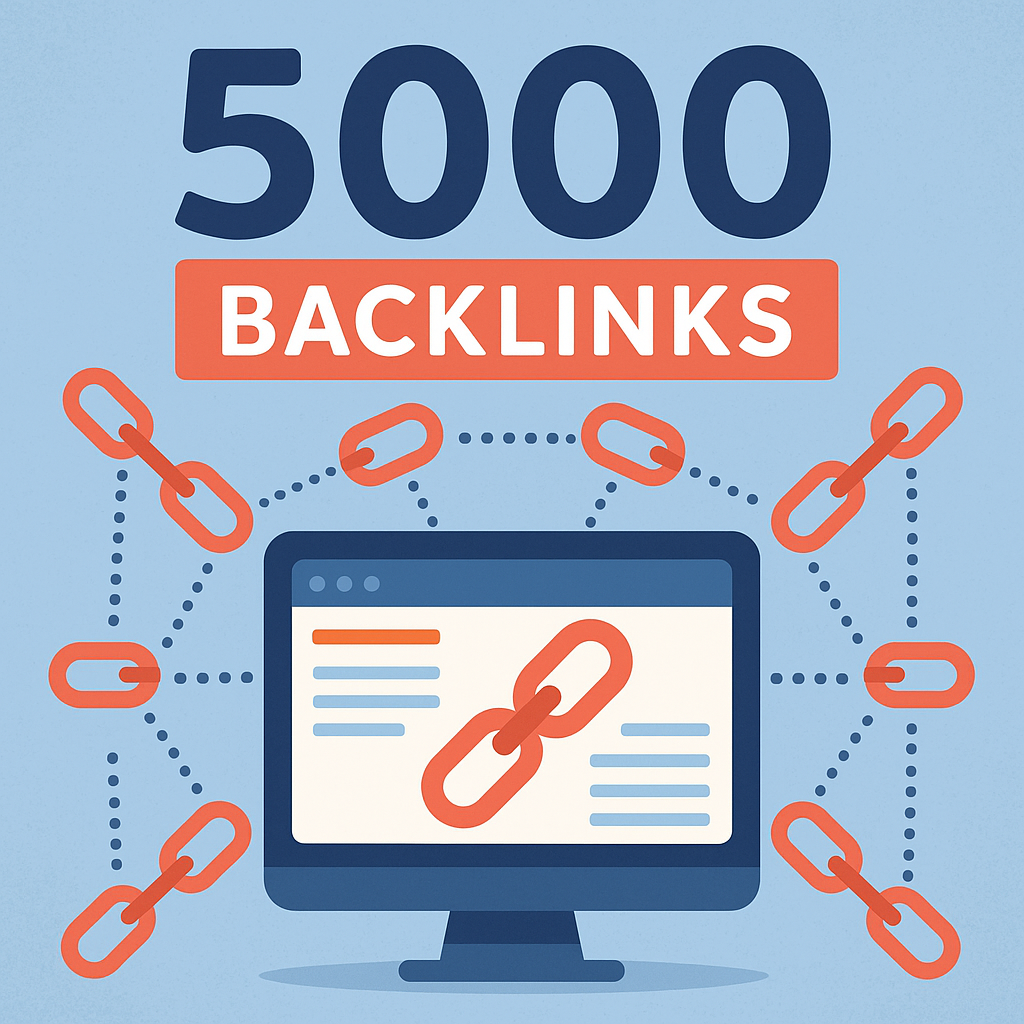
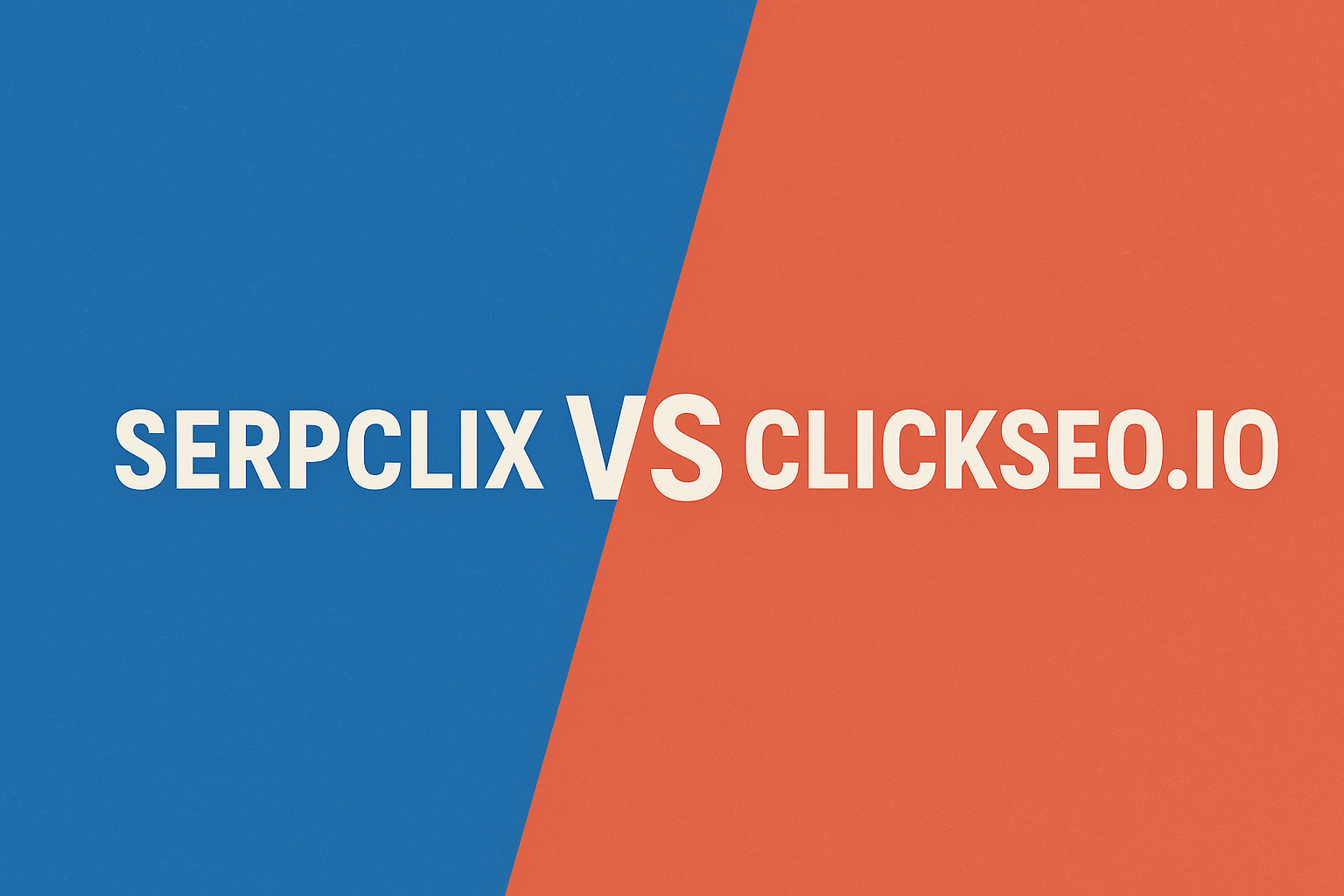
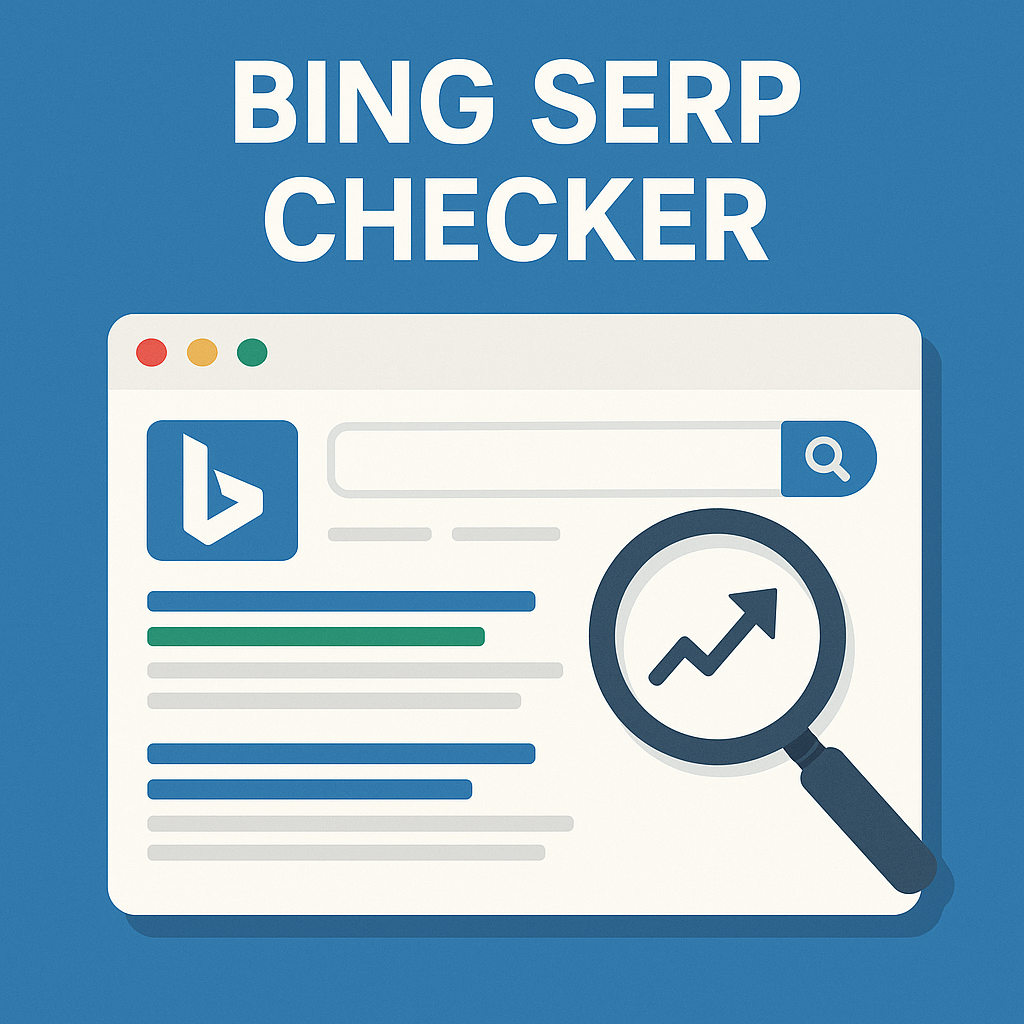
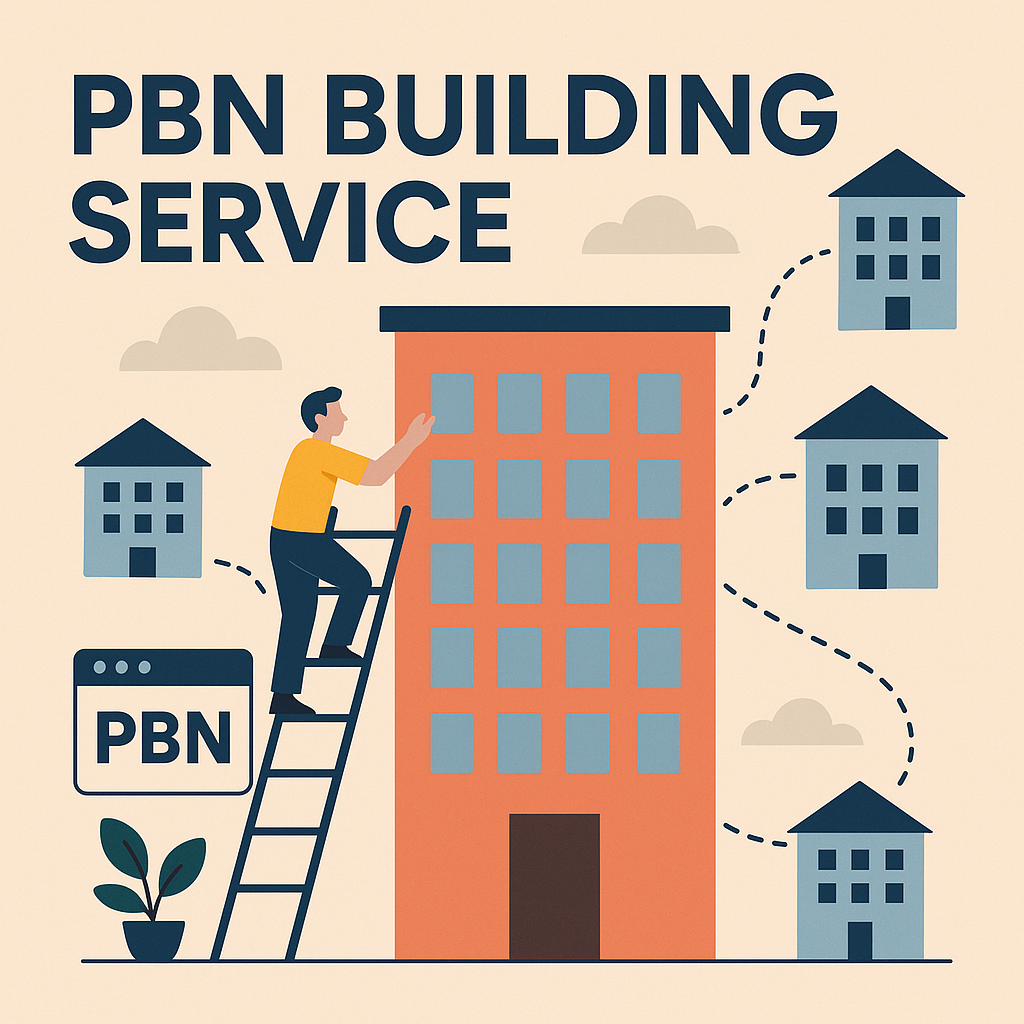
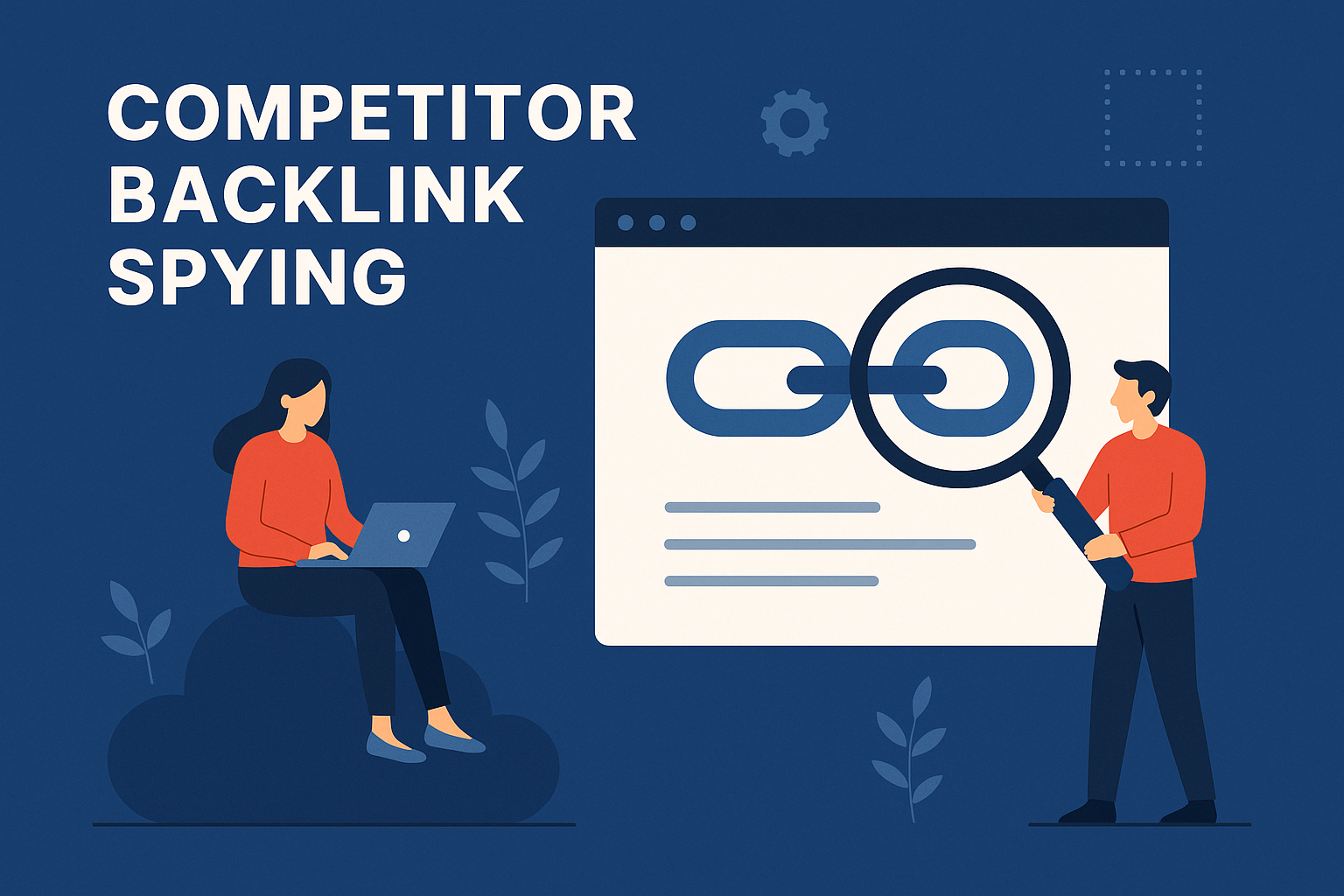
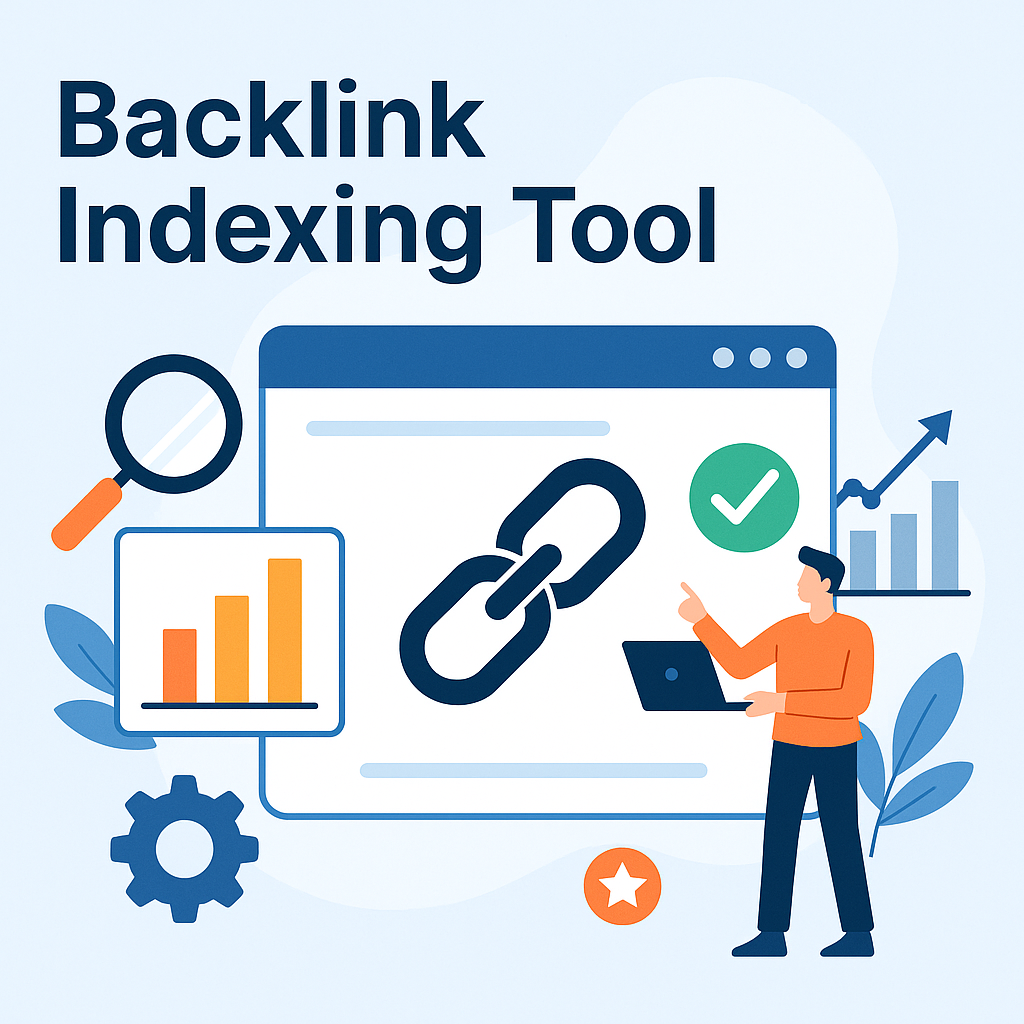

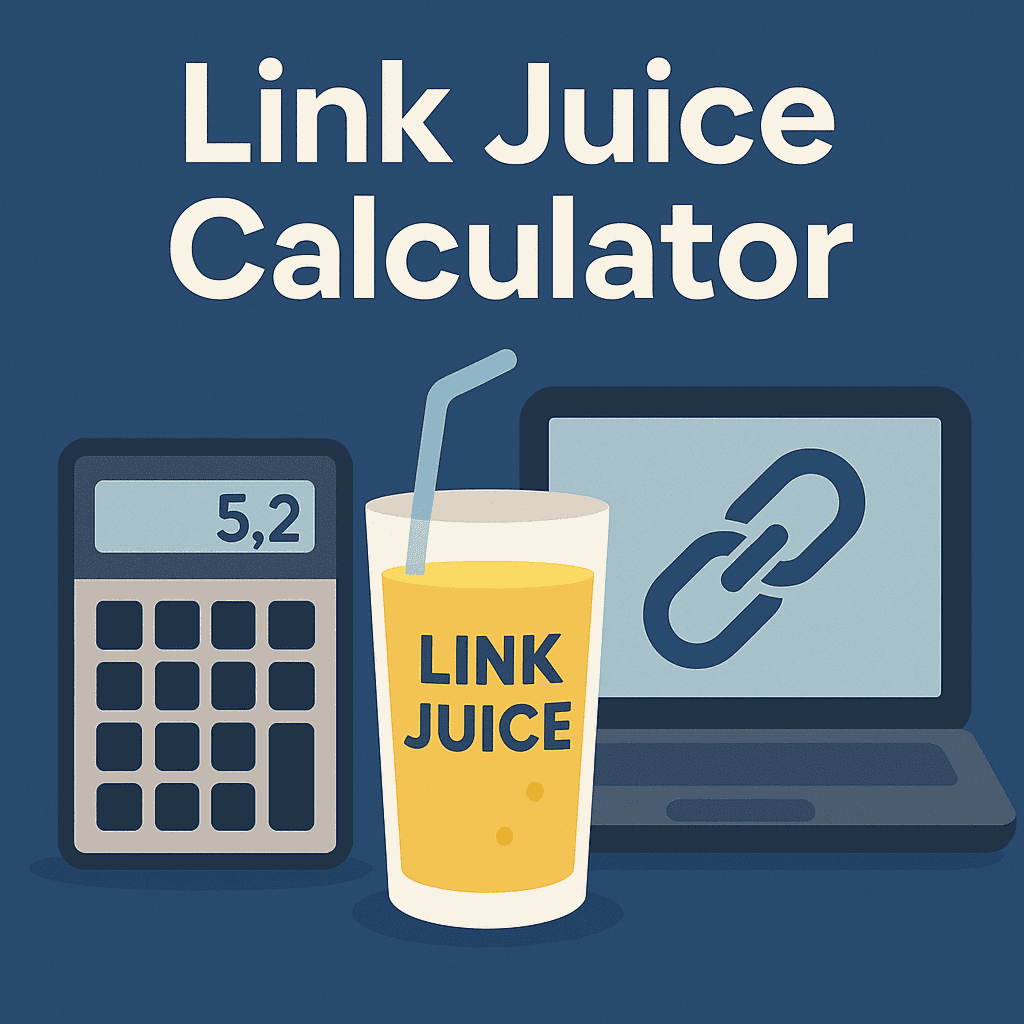


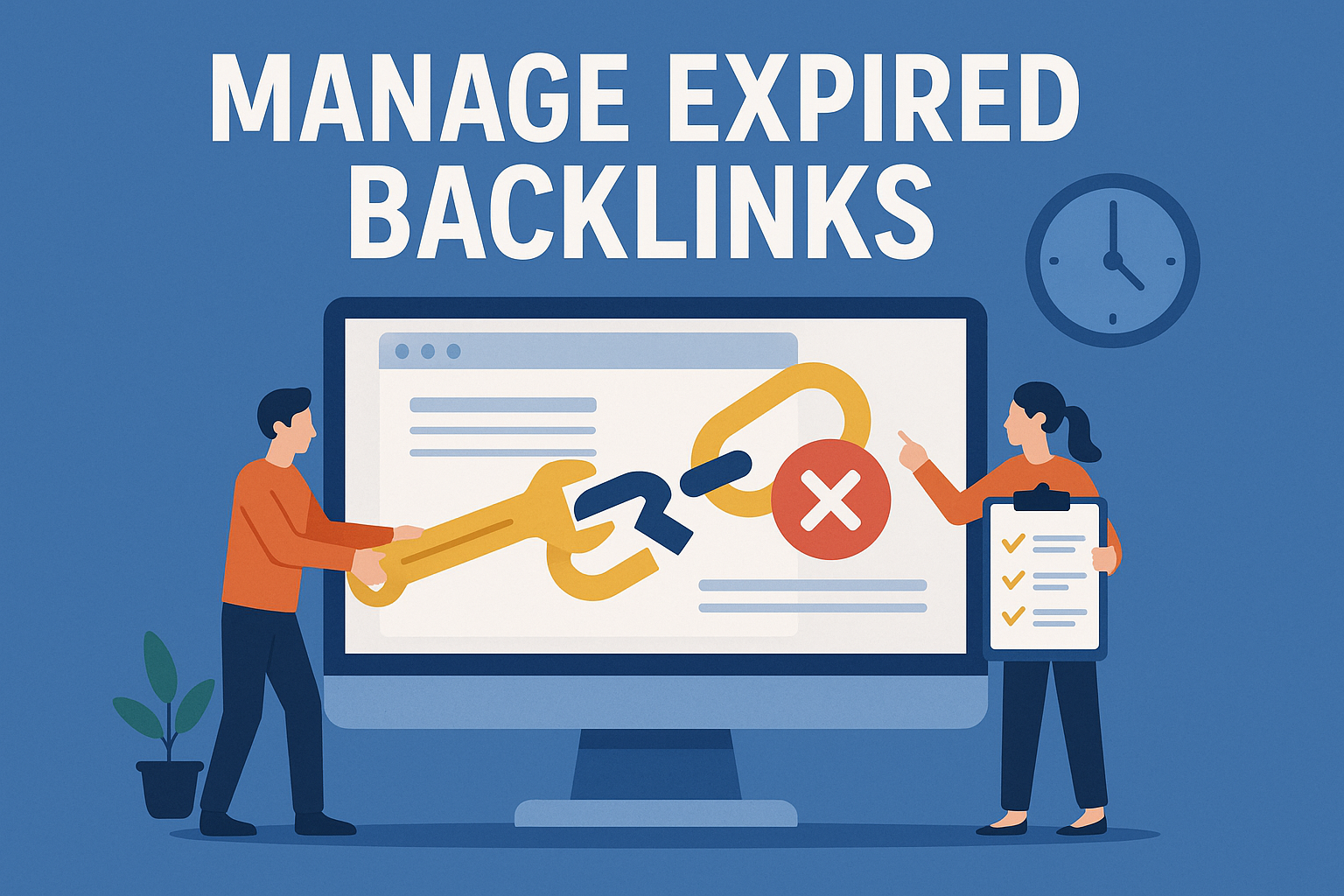
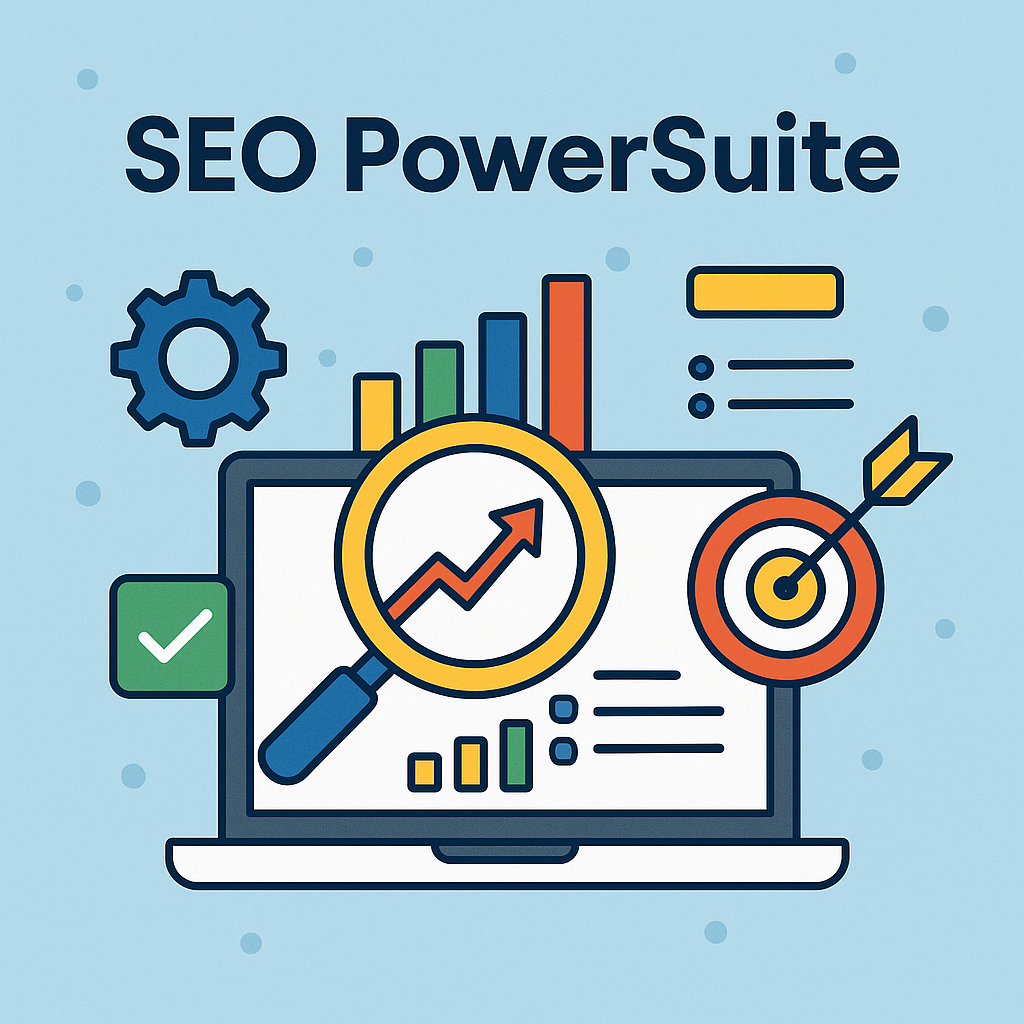
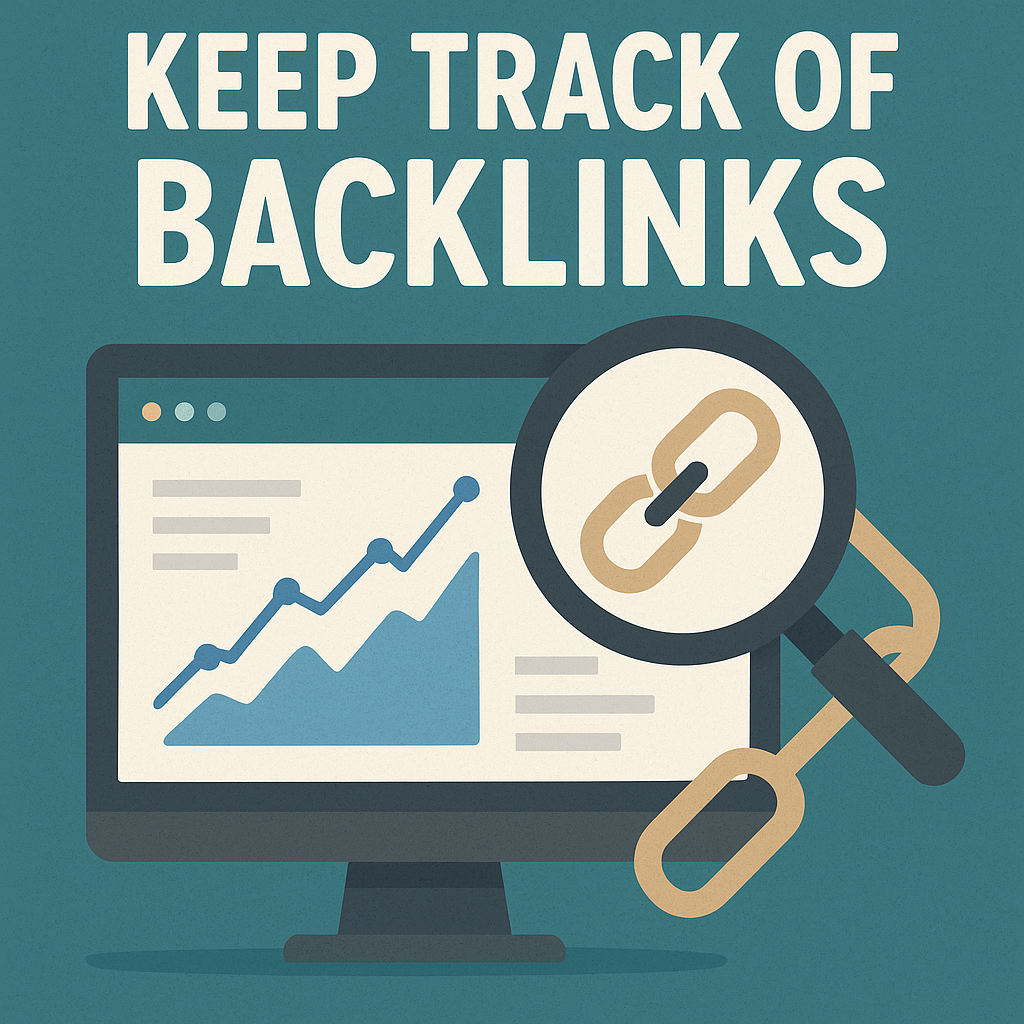
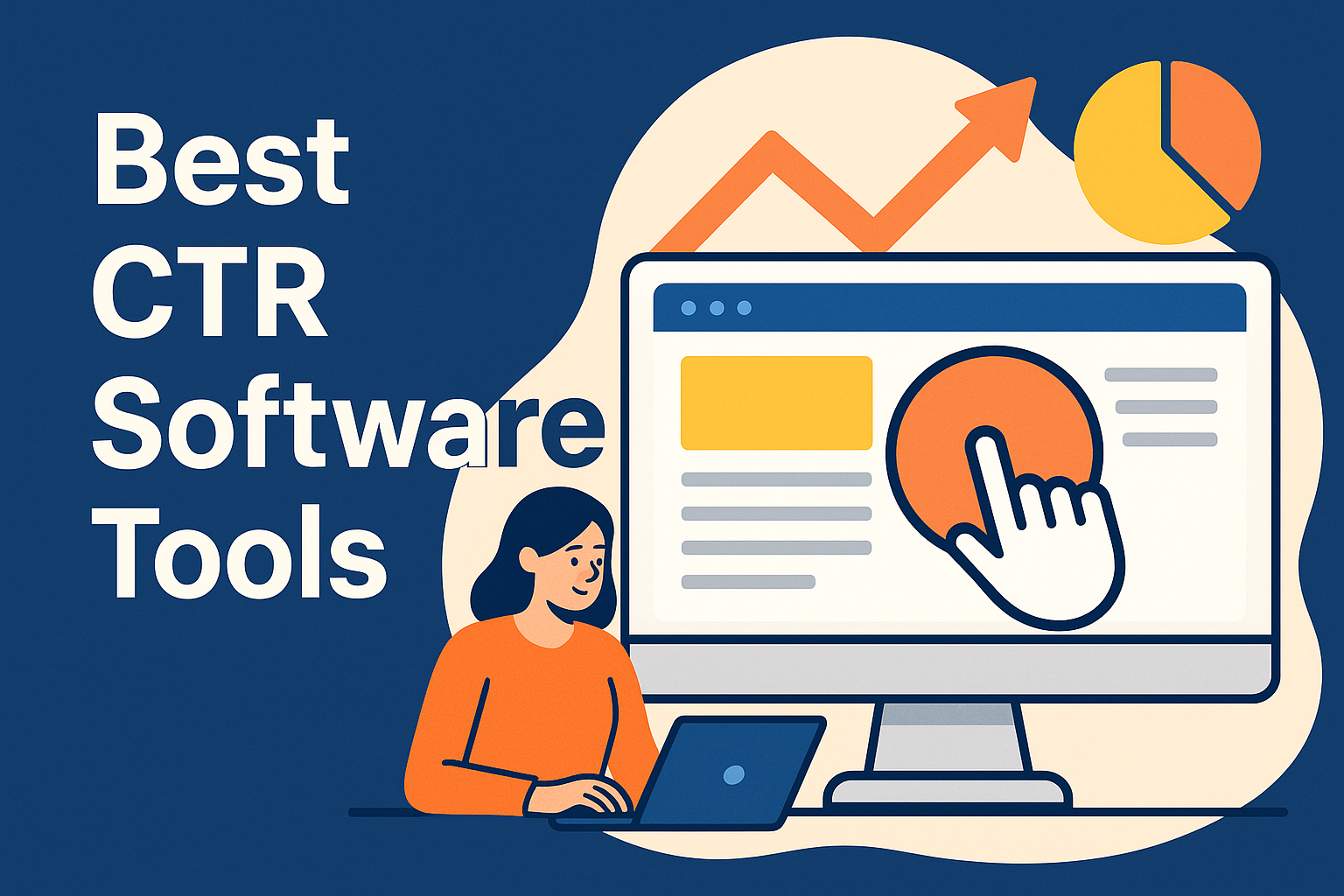
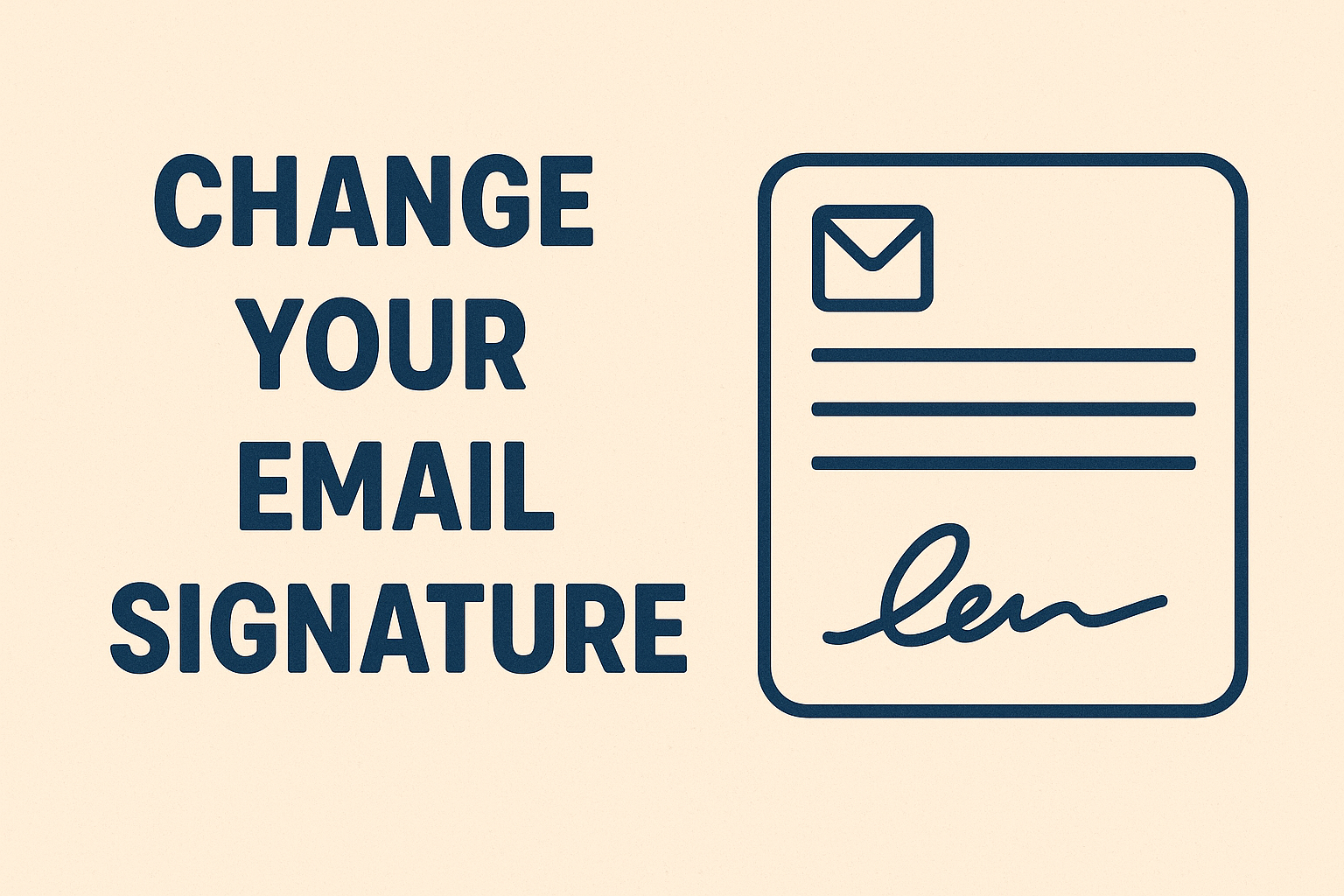
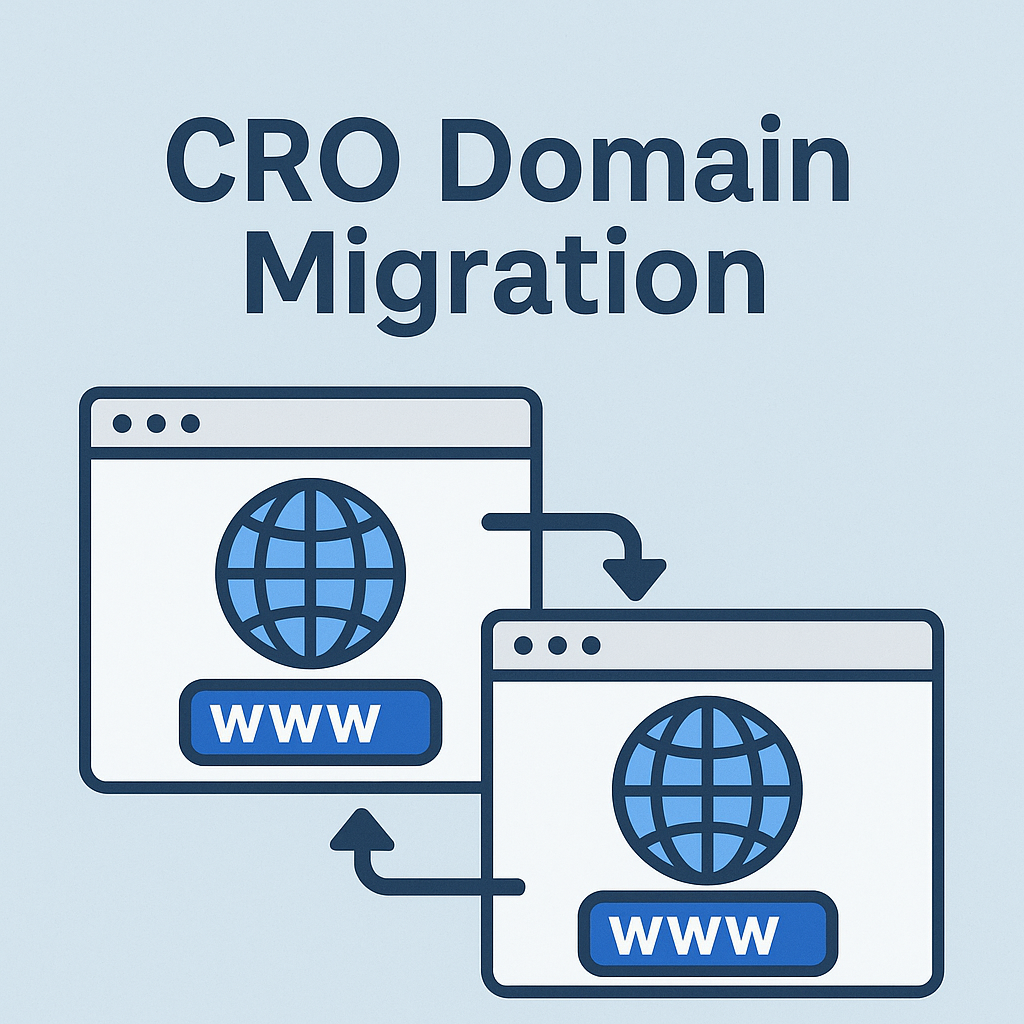
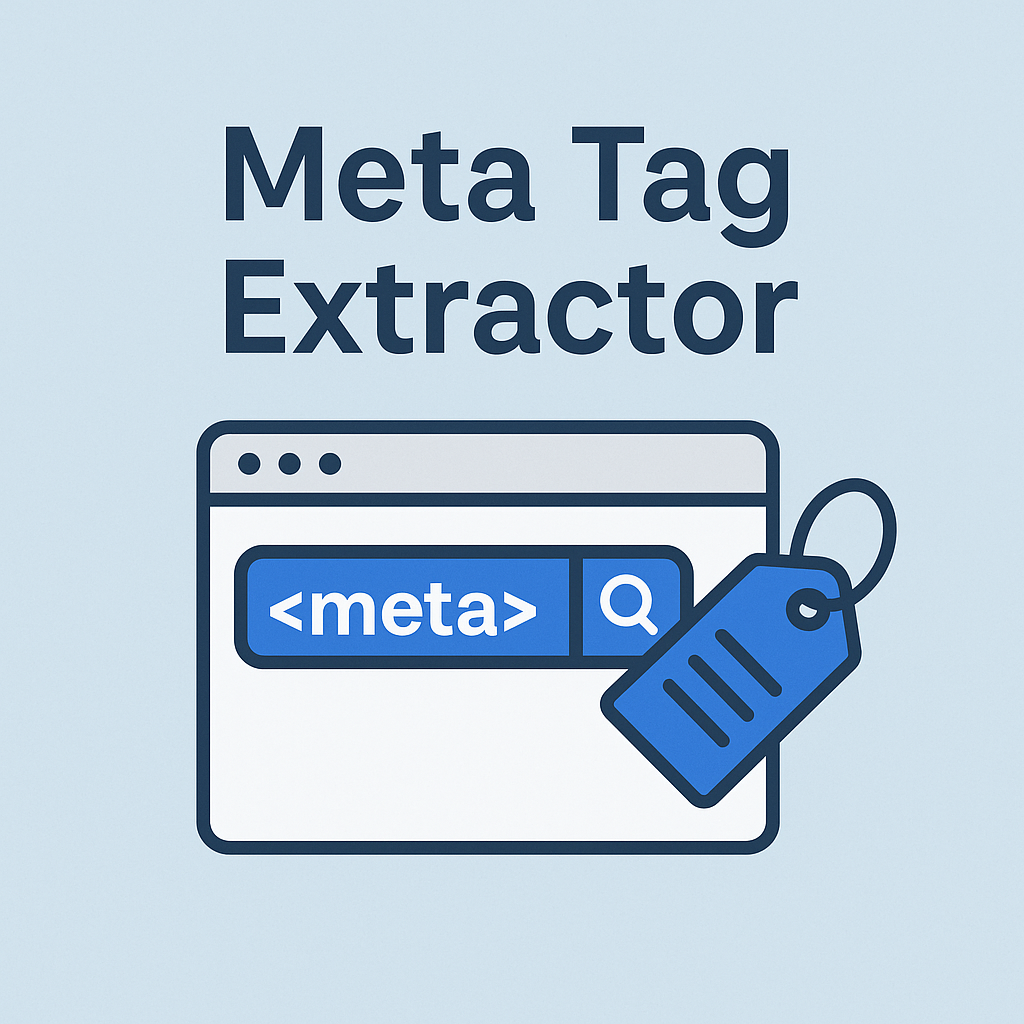
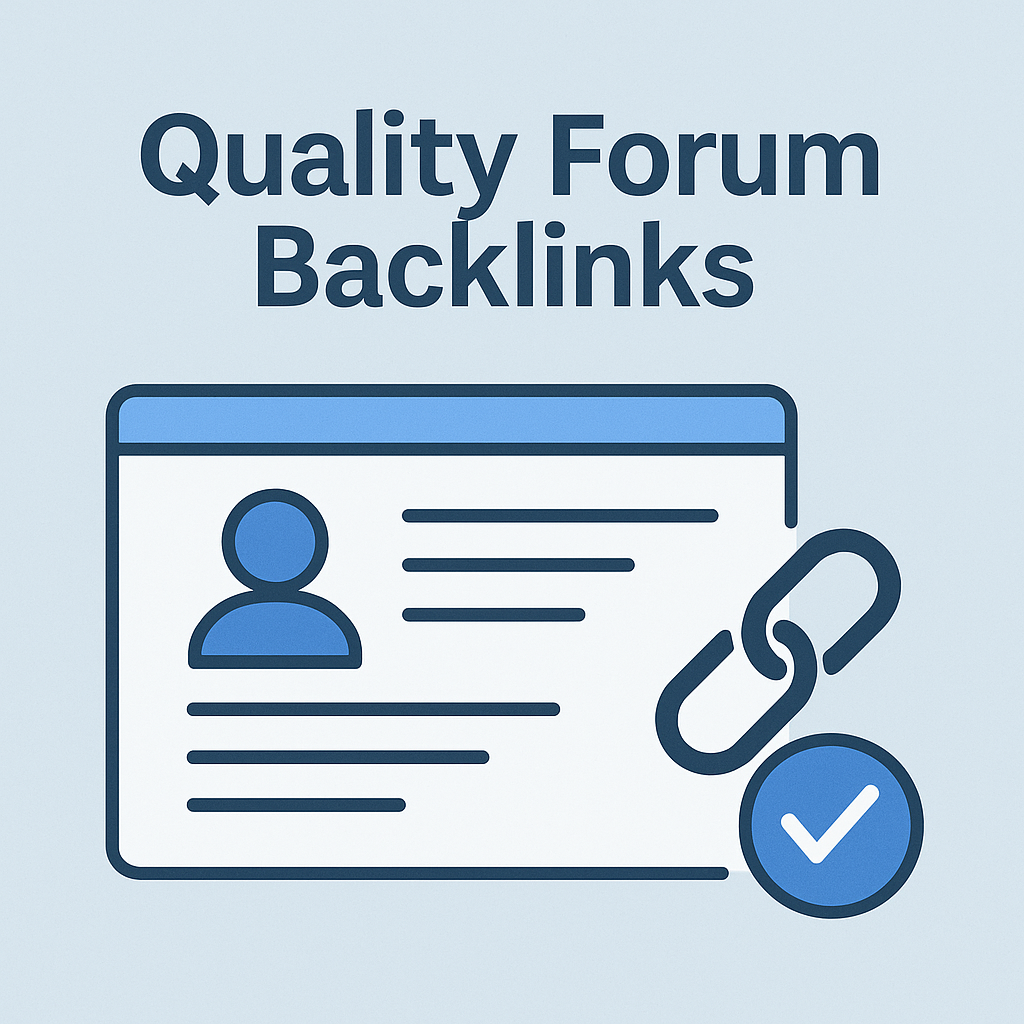
![Best Link Exchange Sites [Free & Safe] – Top 5 Picks](https://backlinkmanagement.io/wp-content/uploads/2025/04/Free-Link-Exchange.png)
